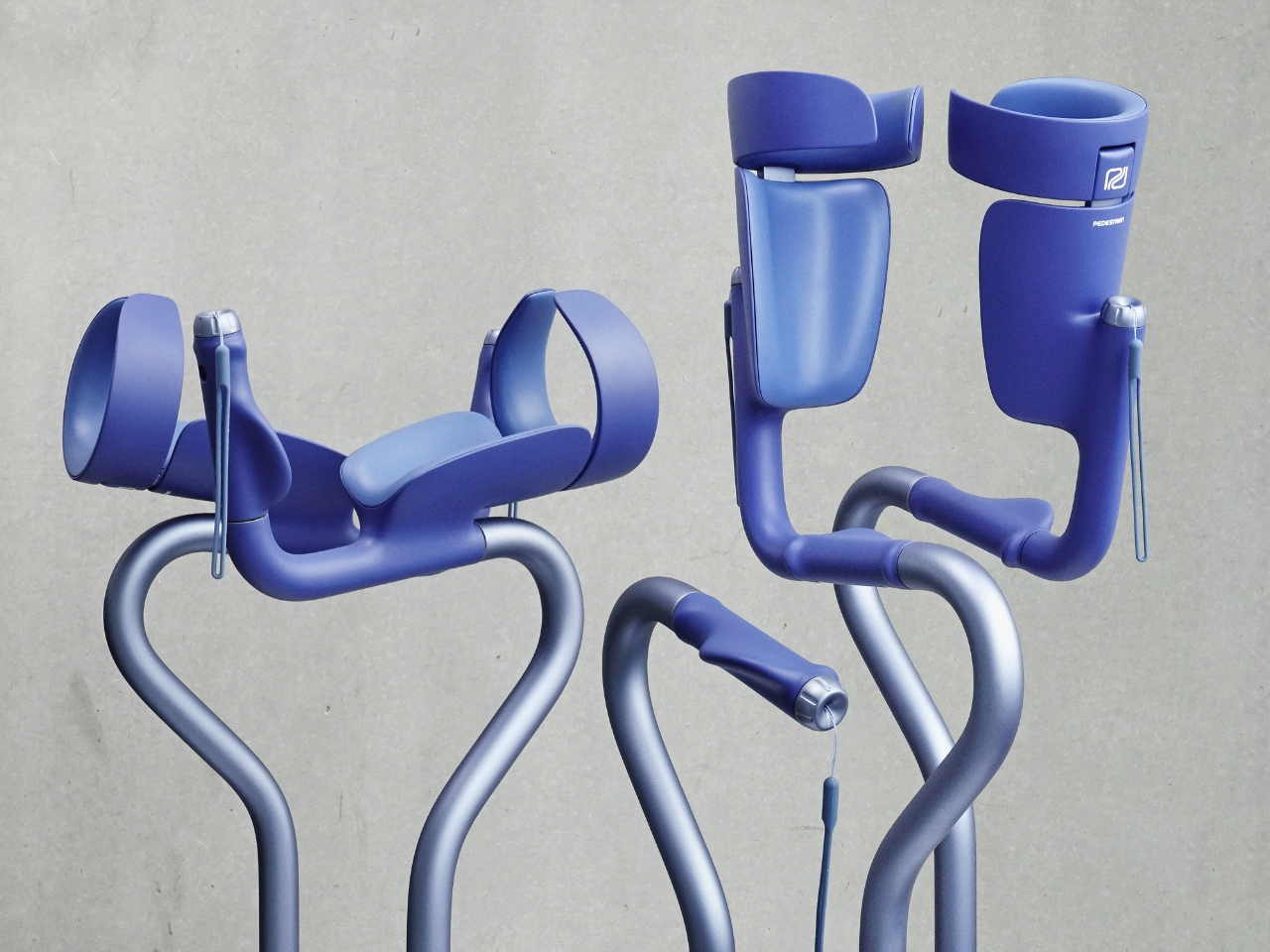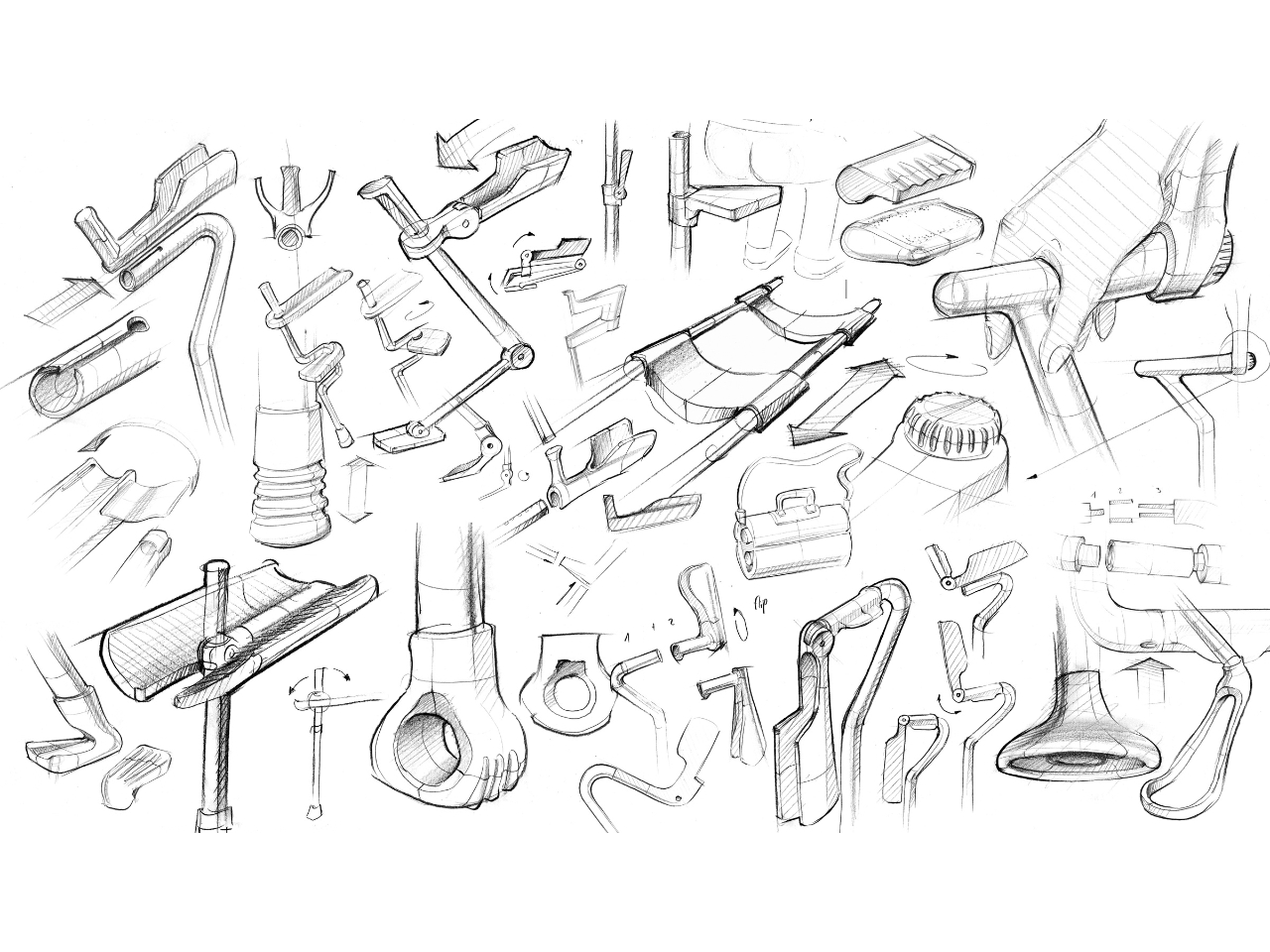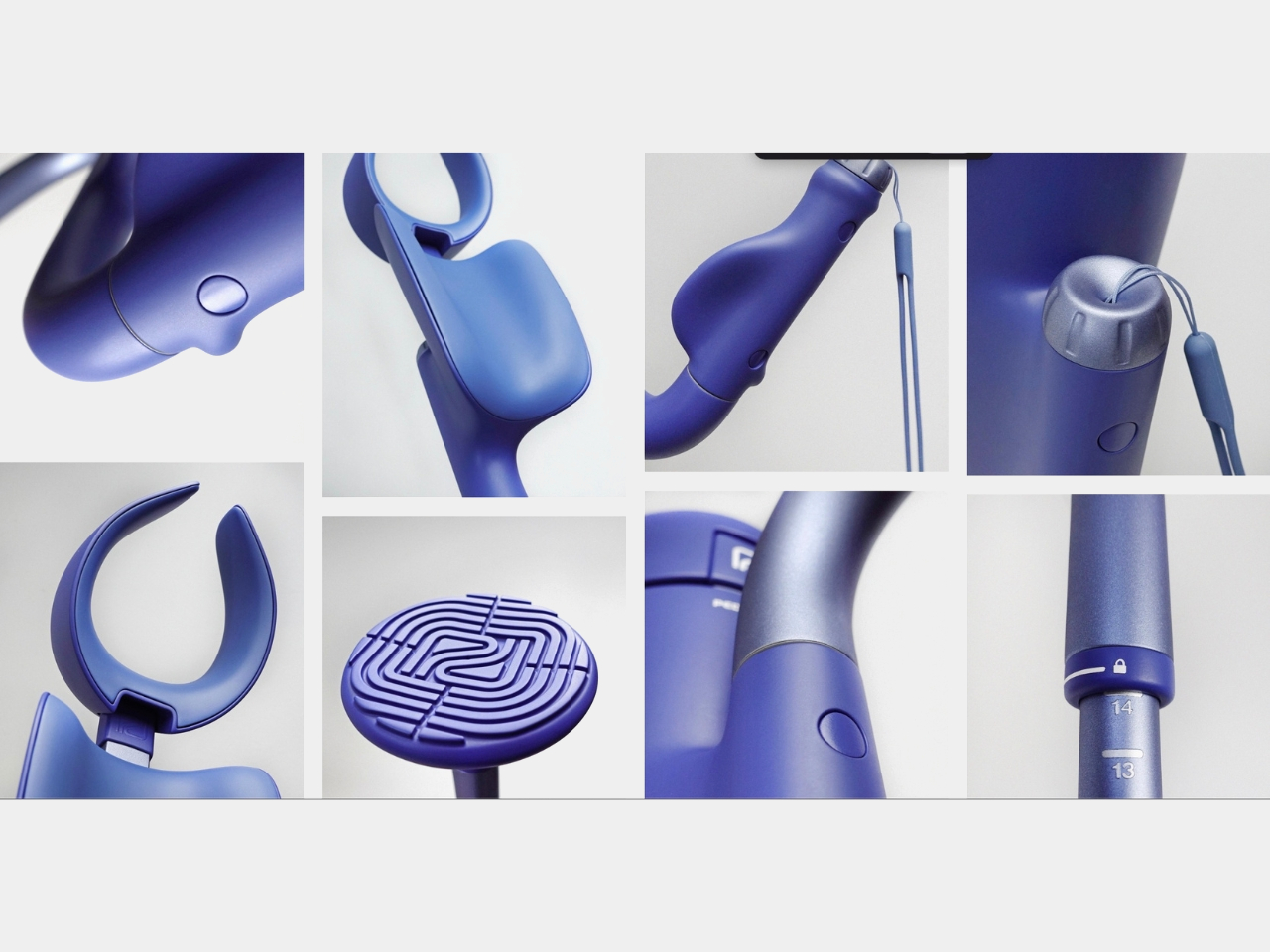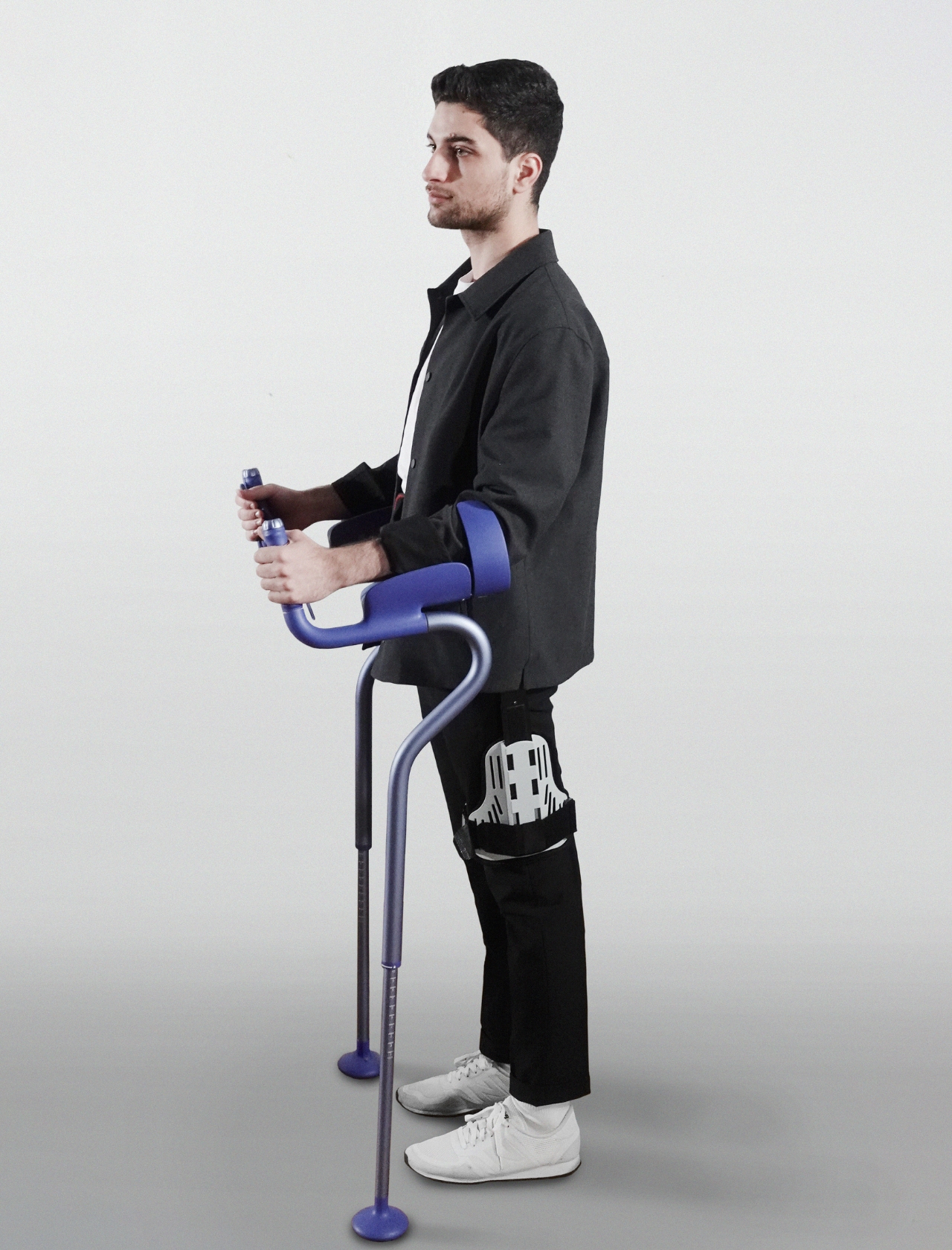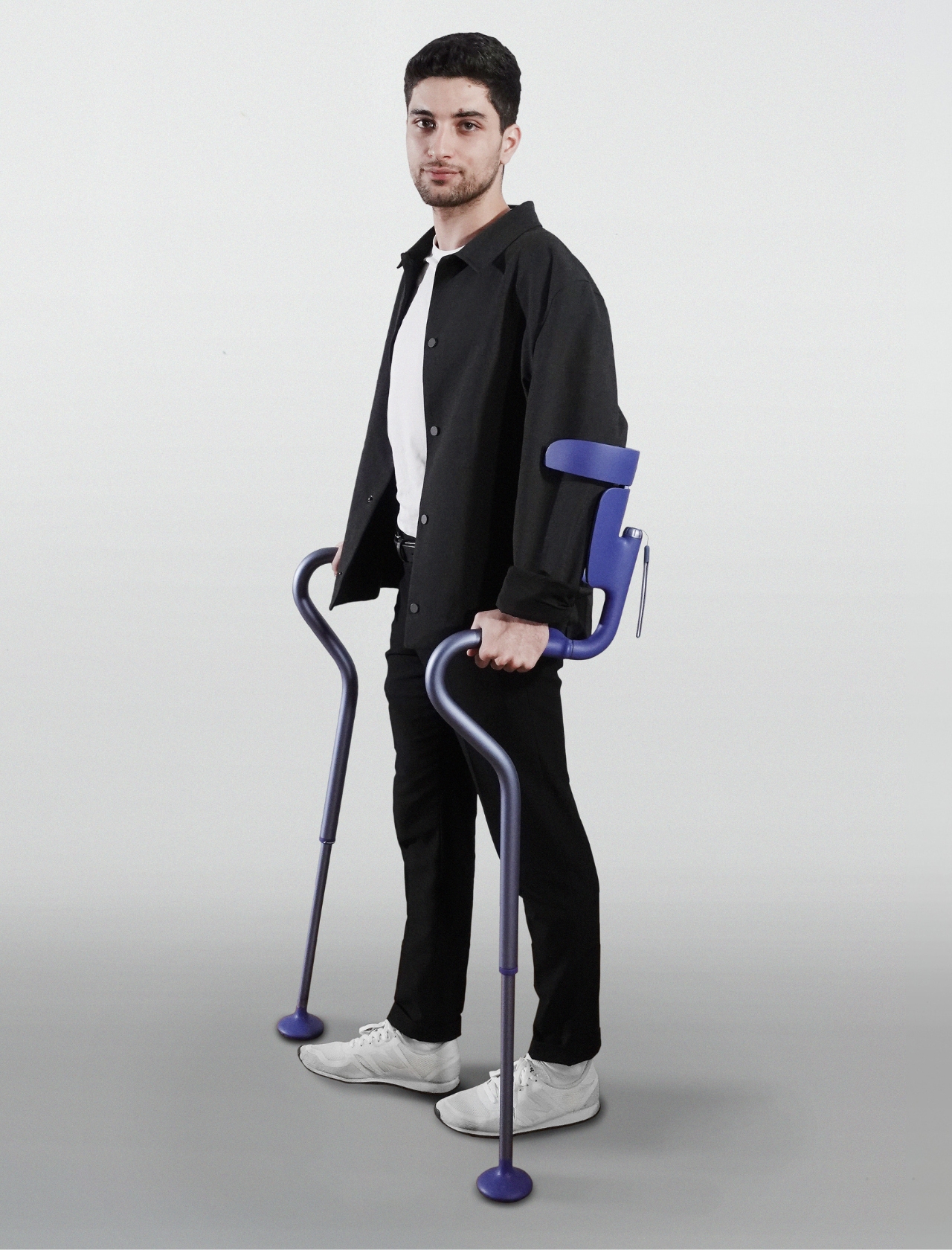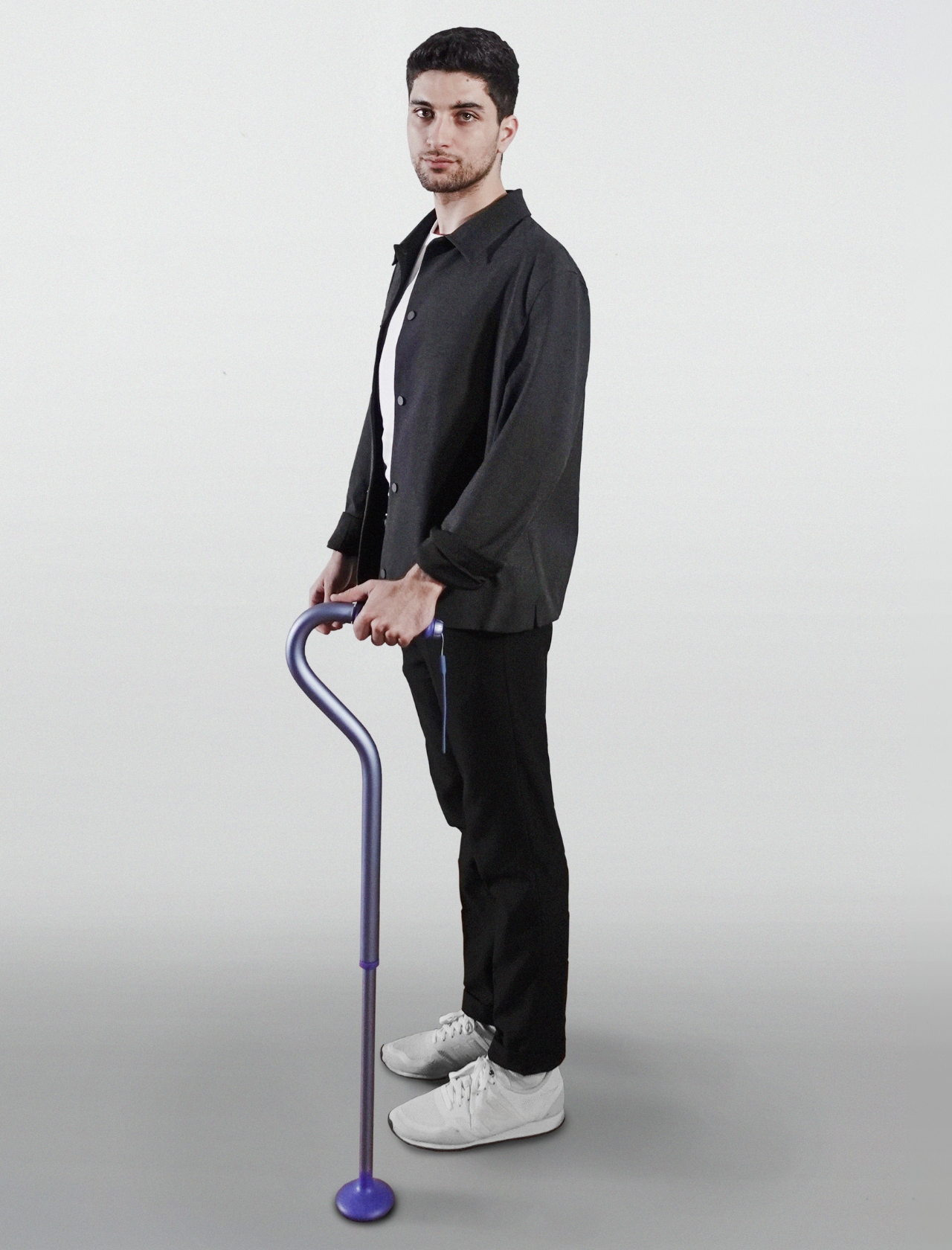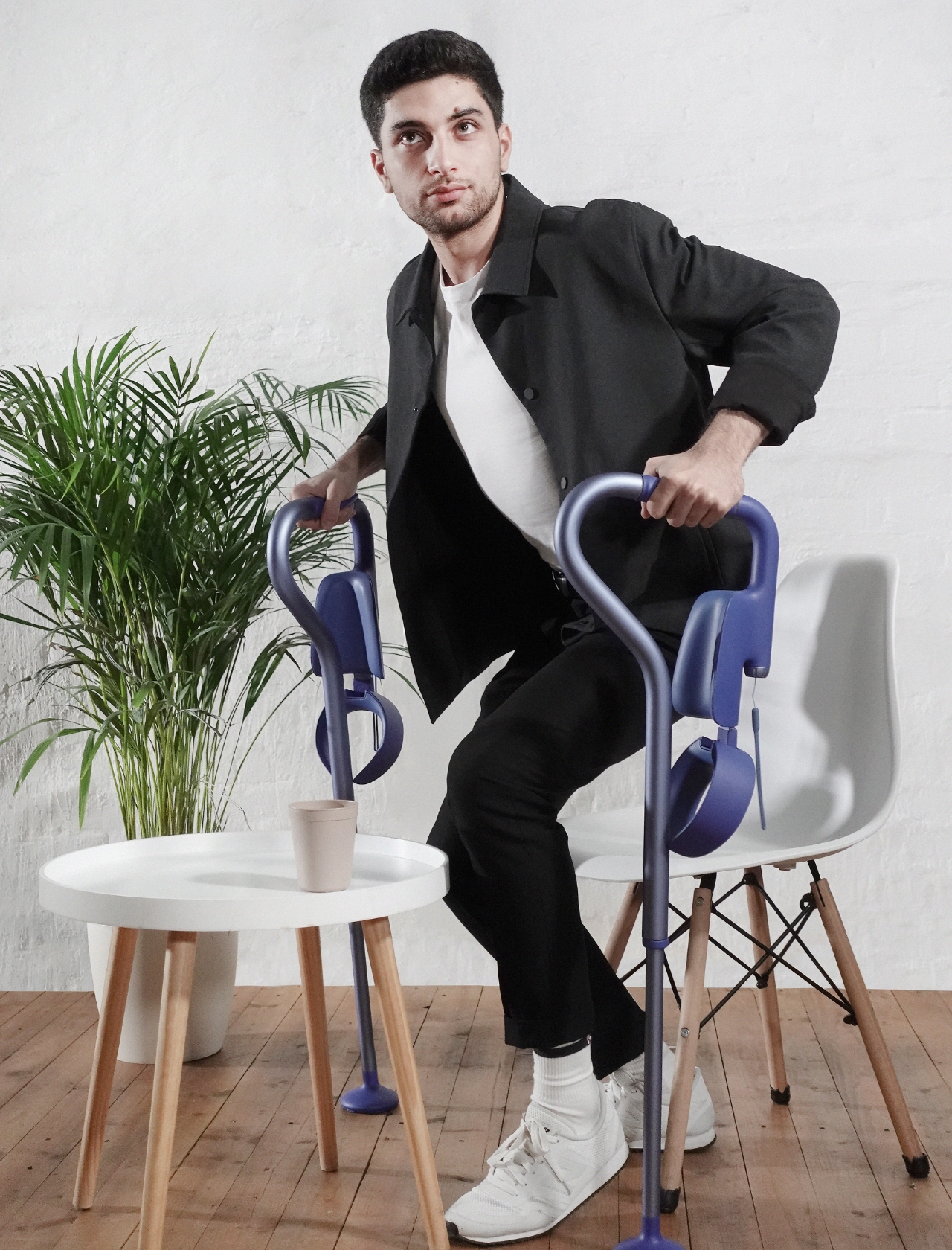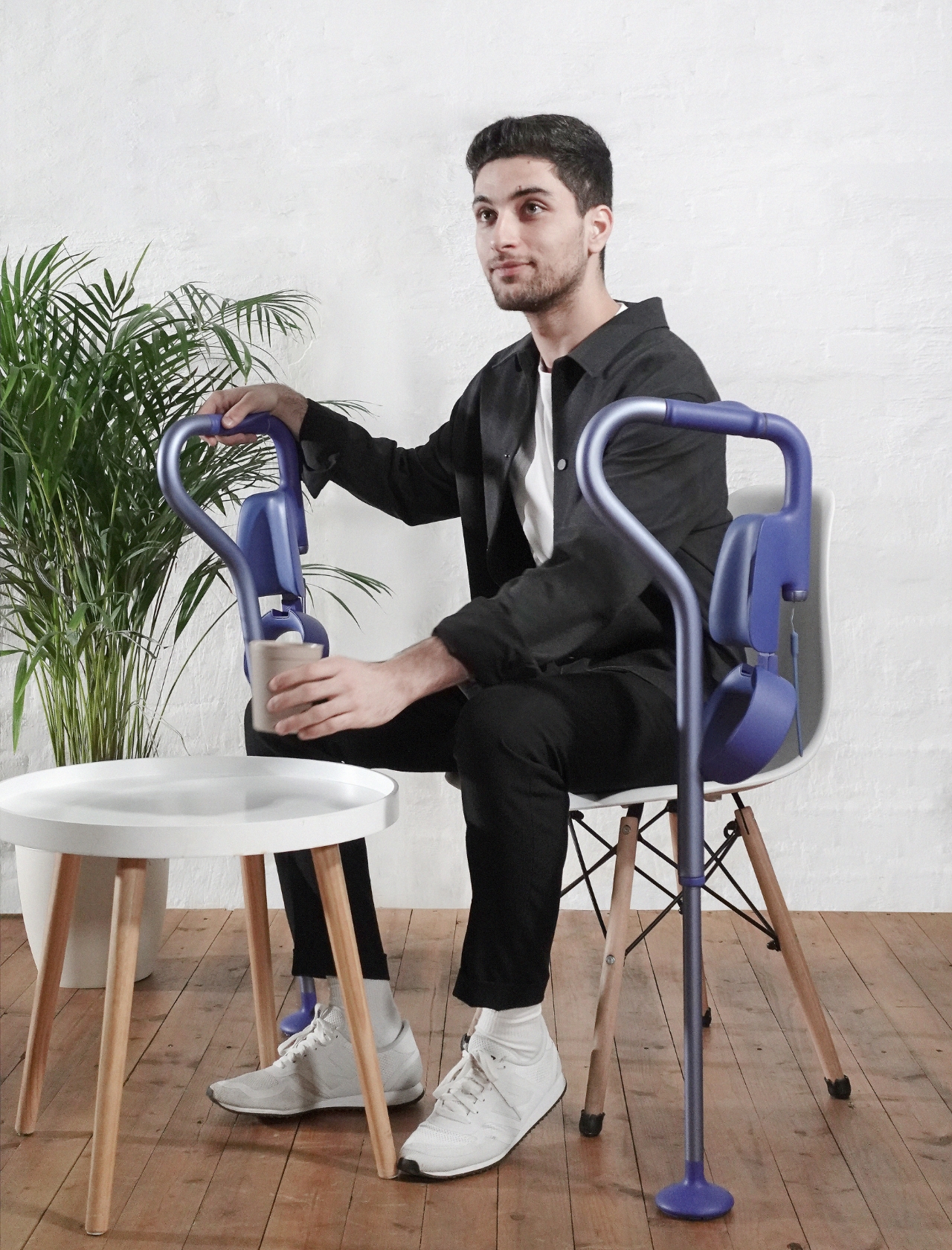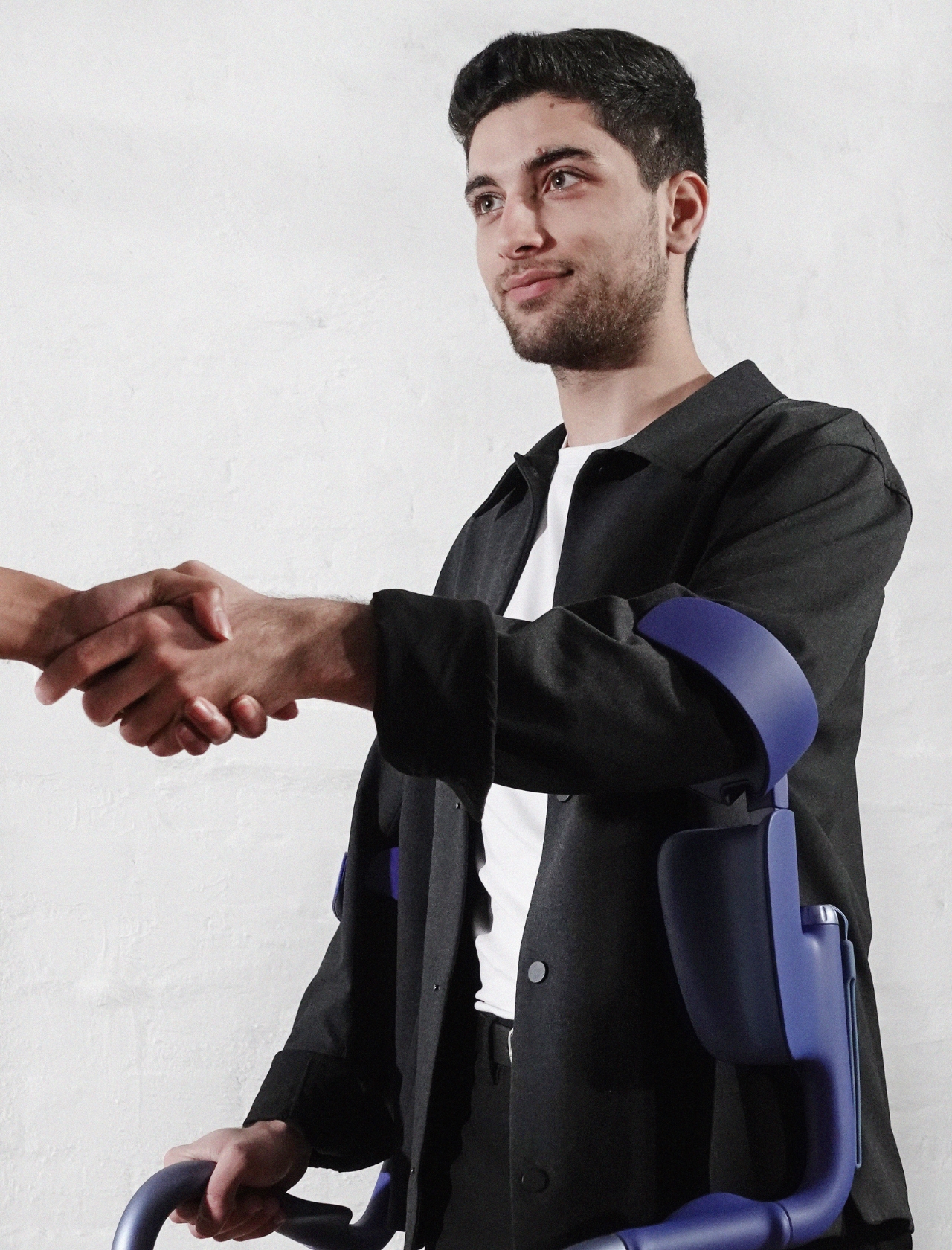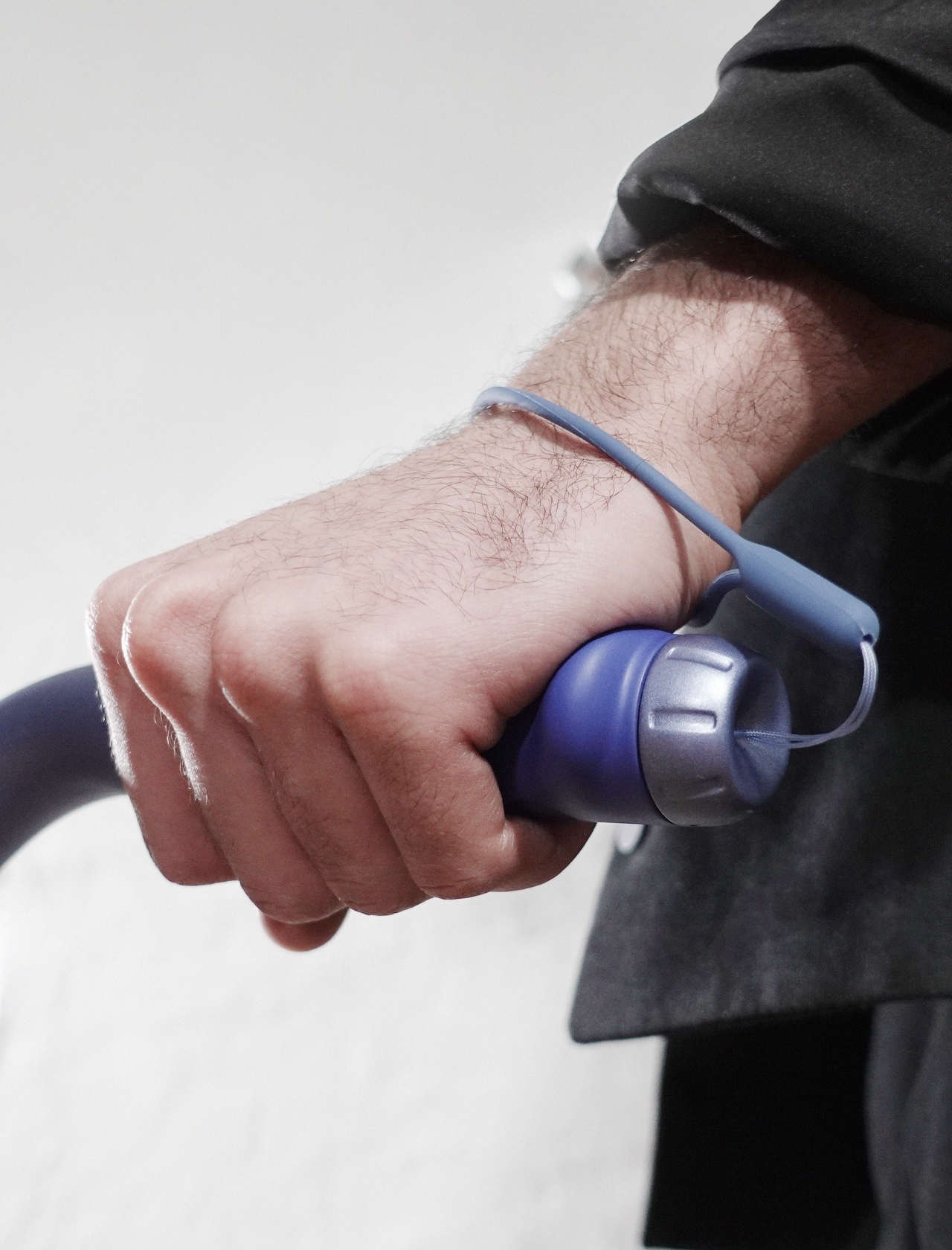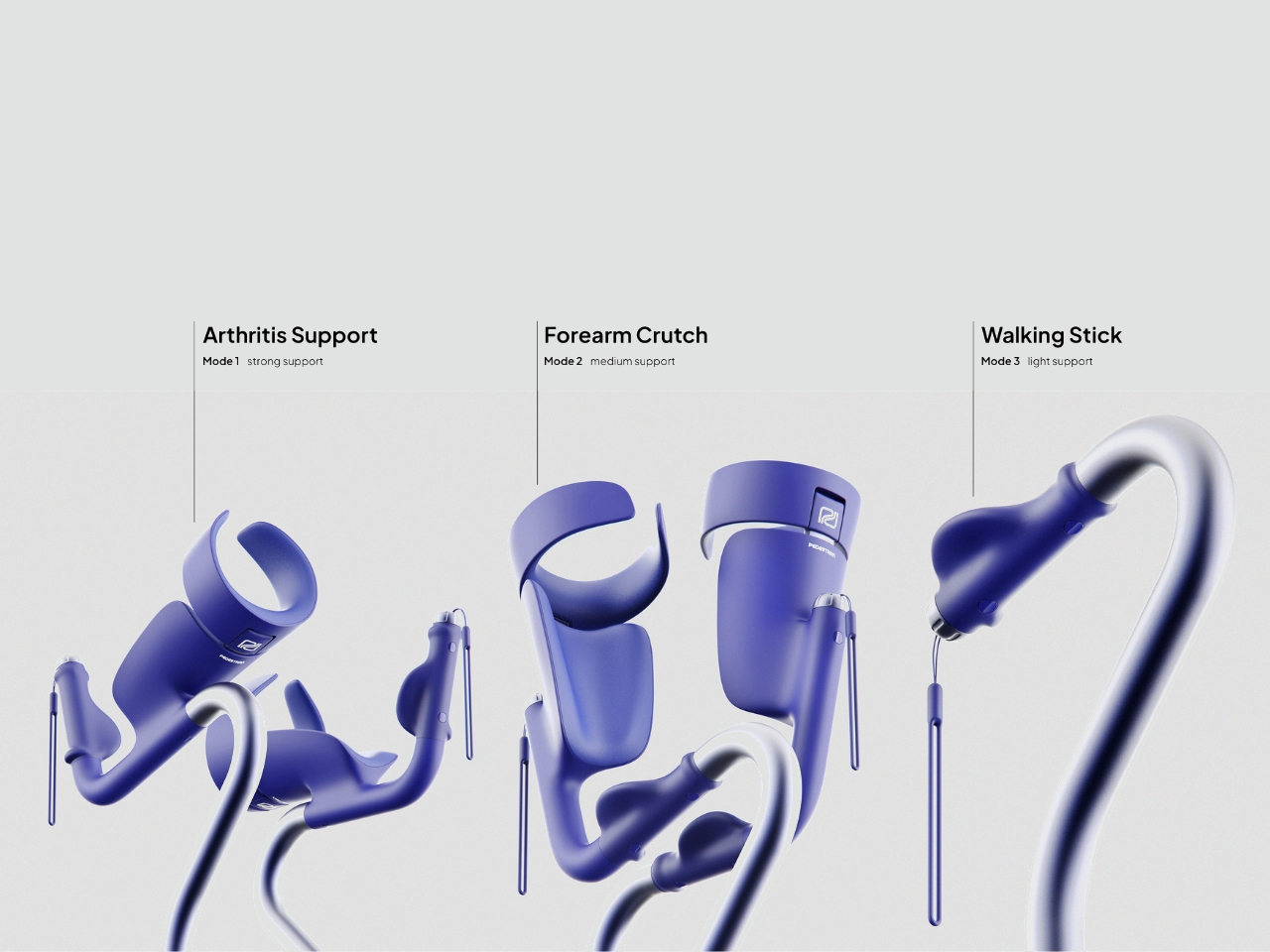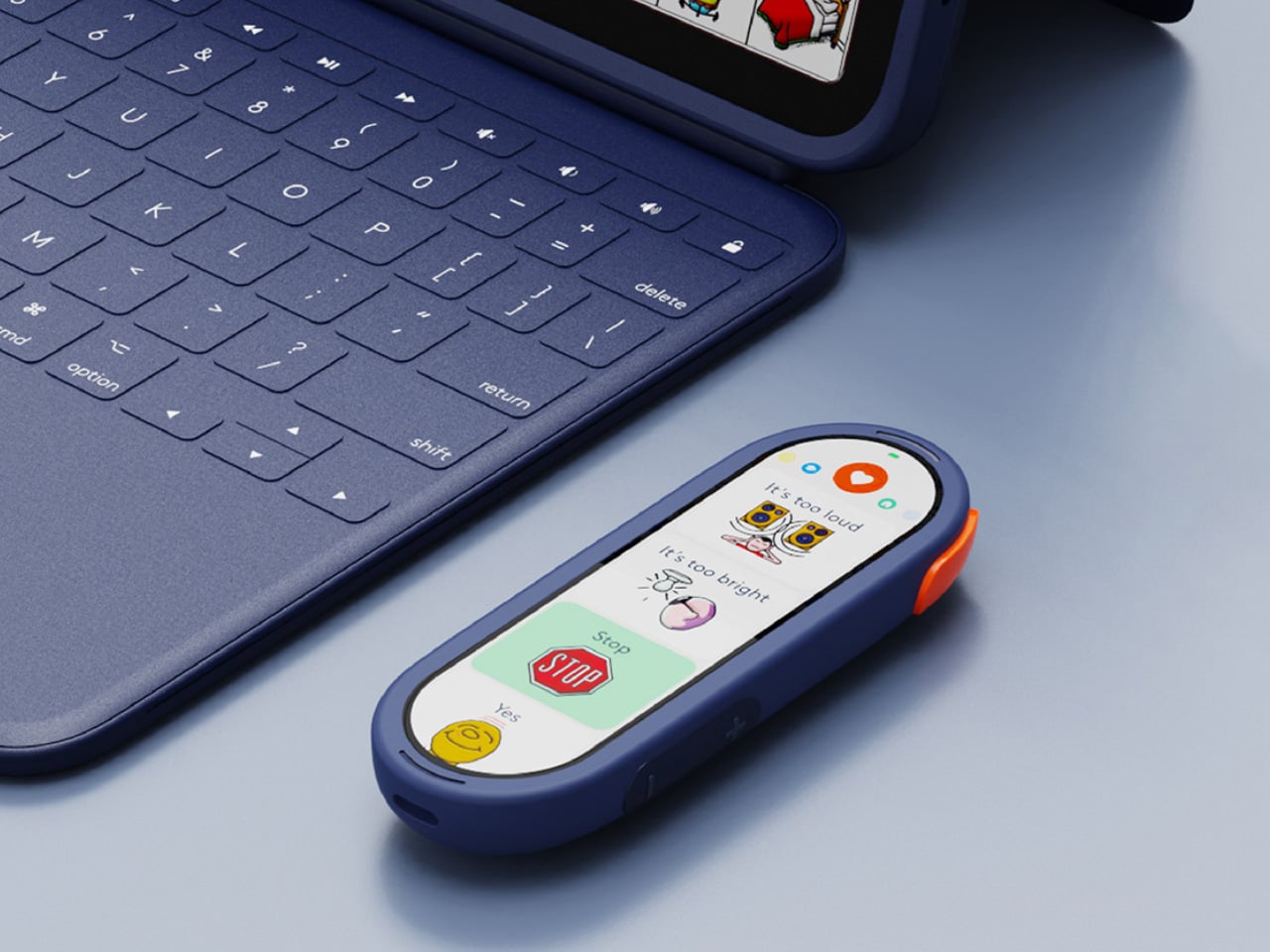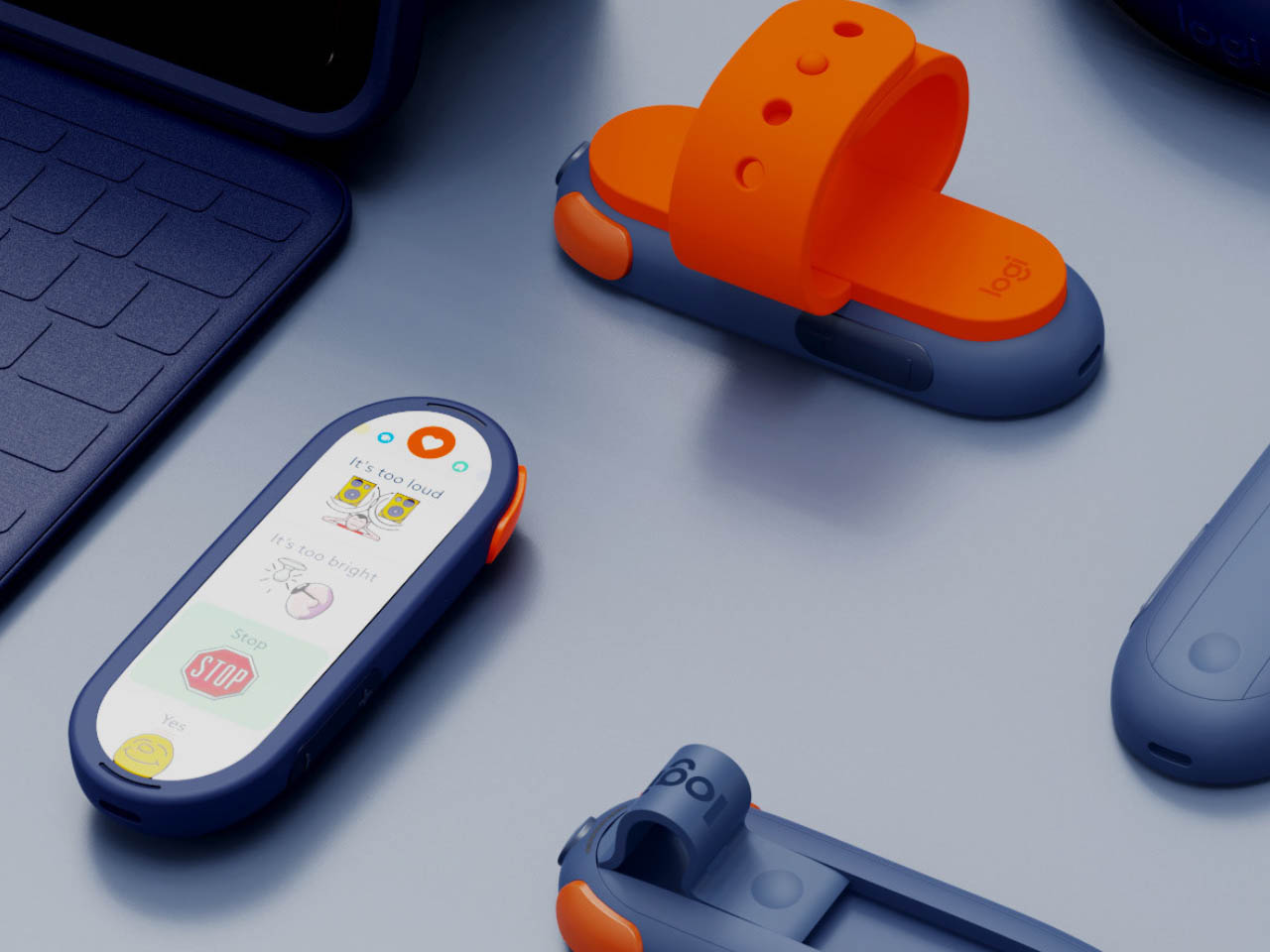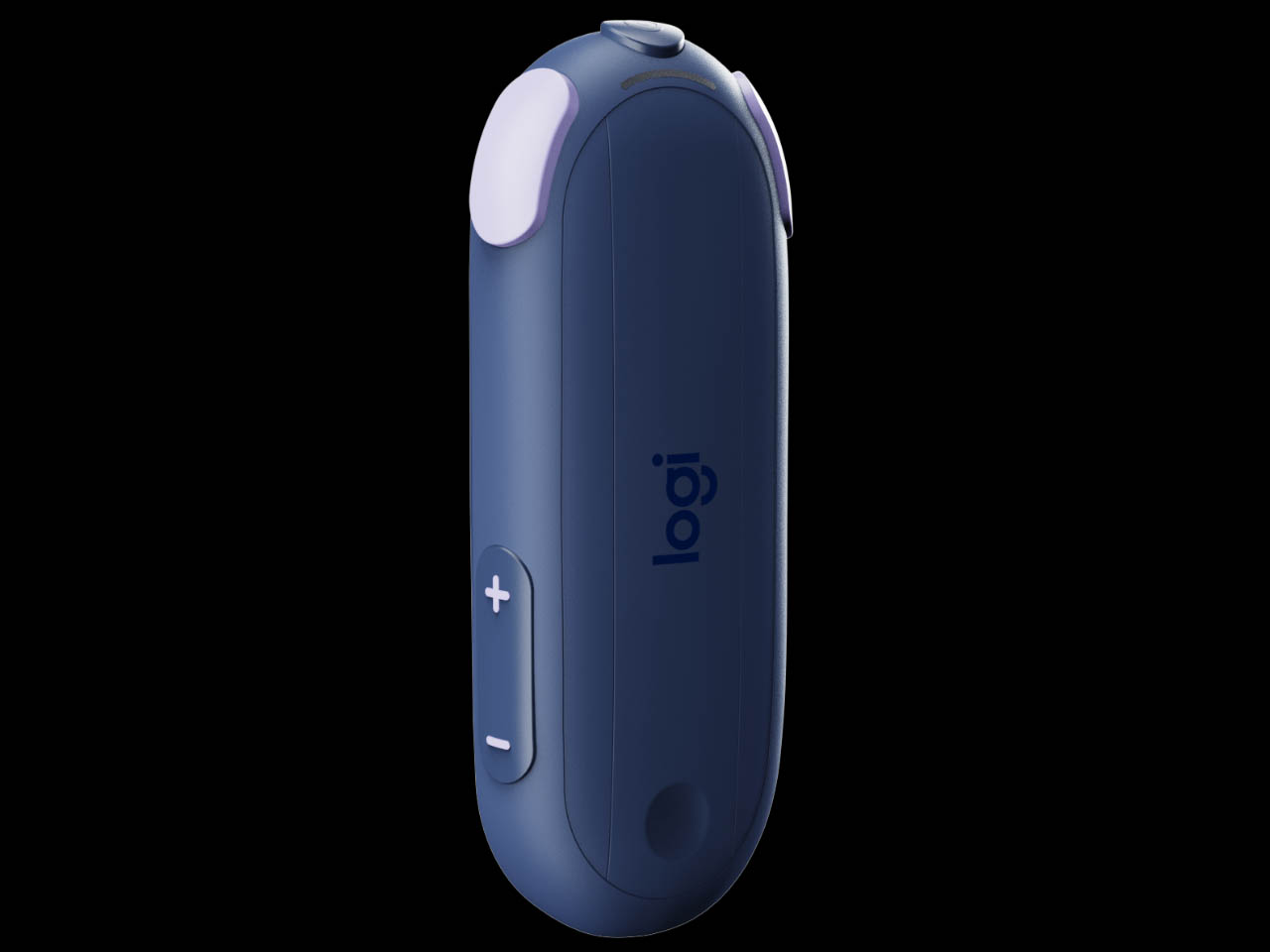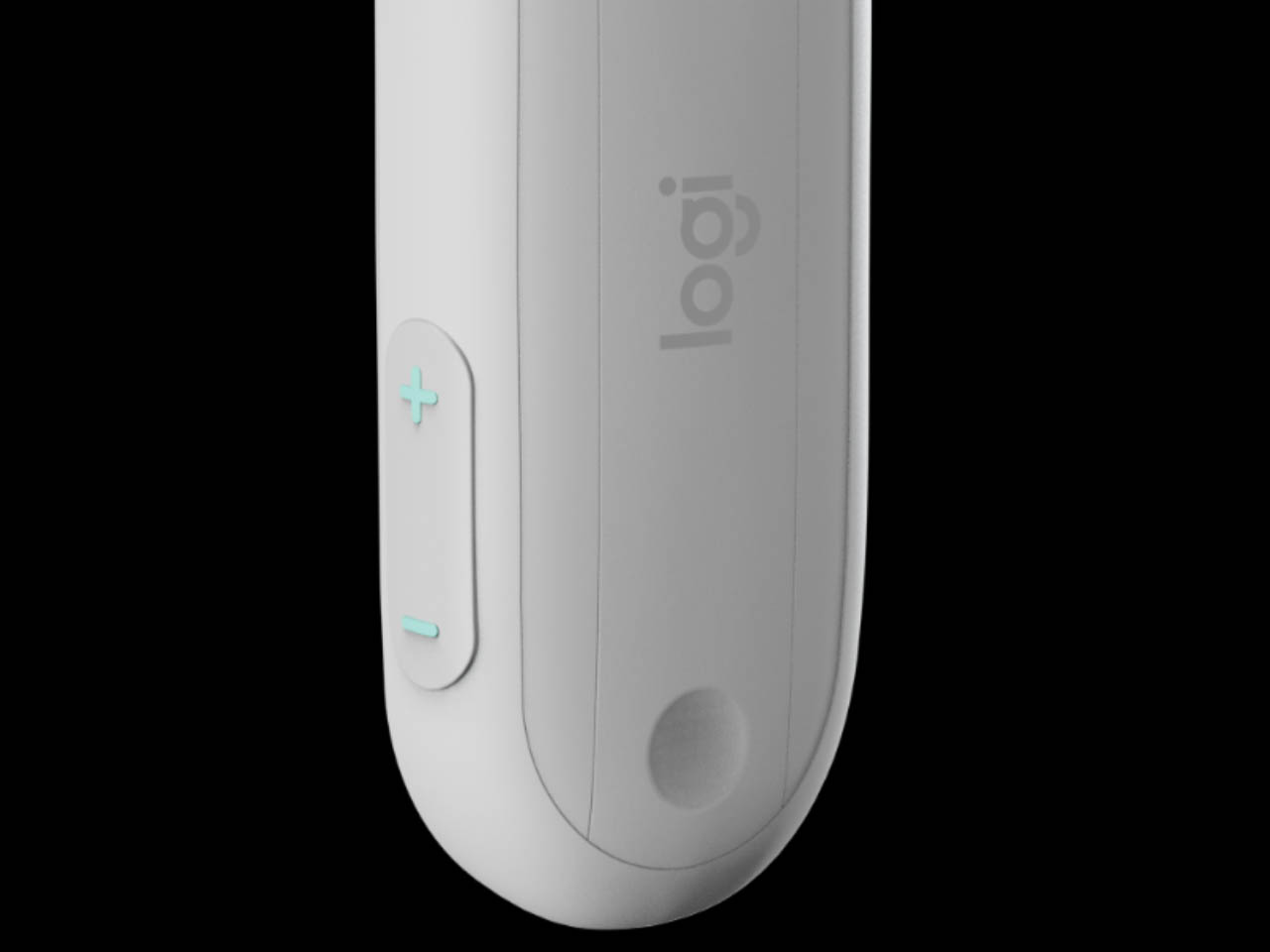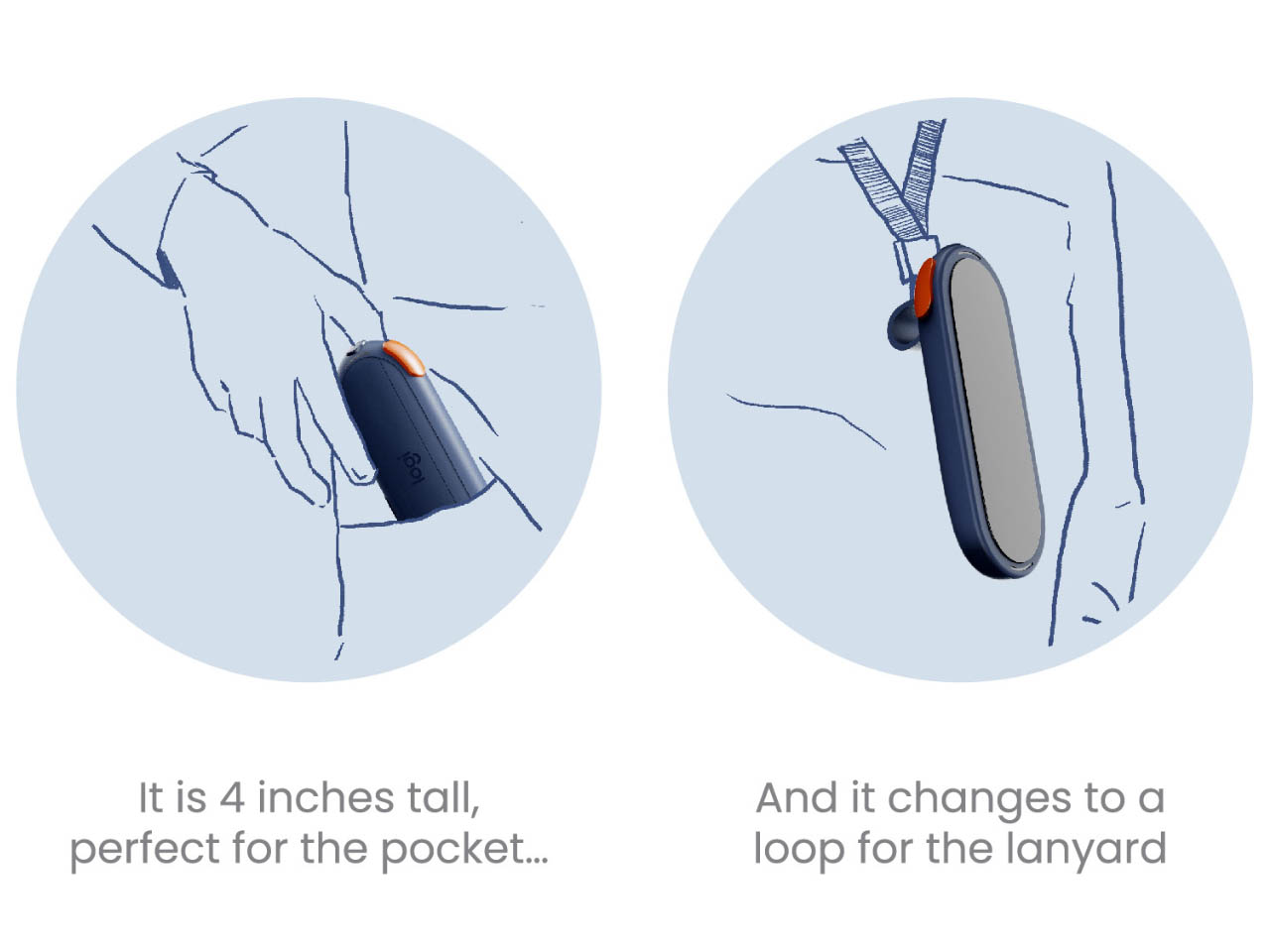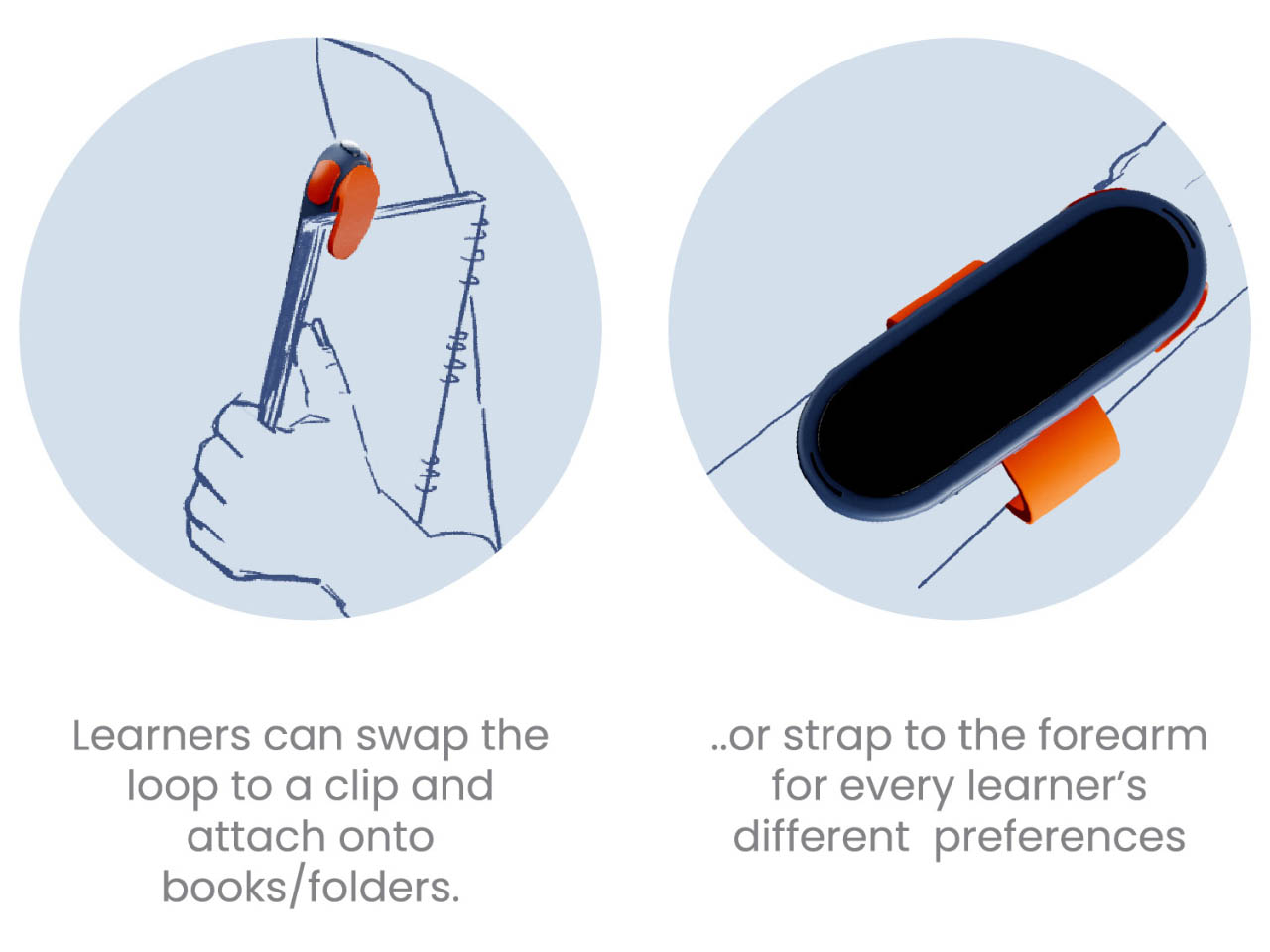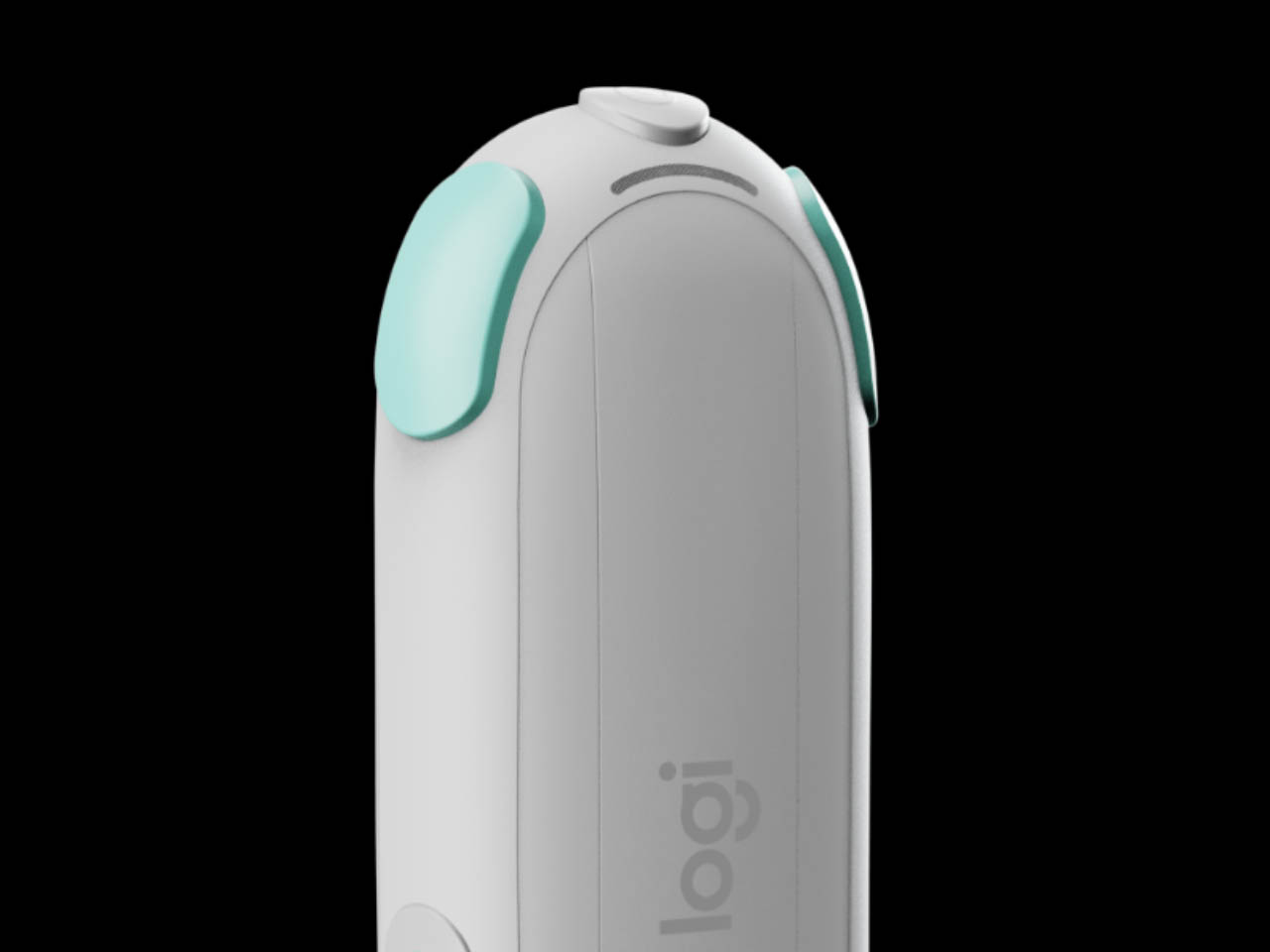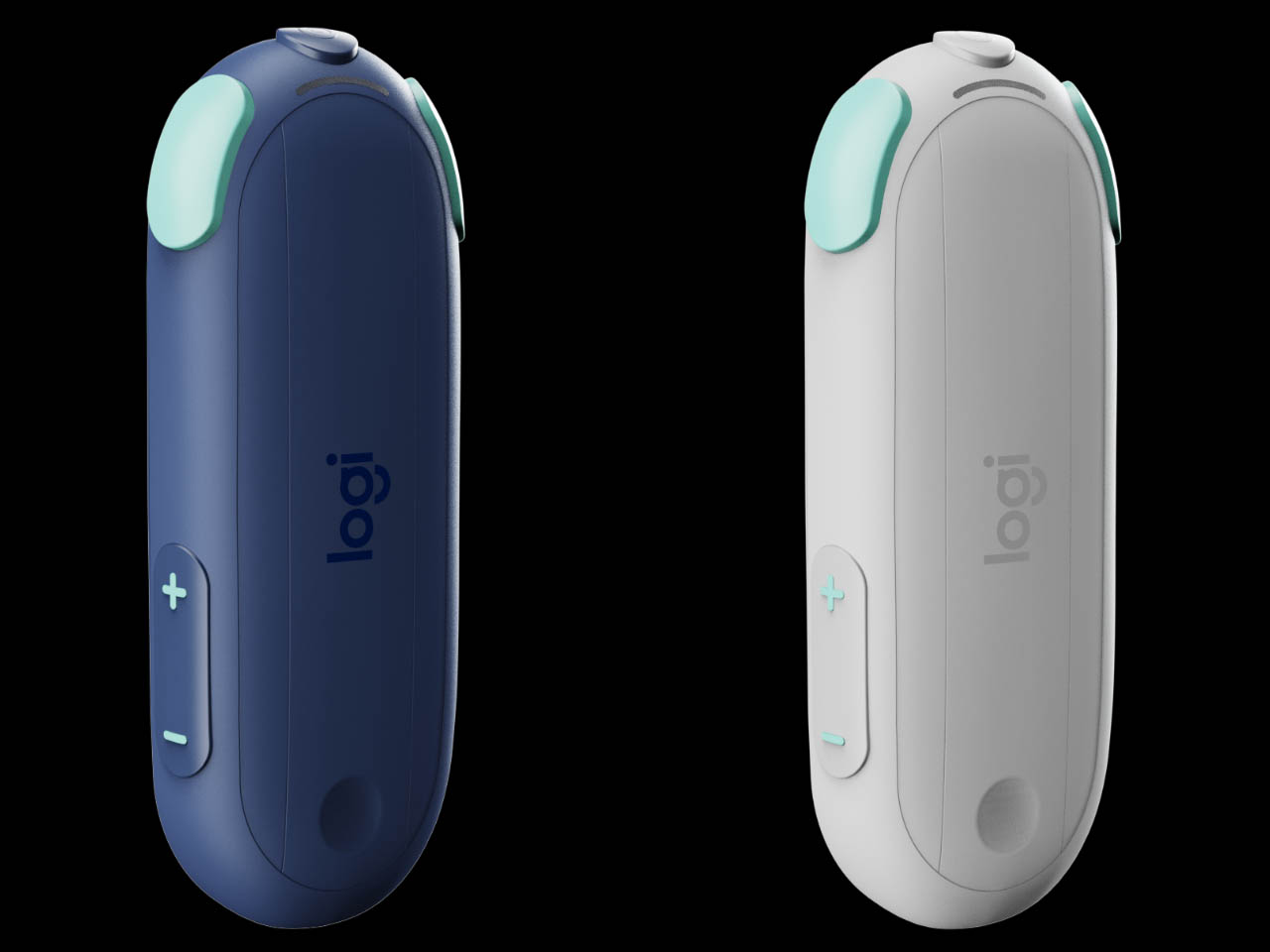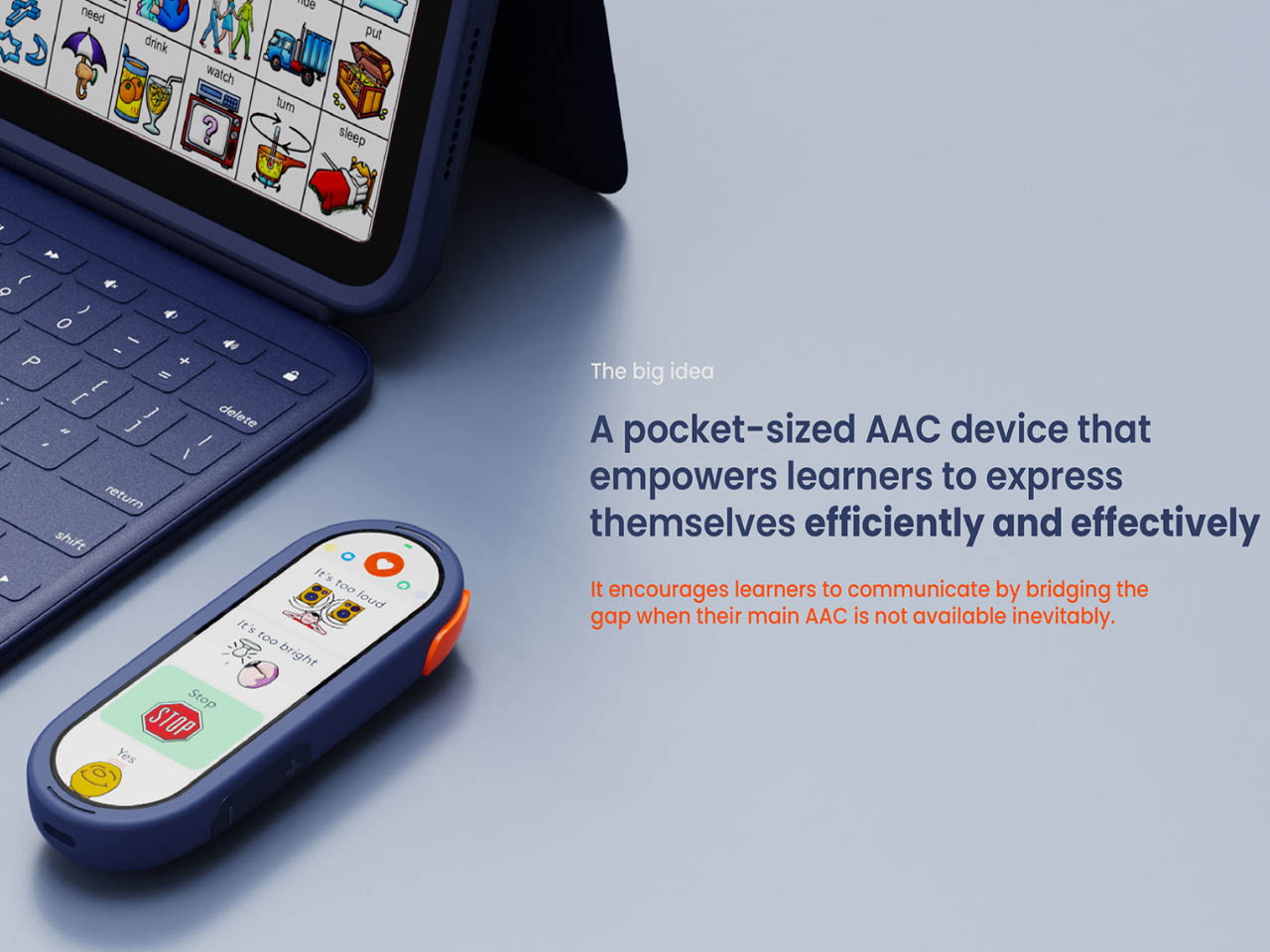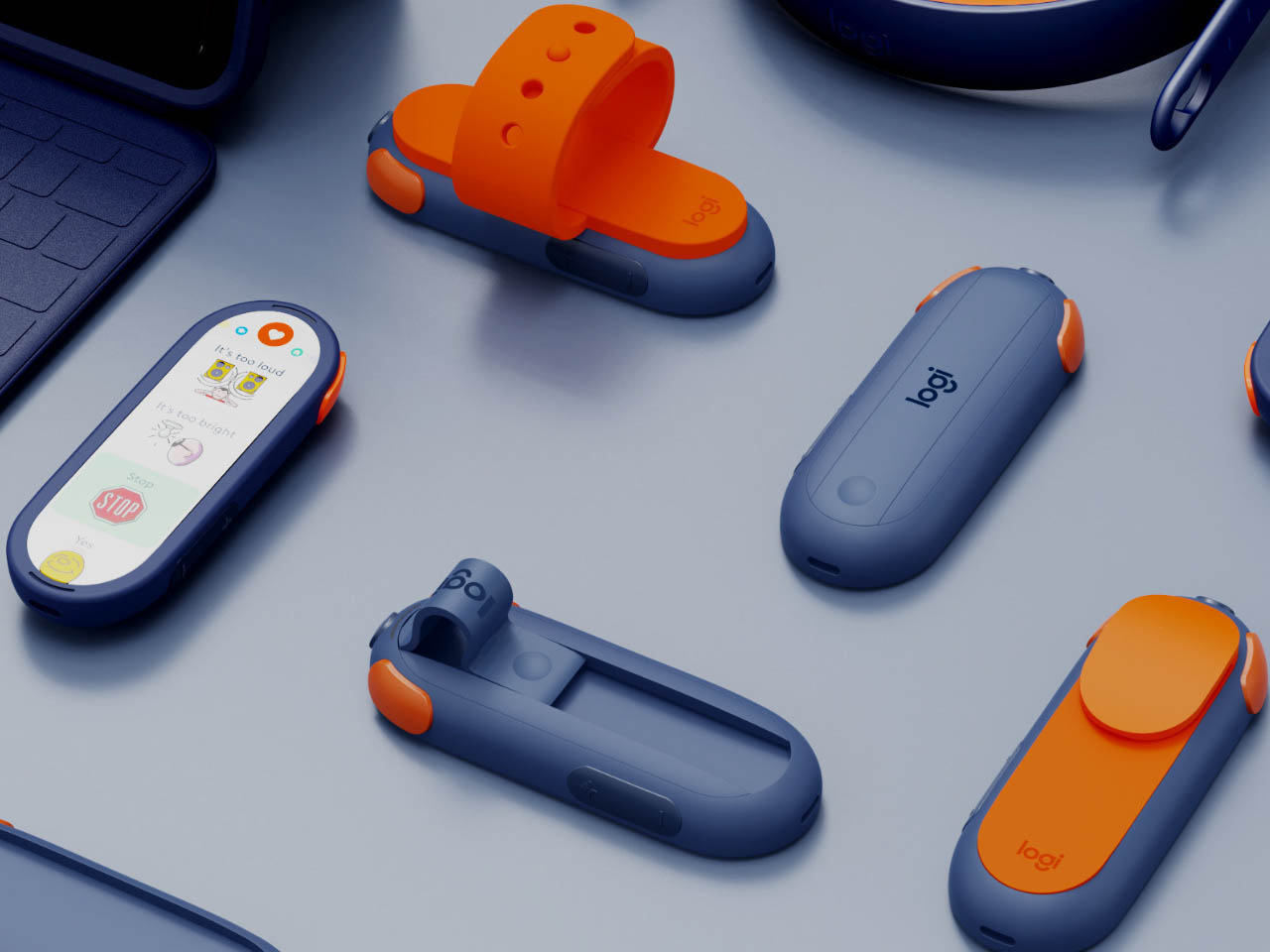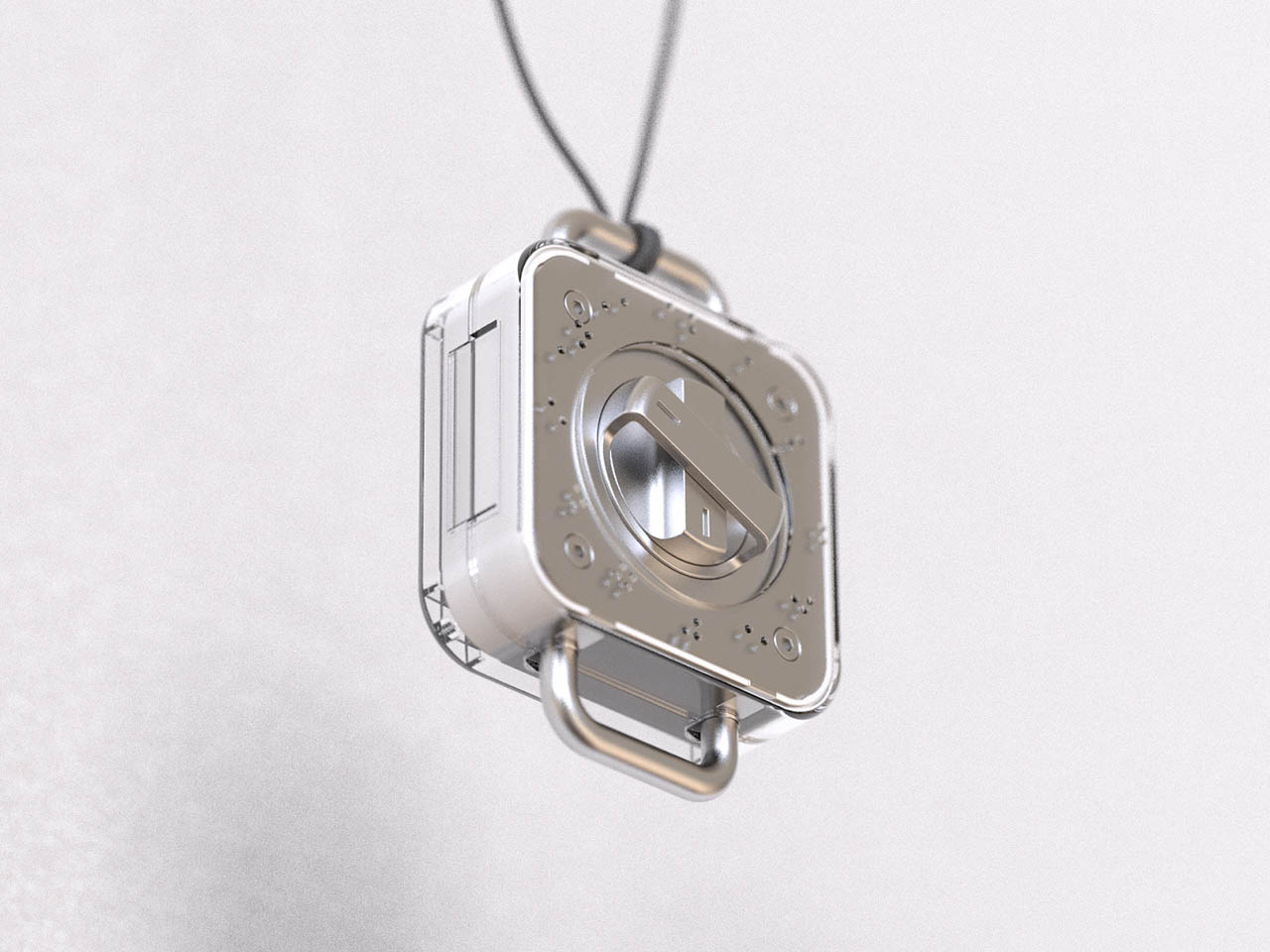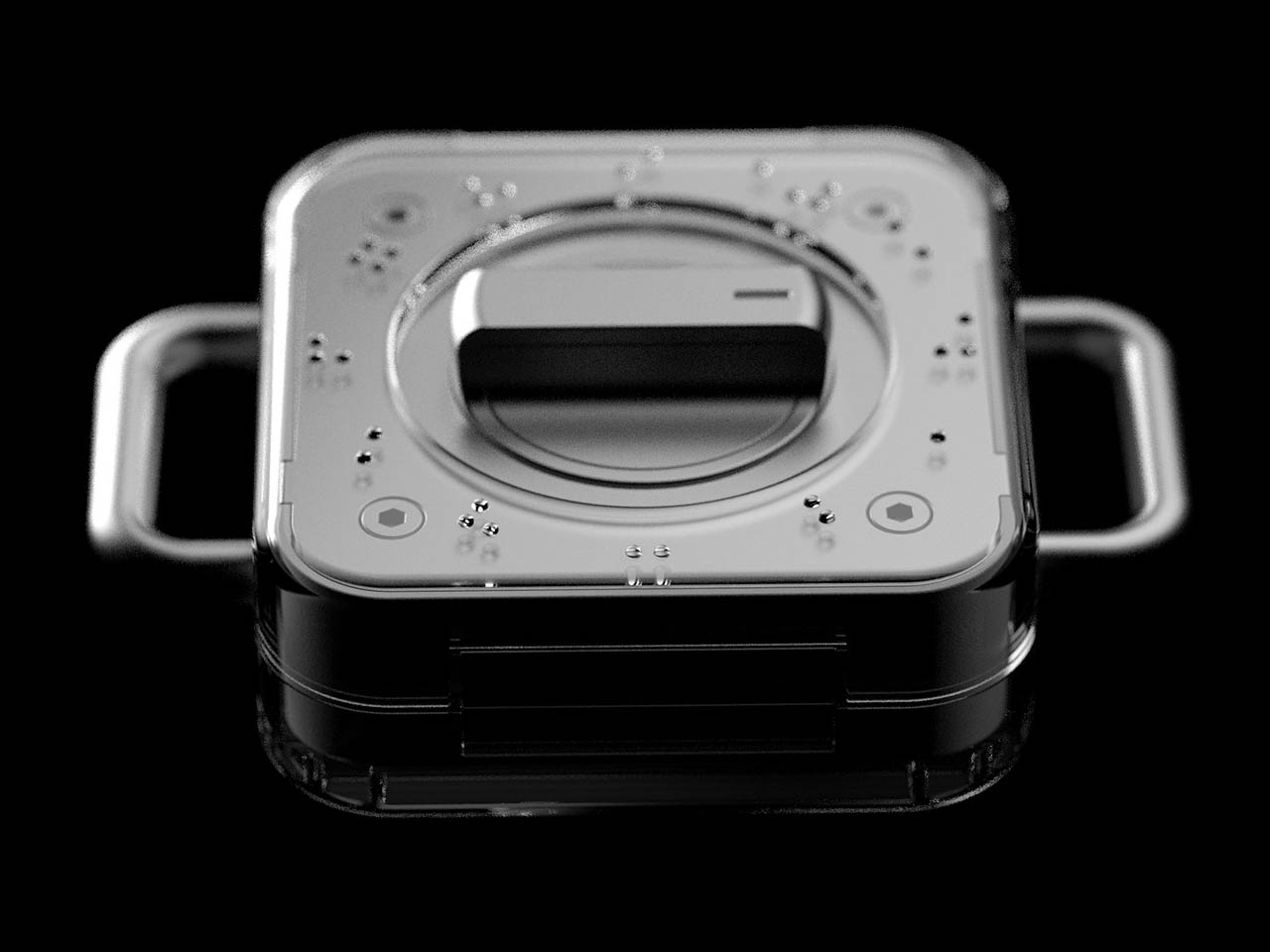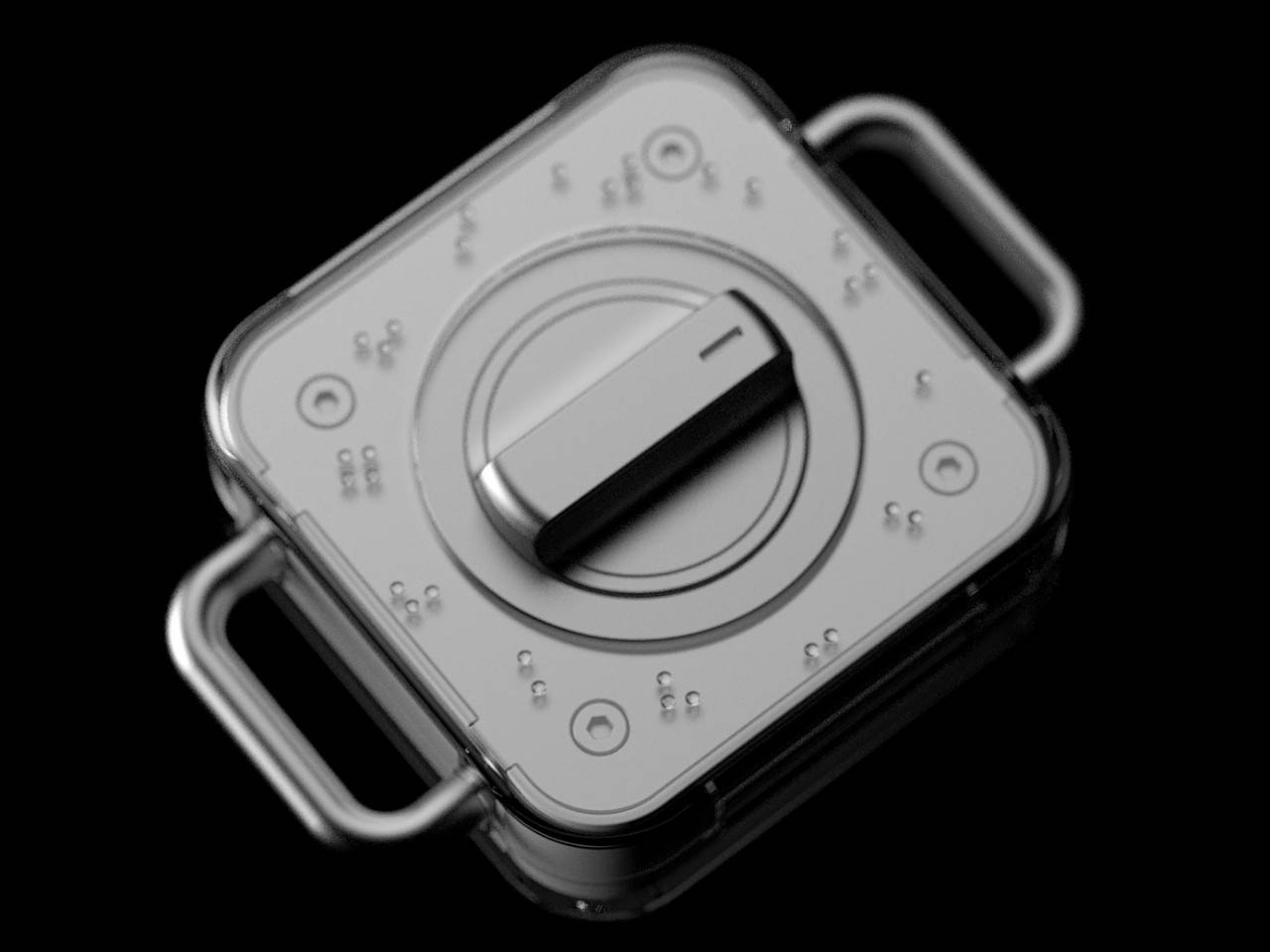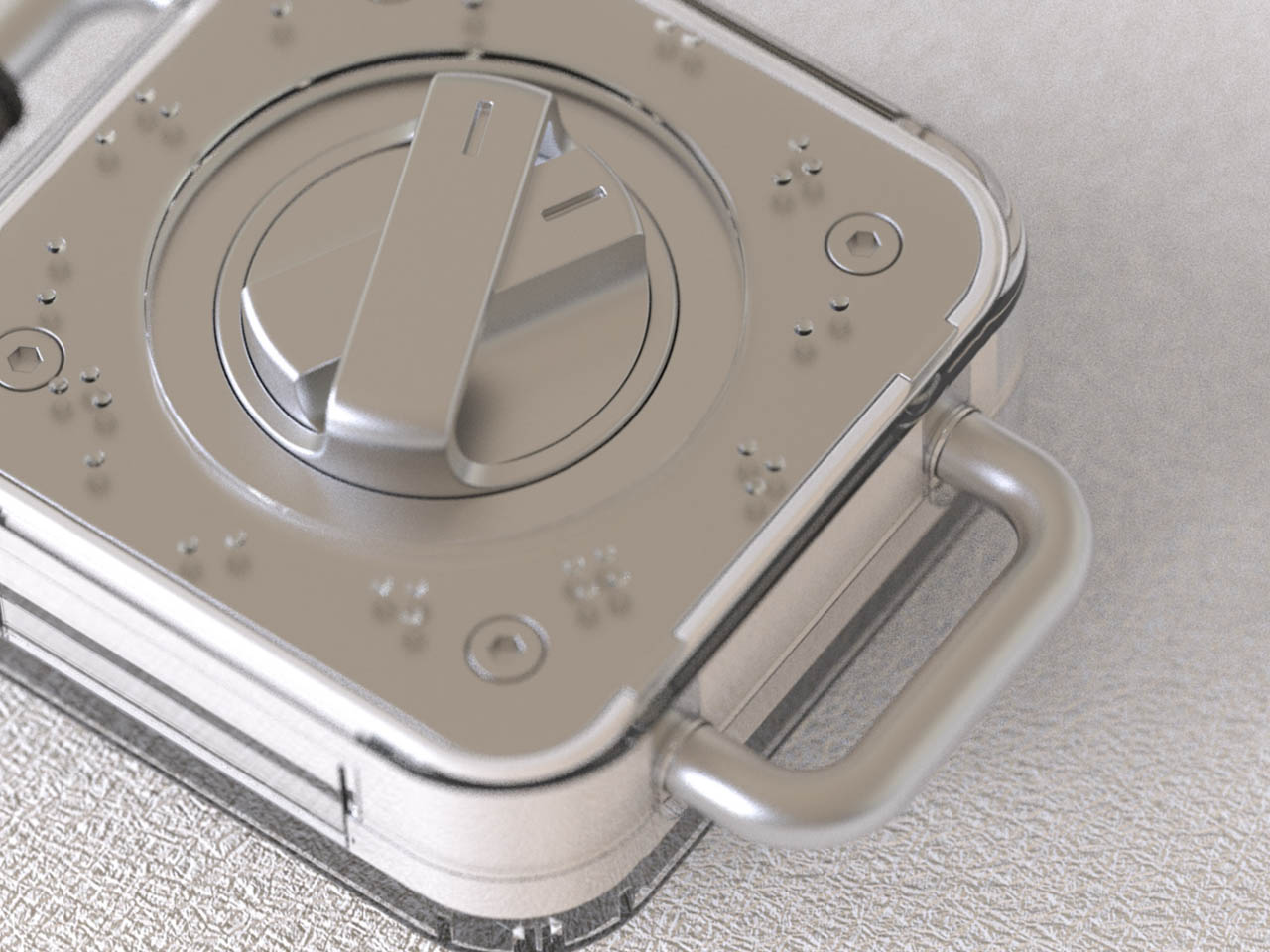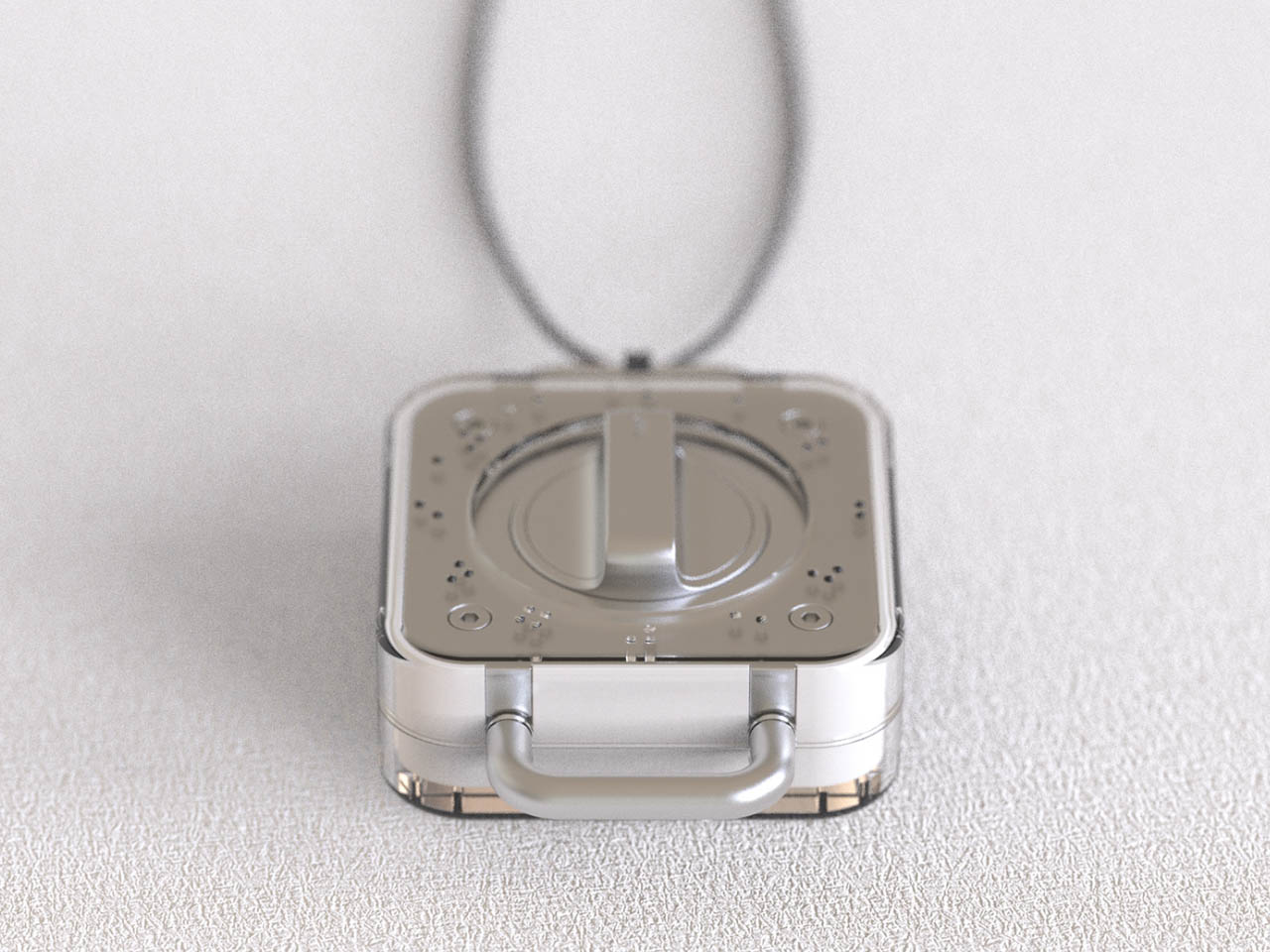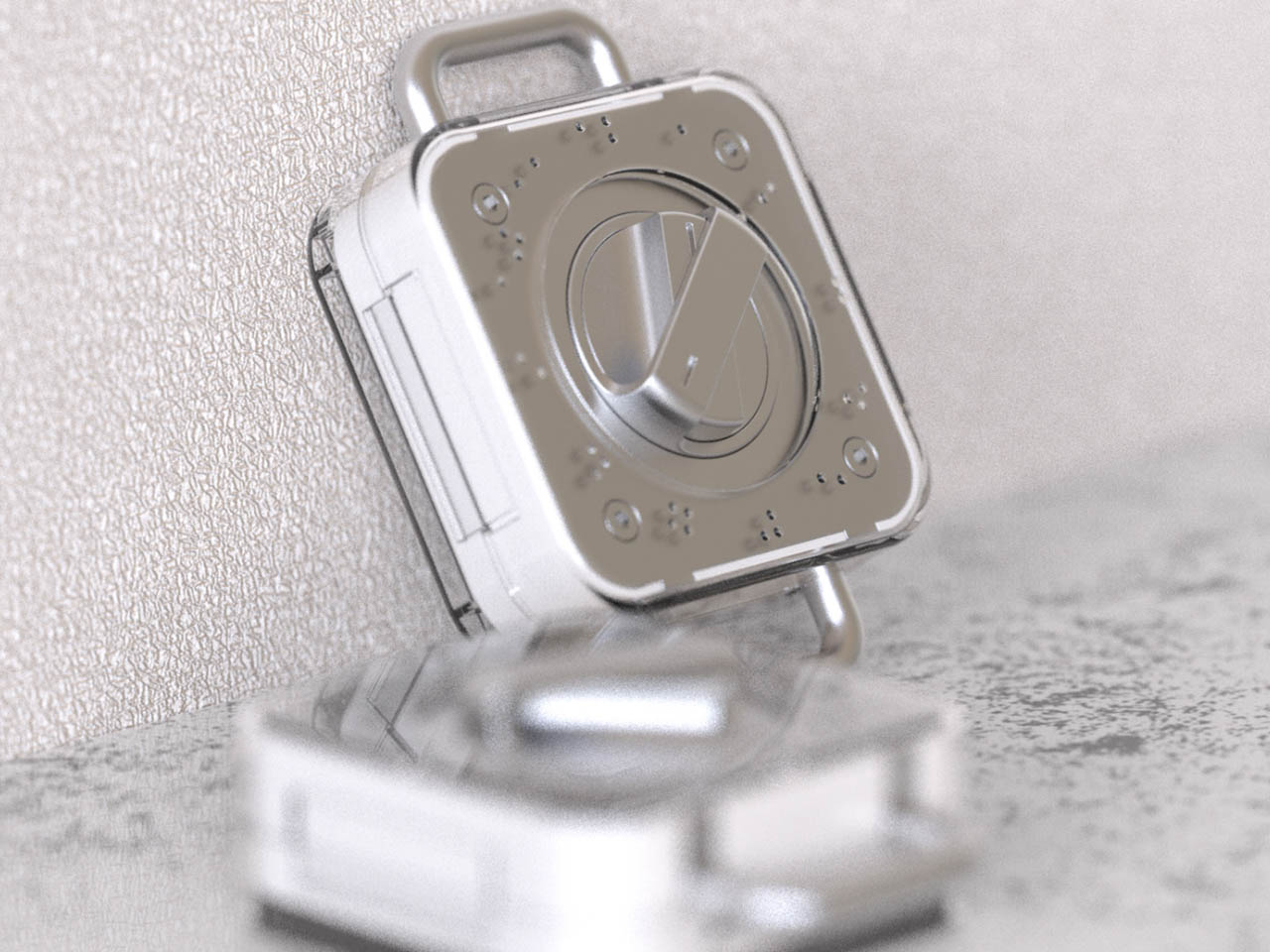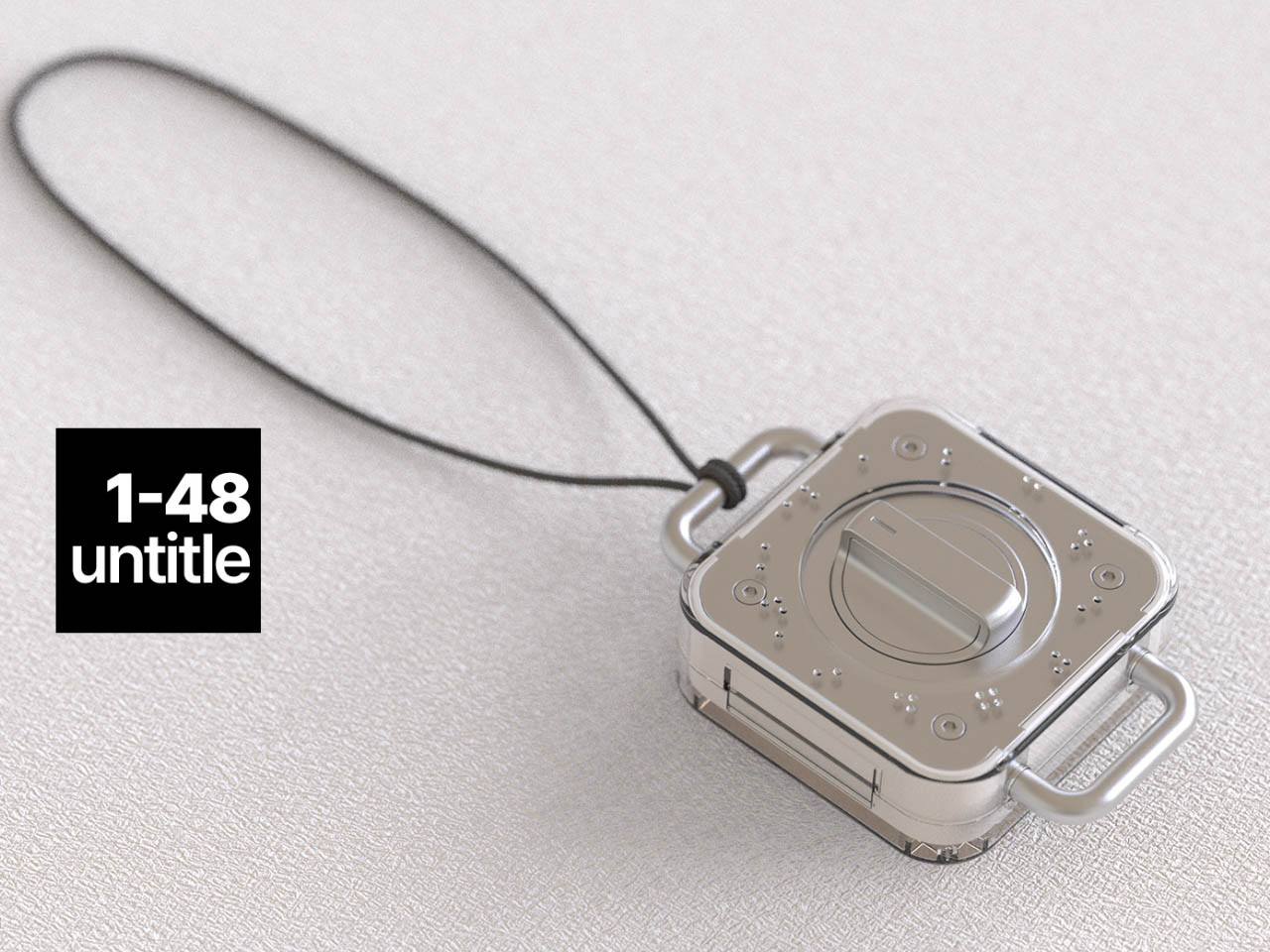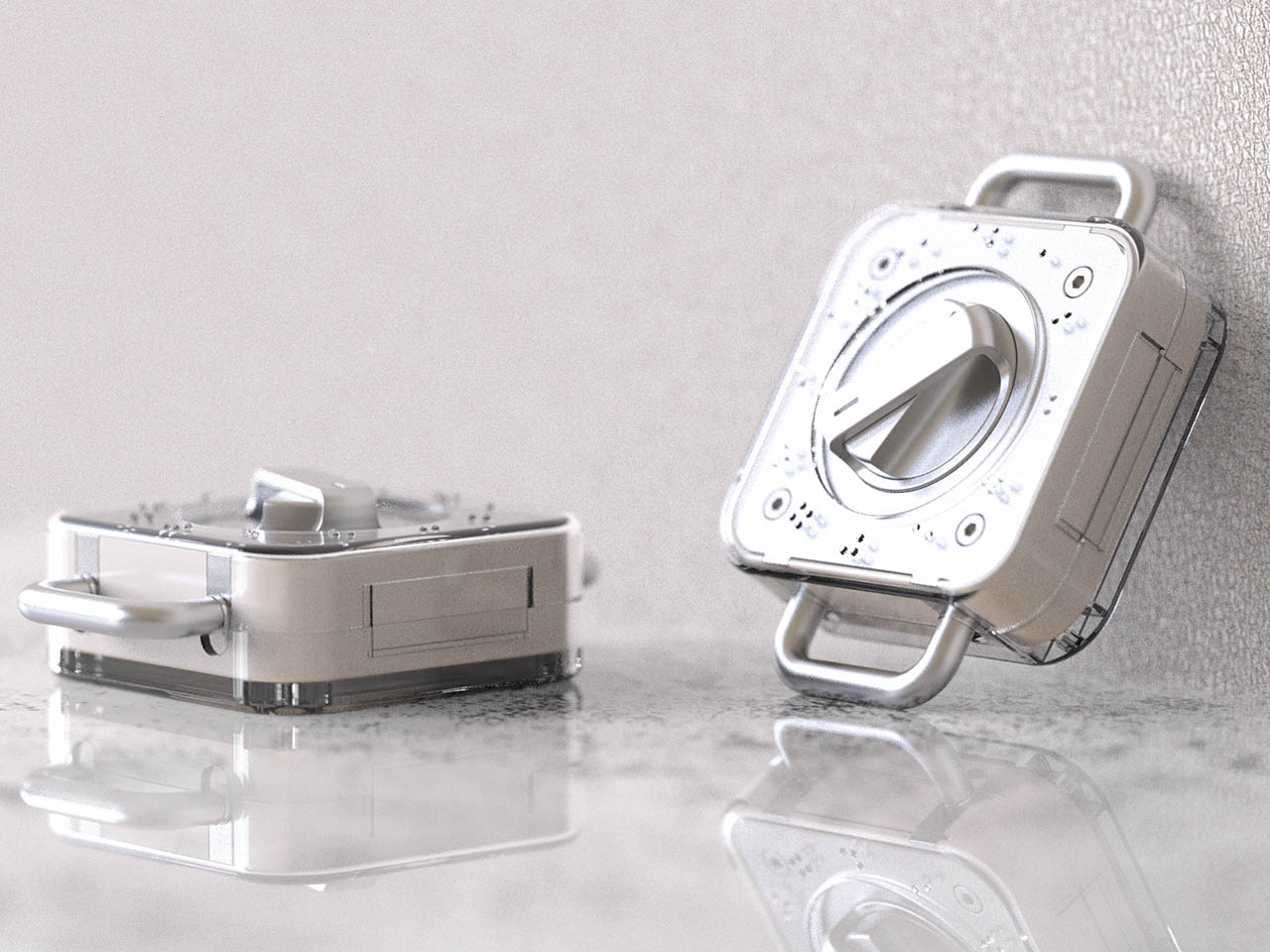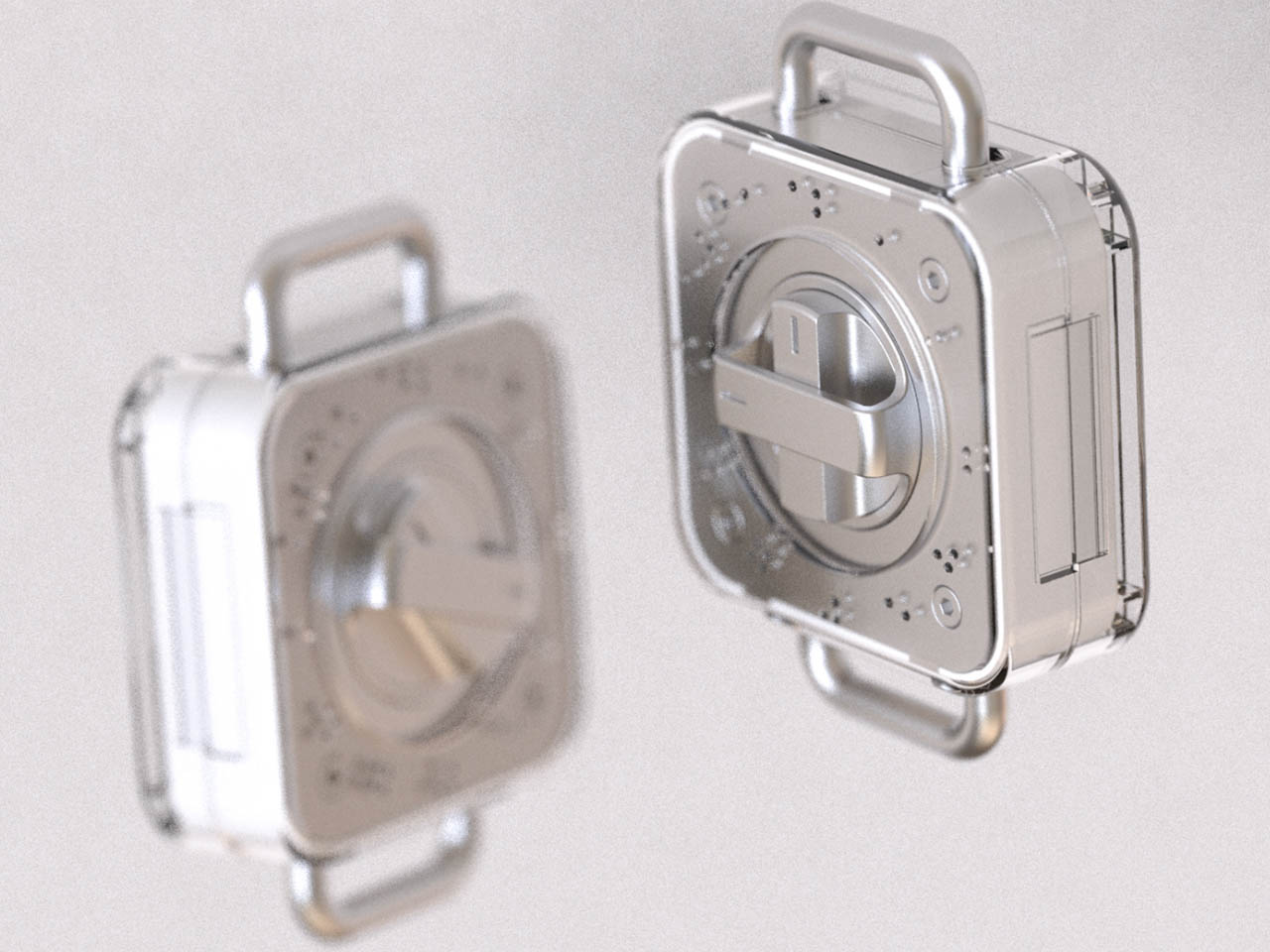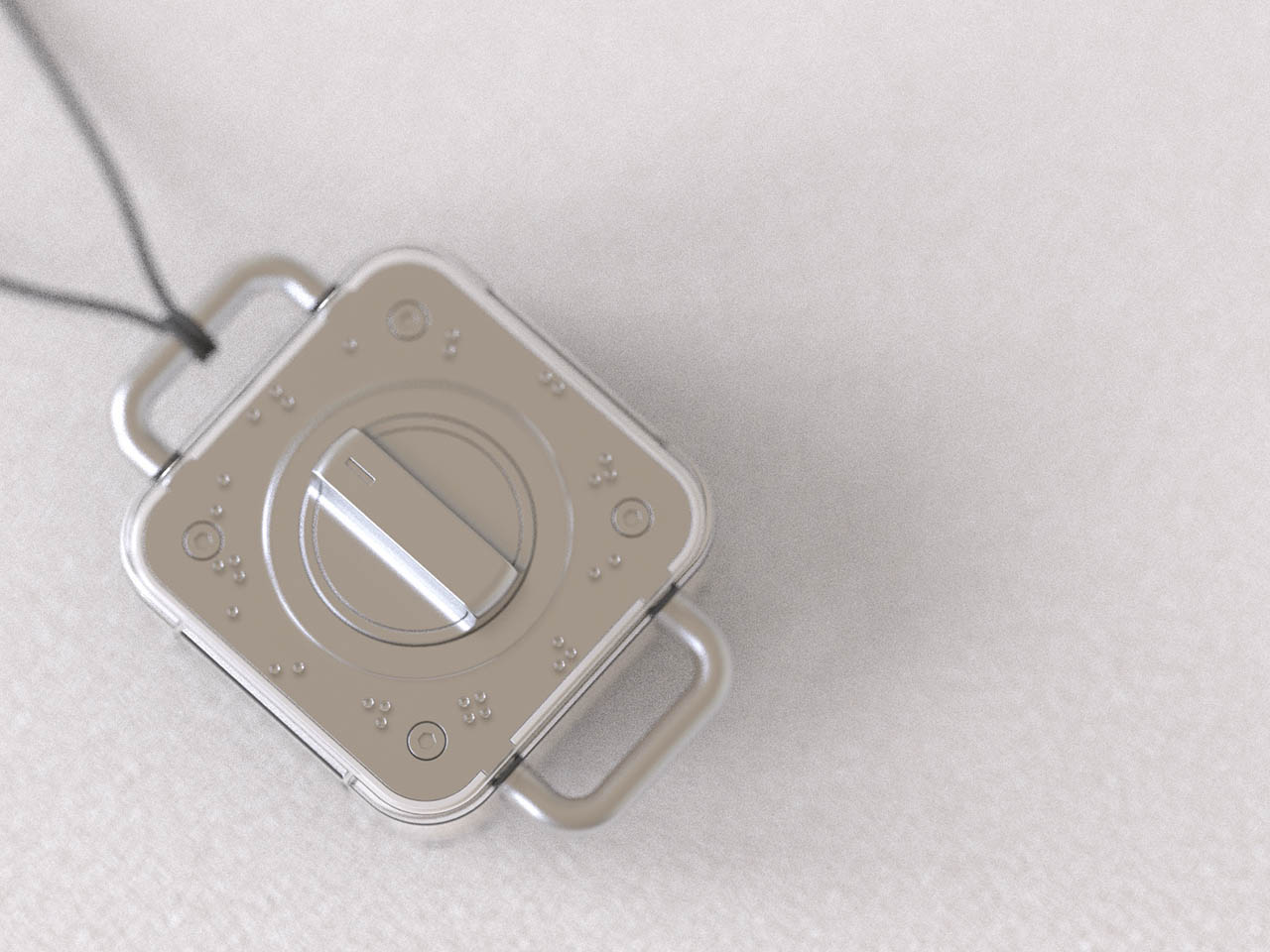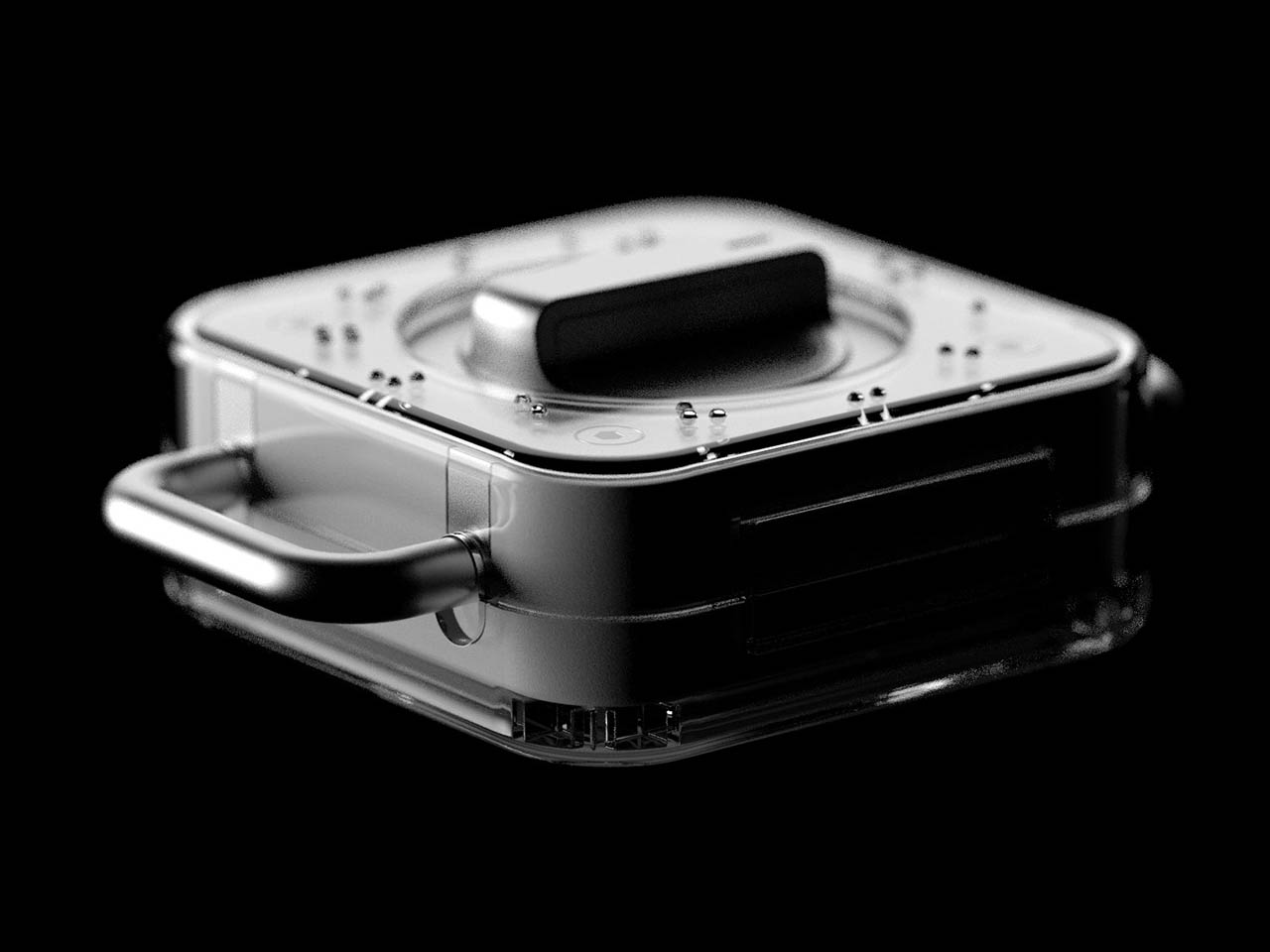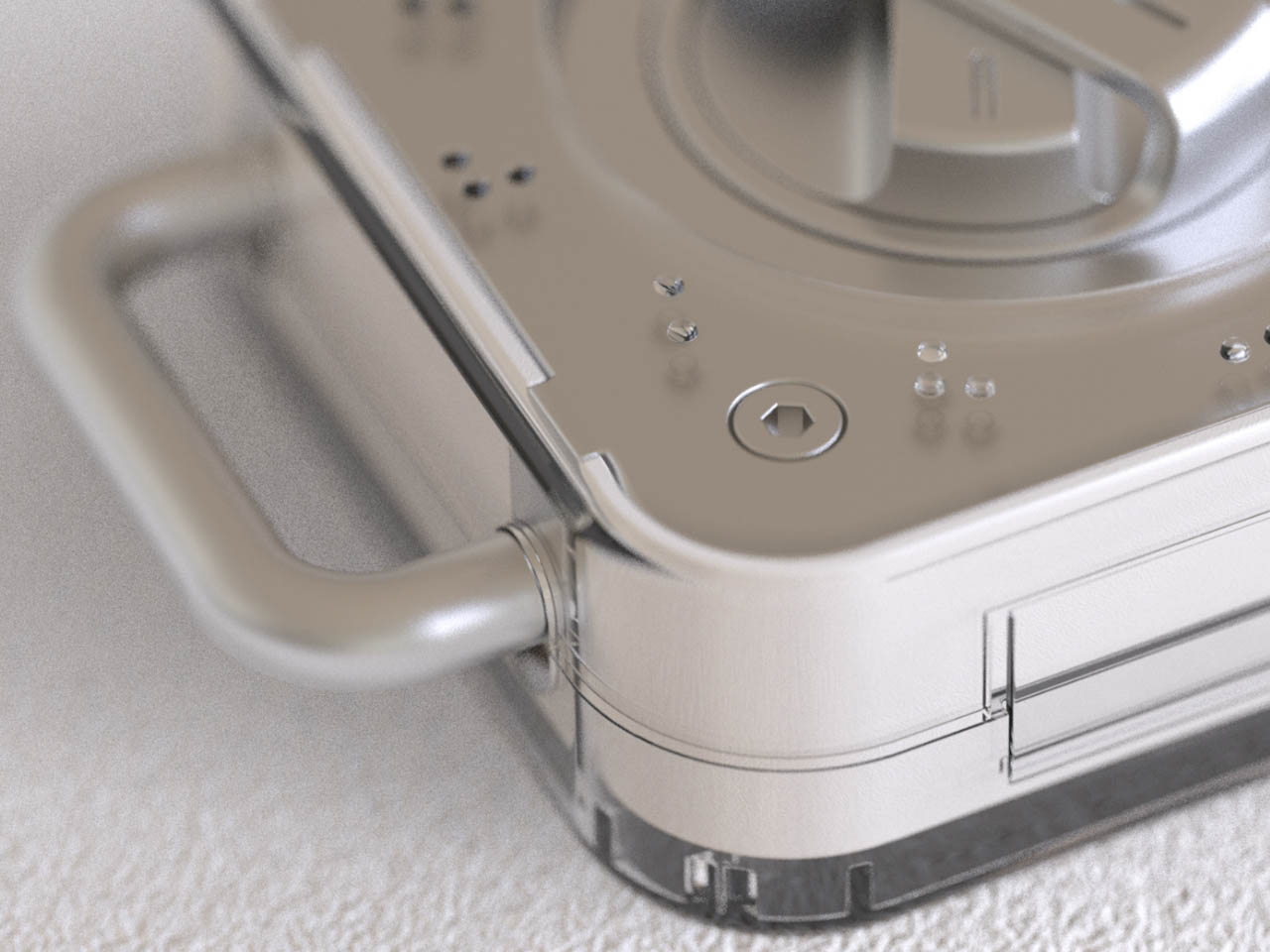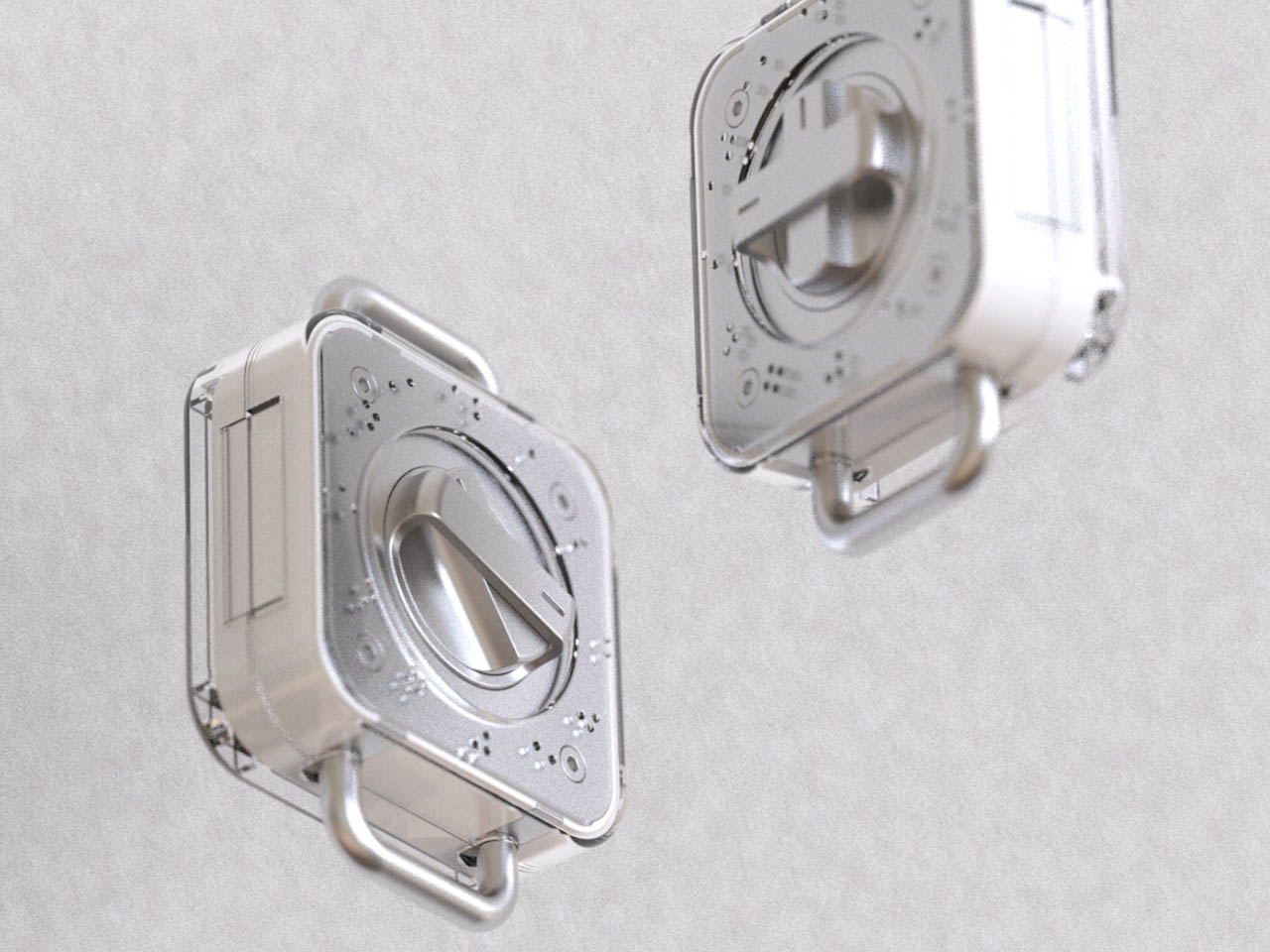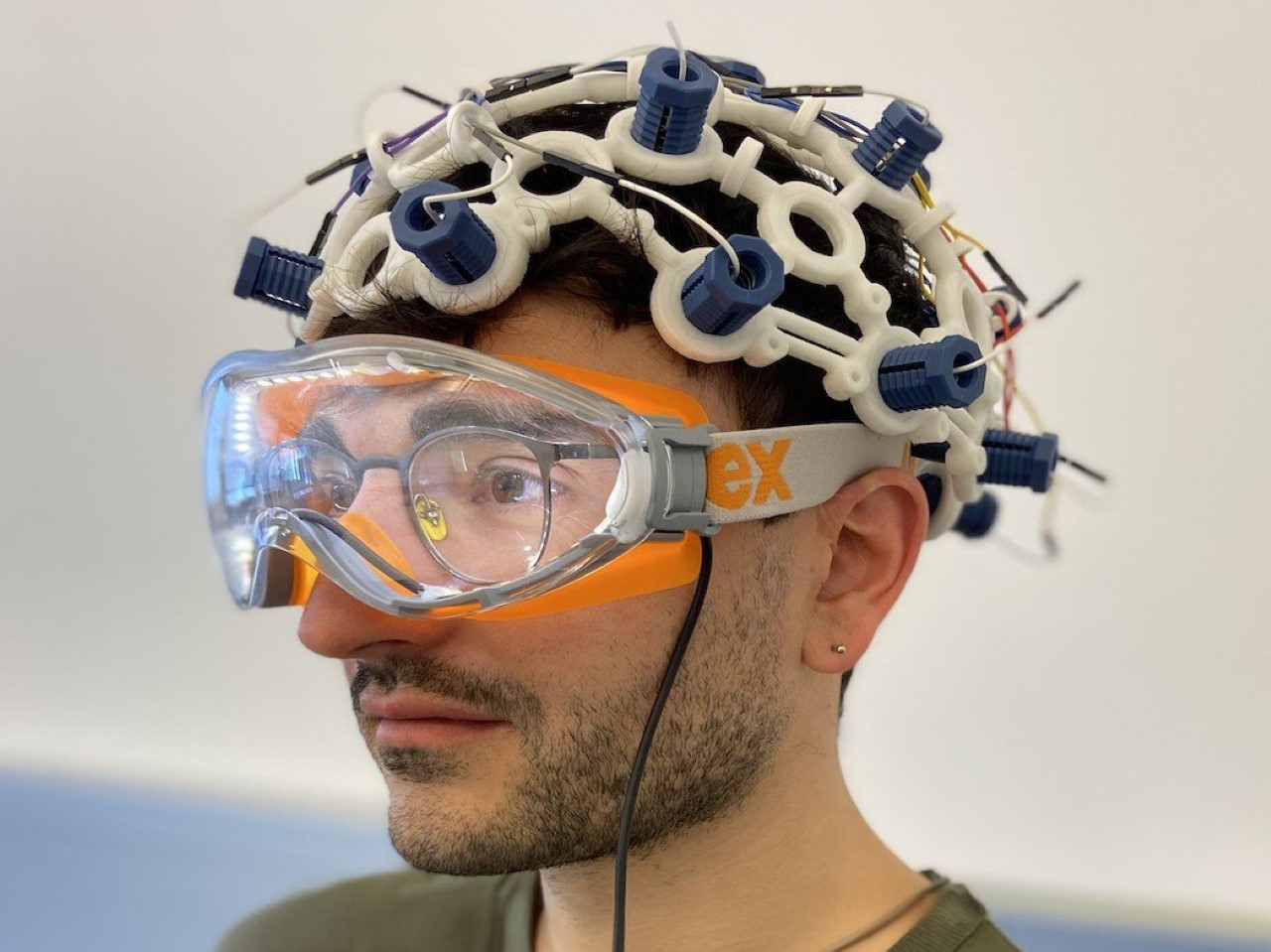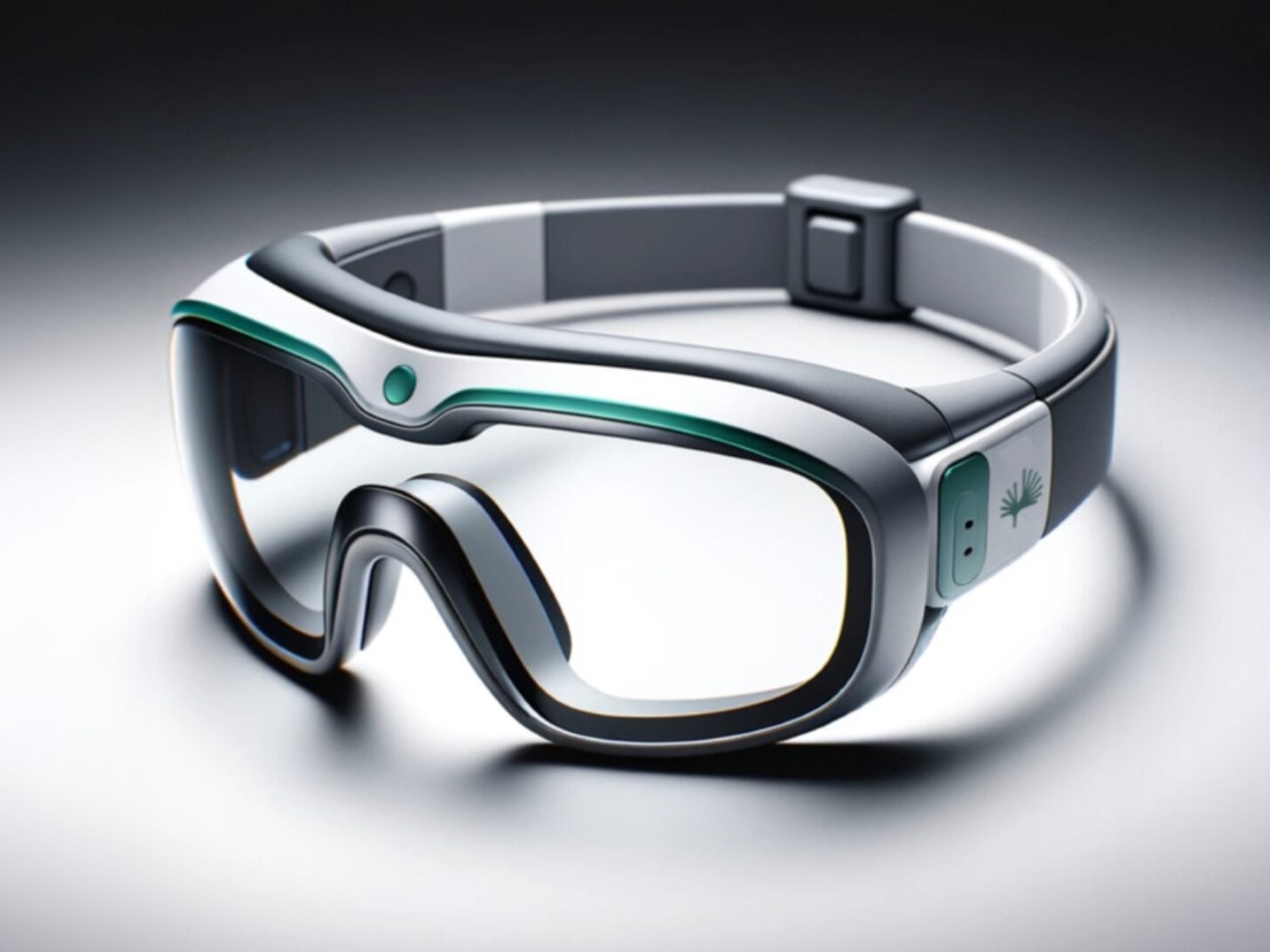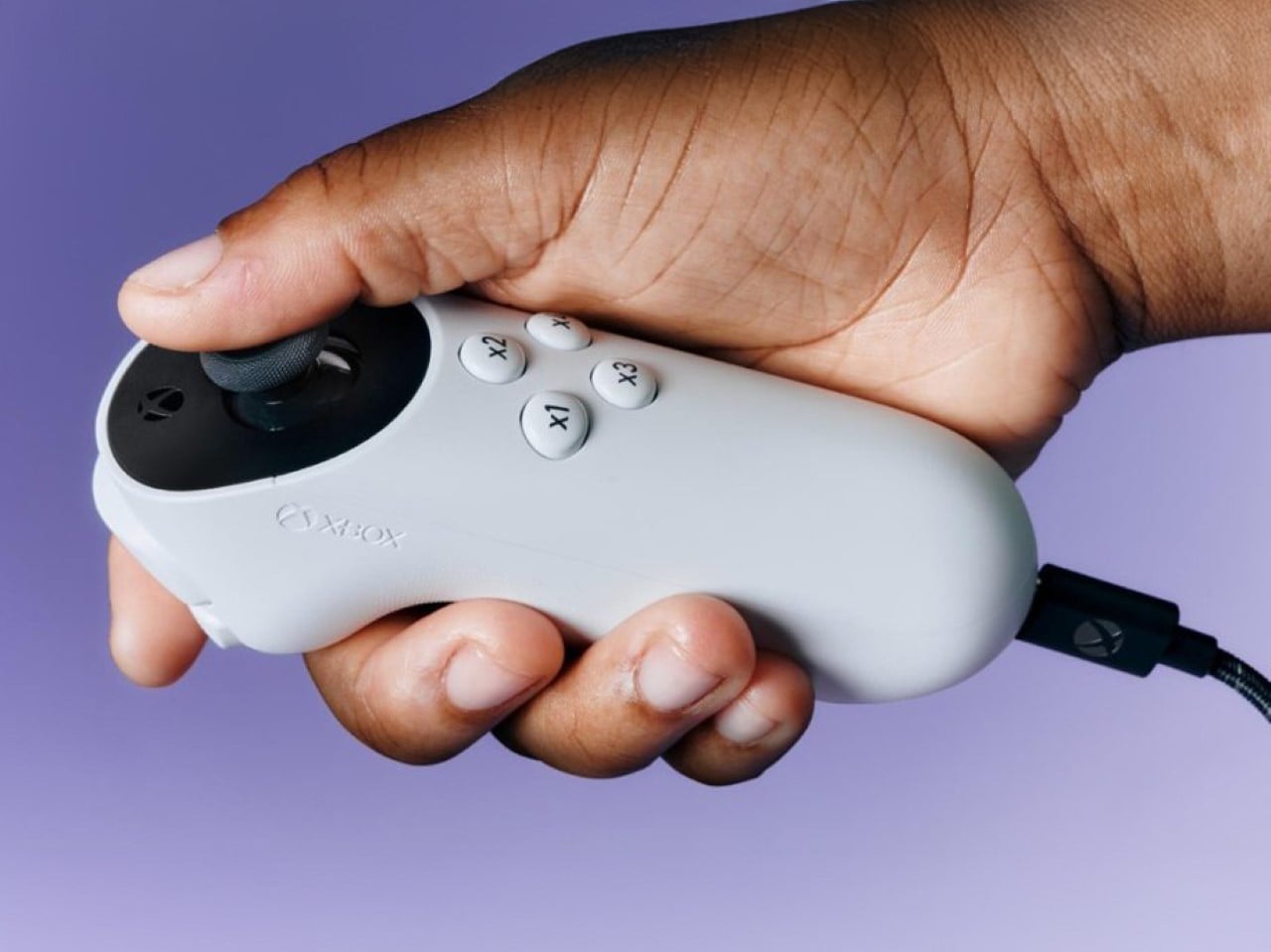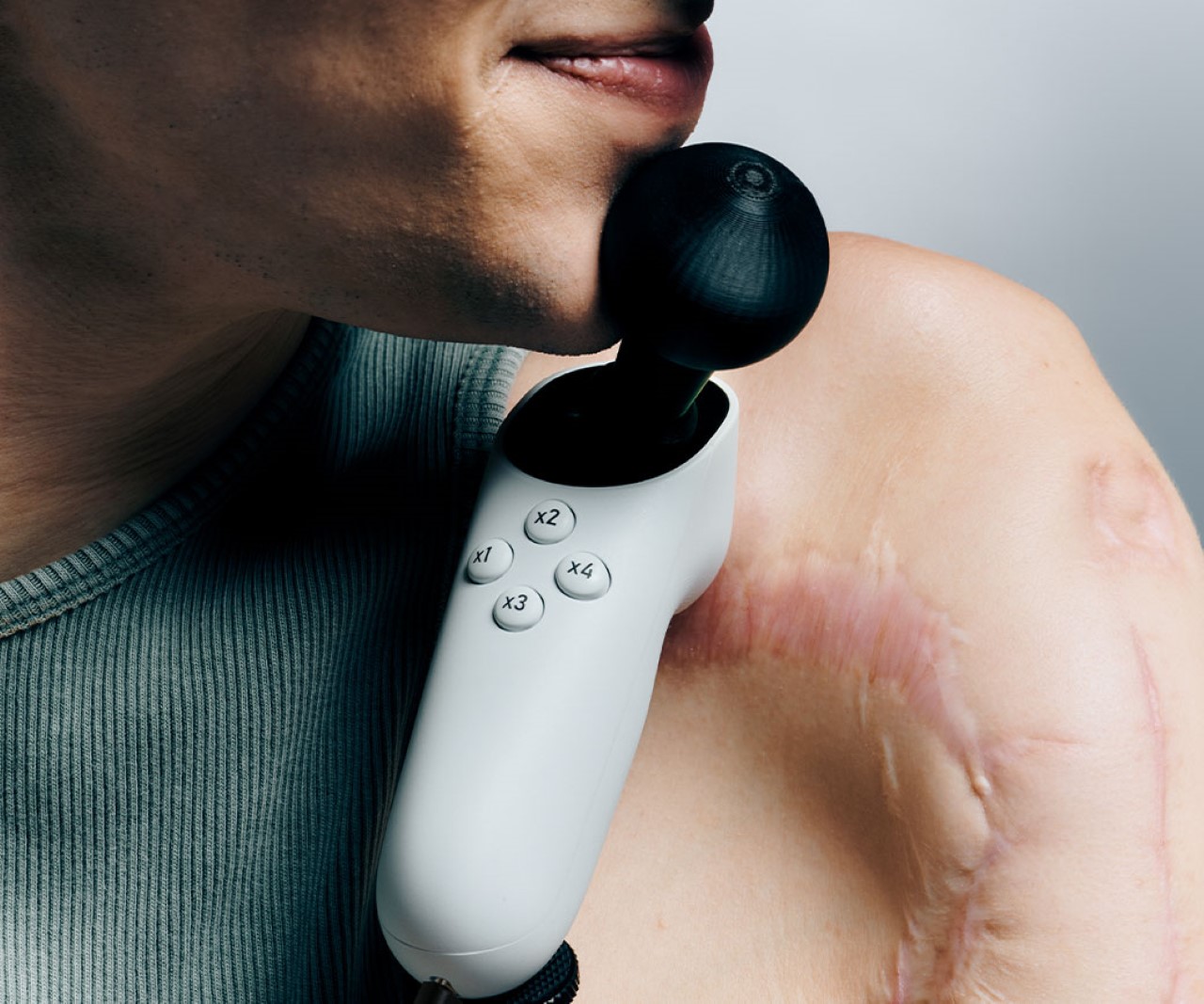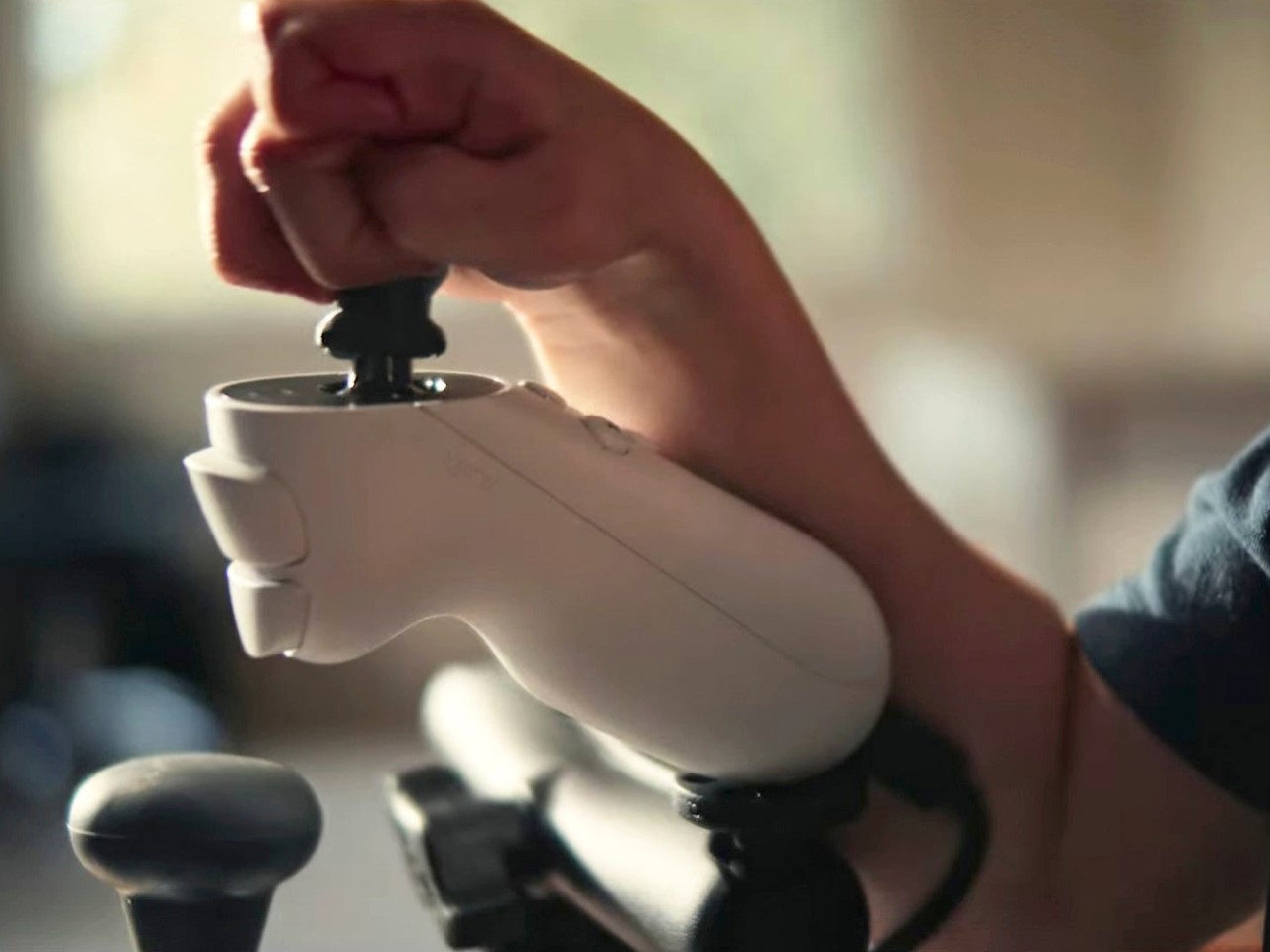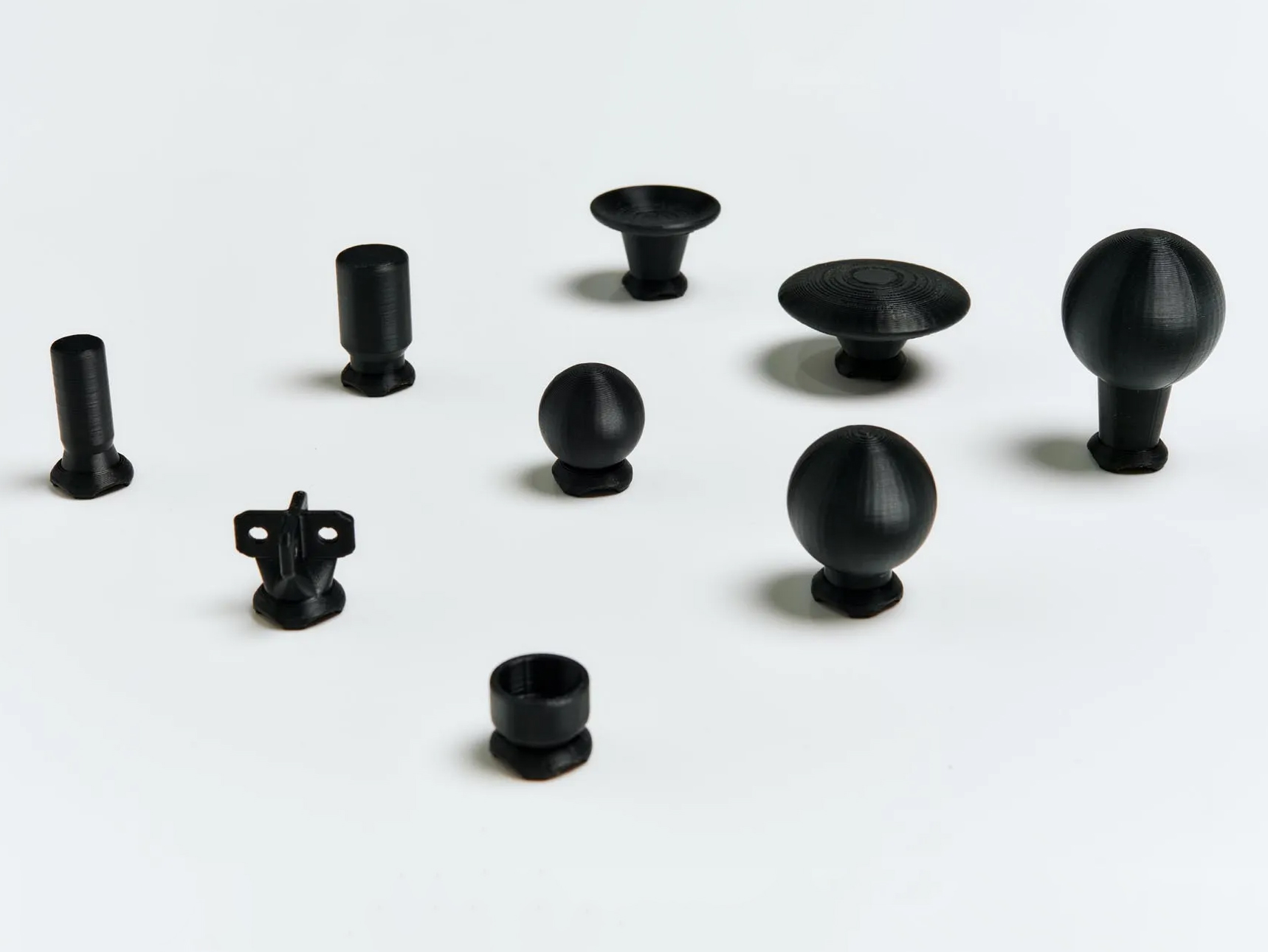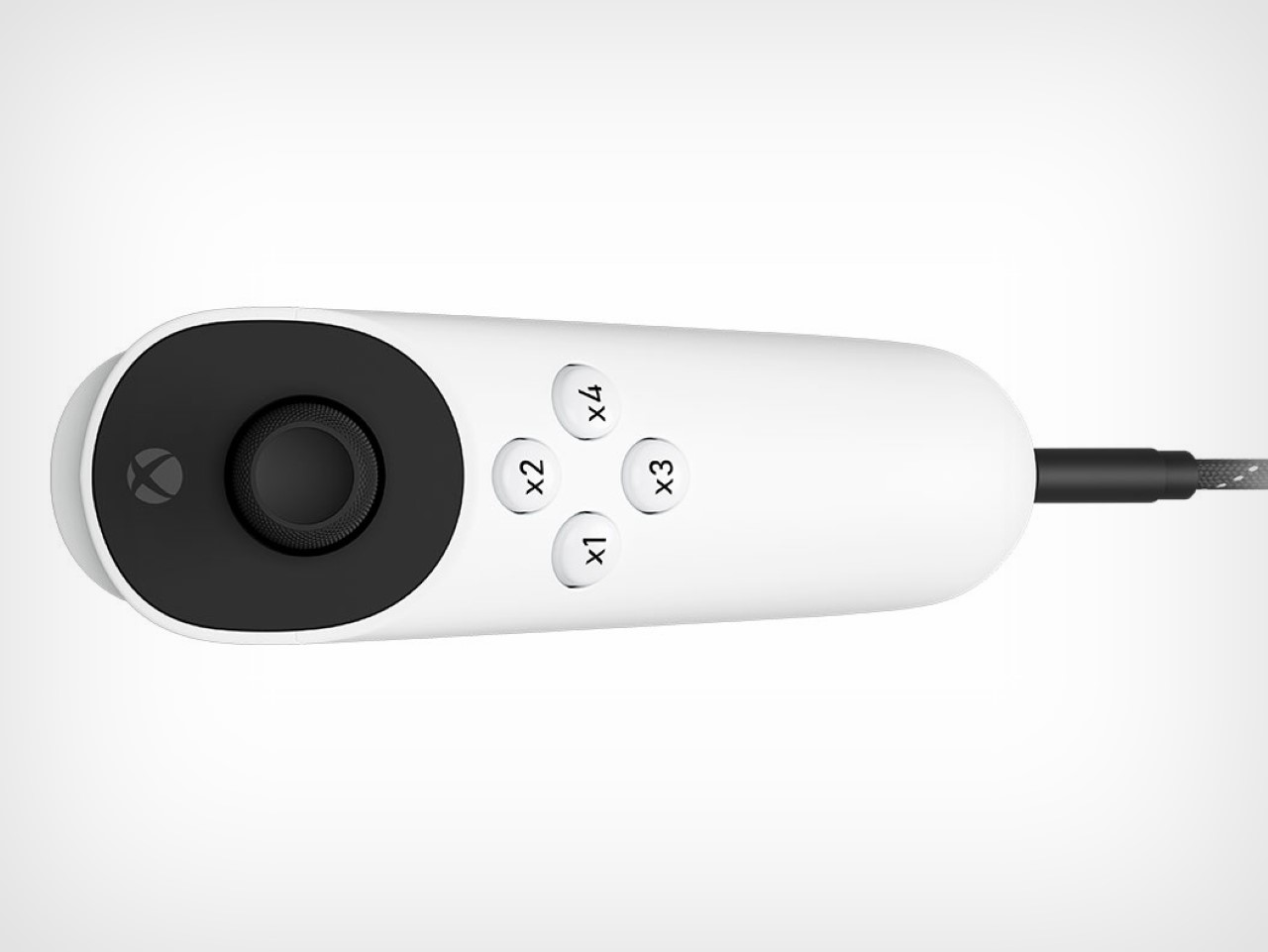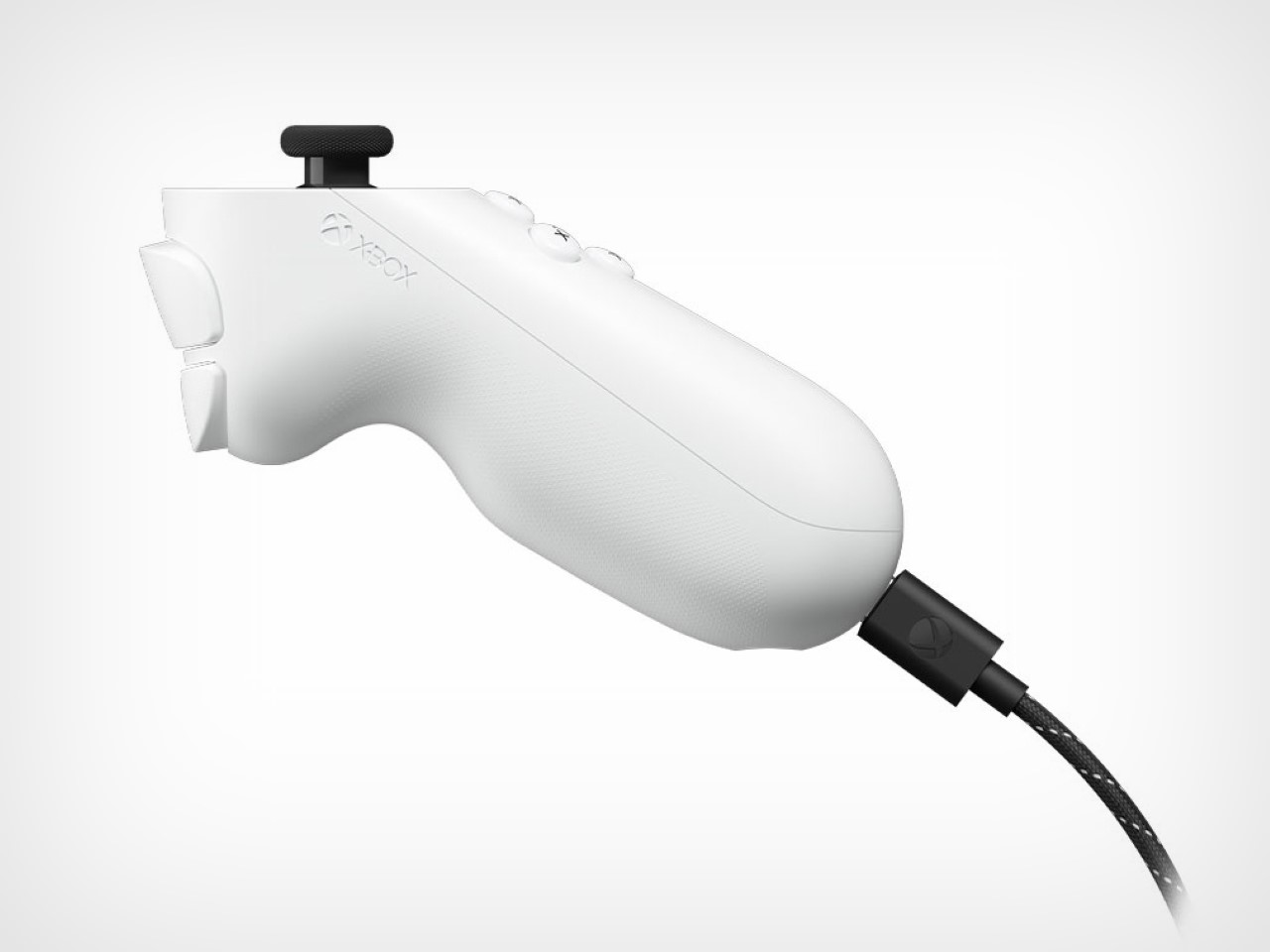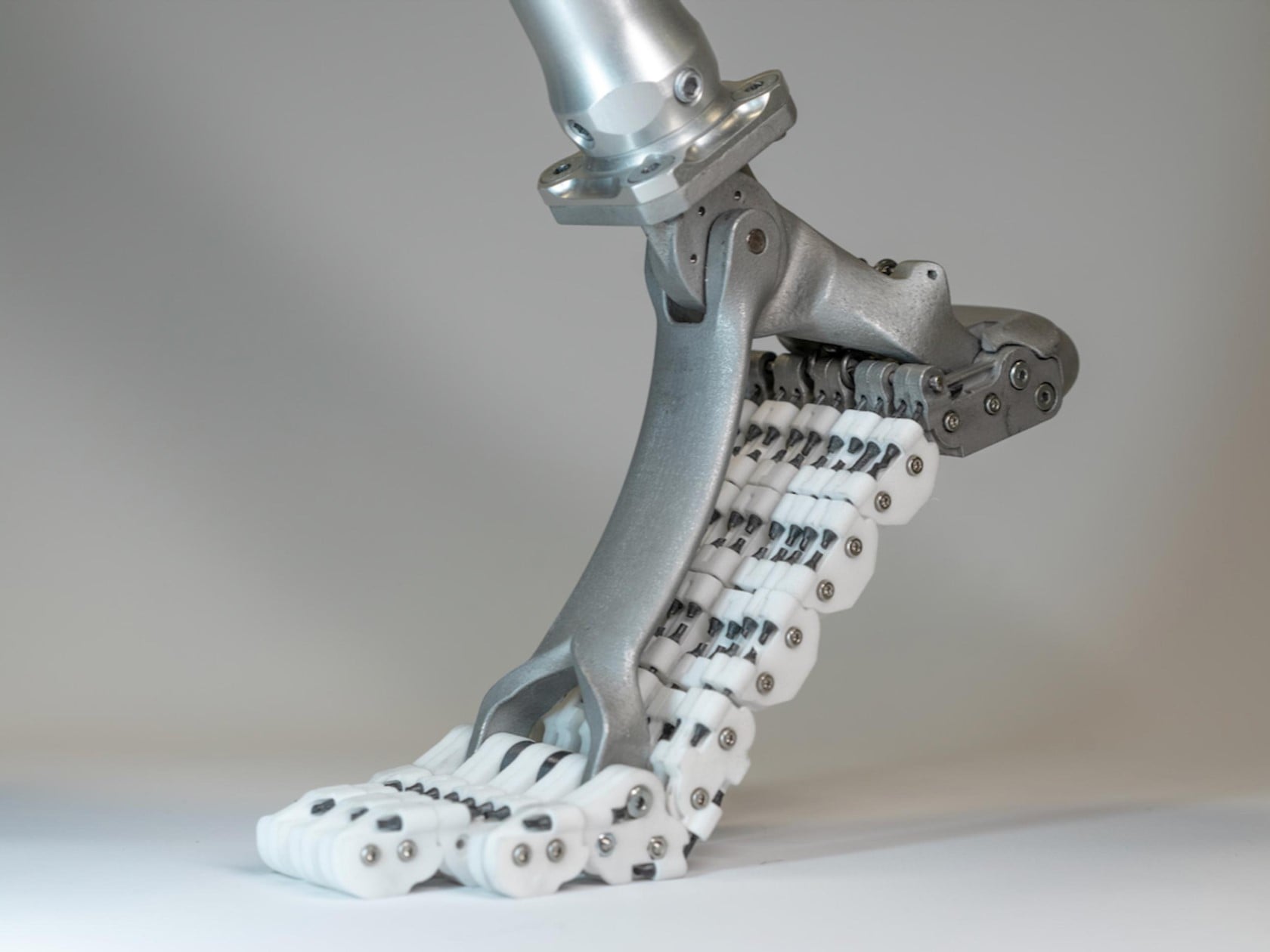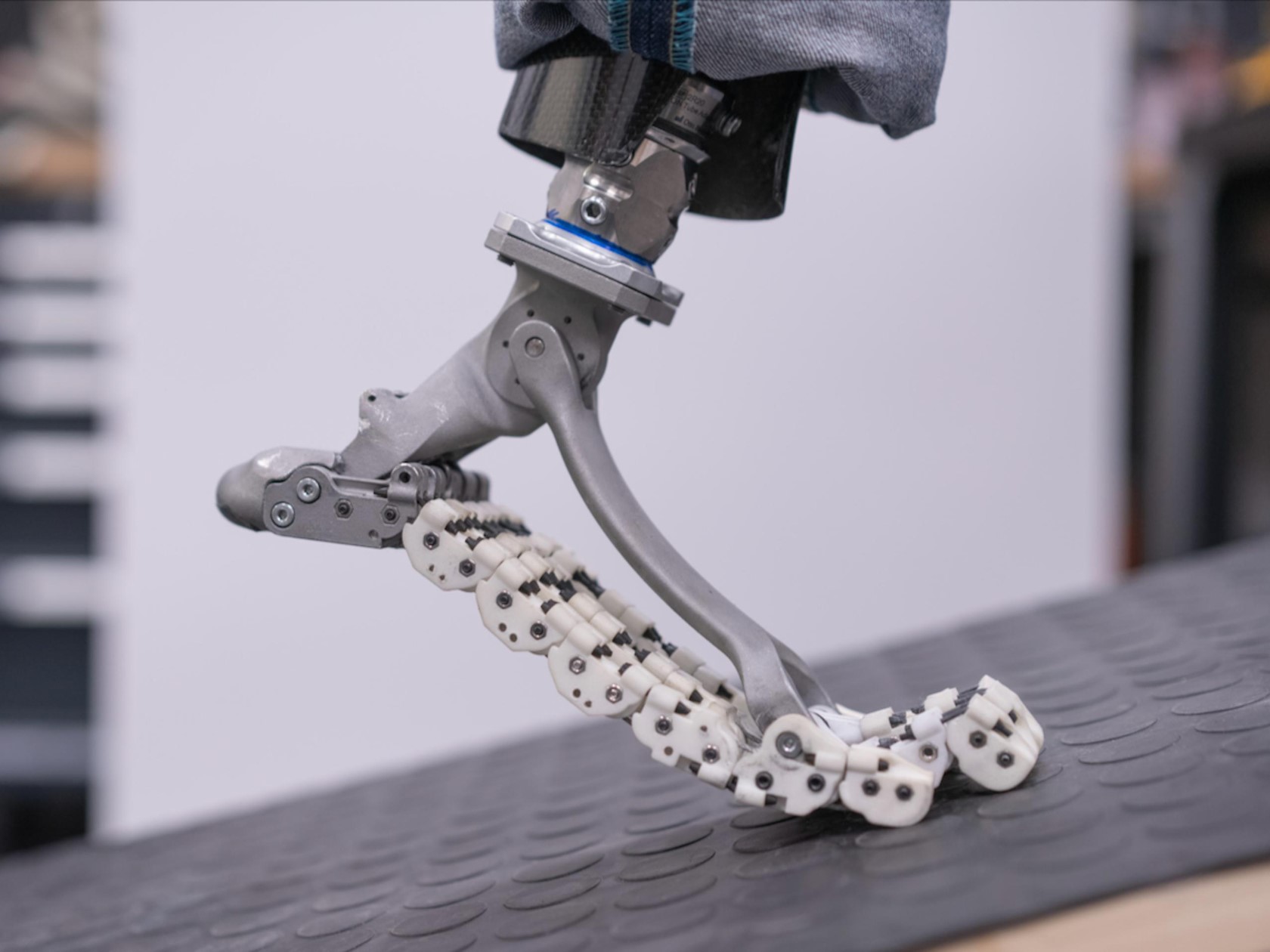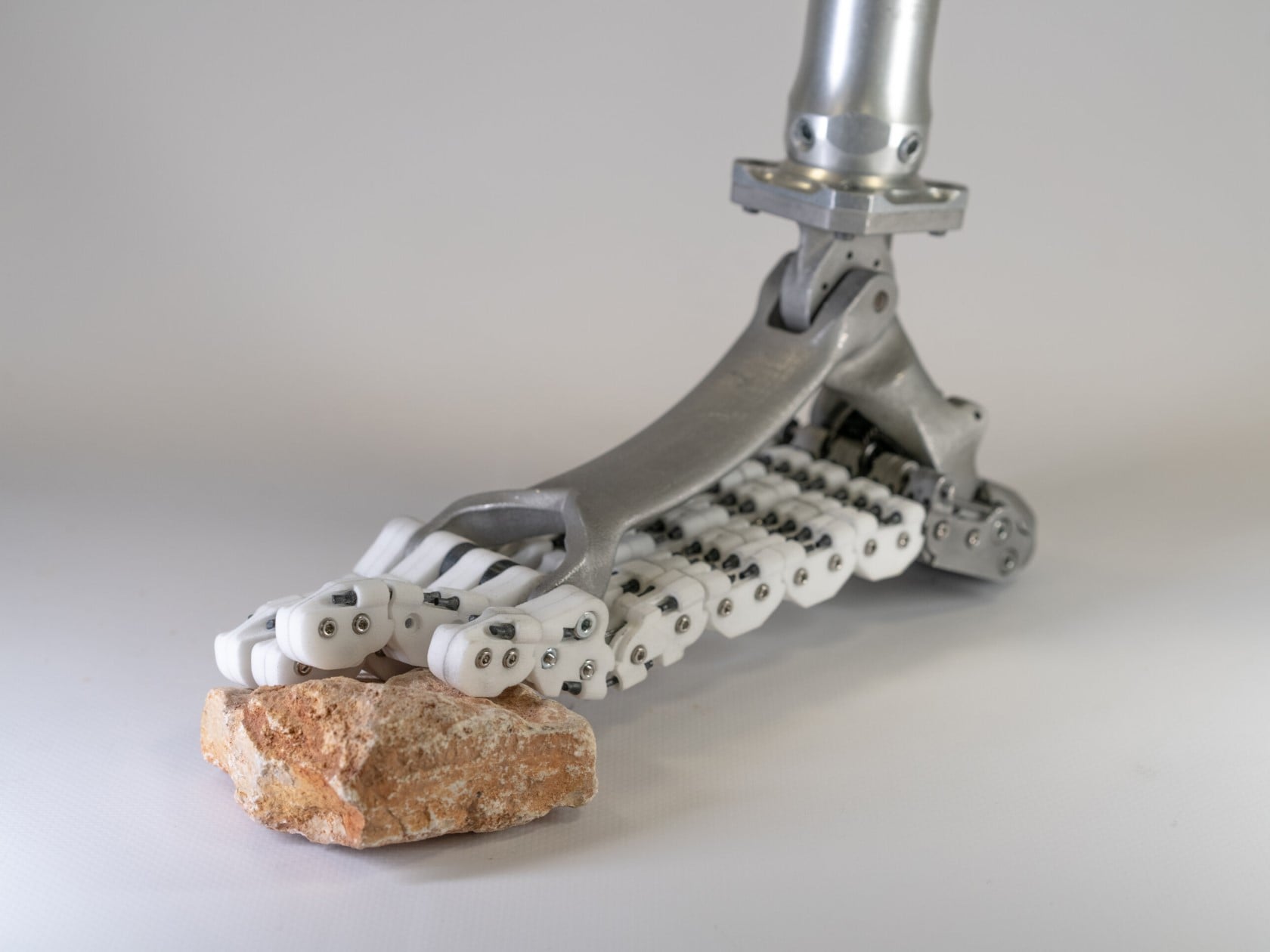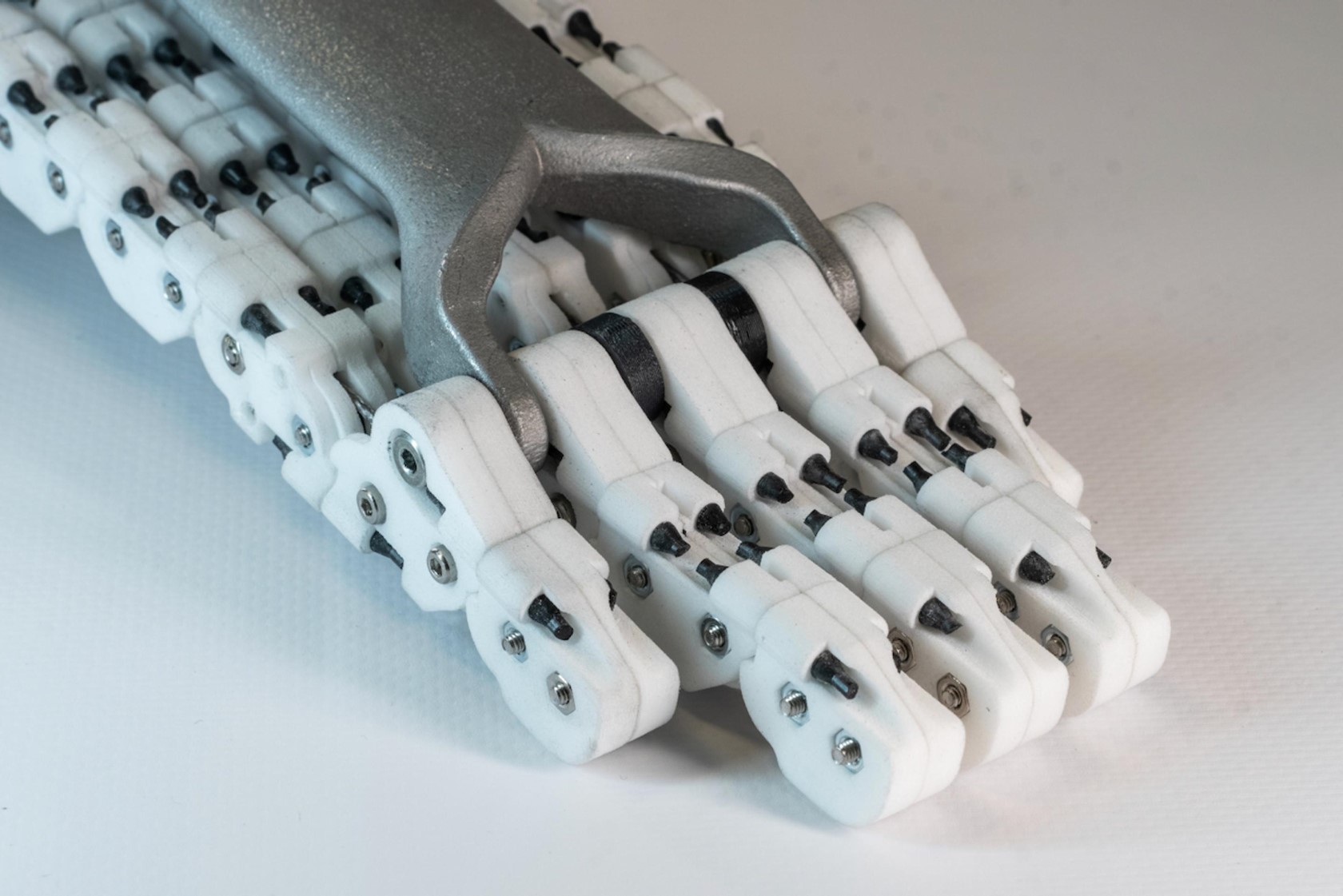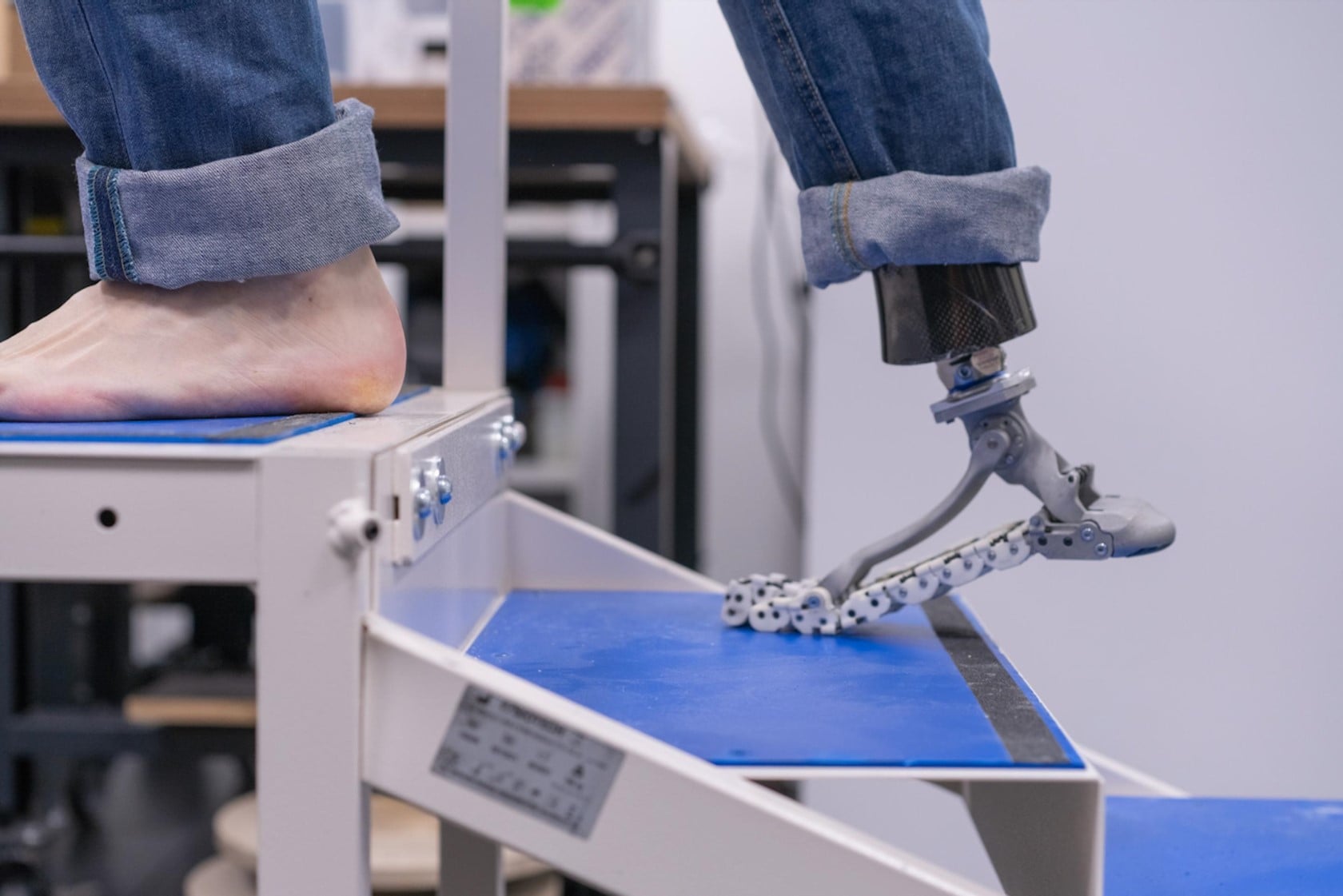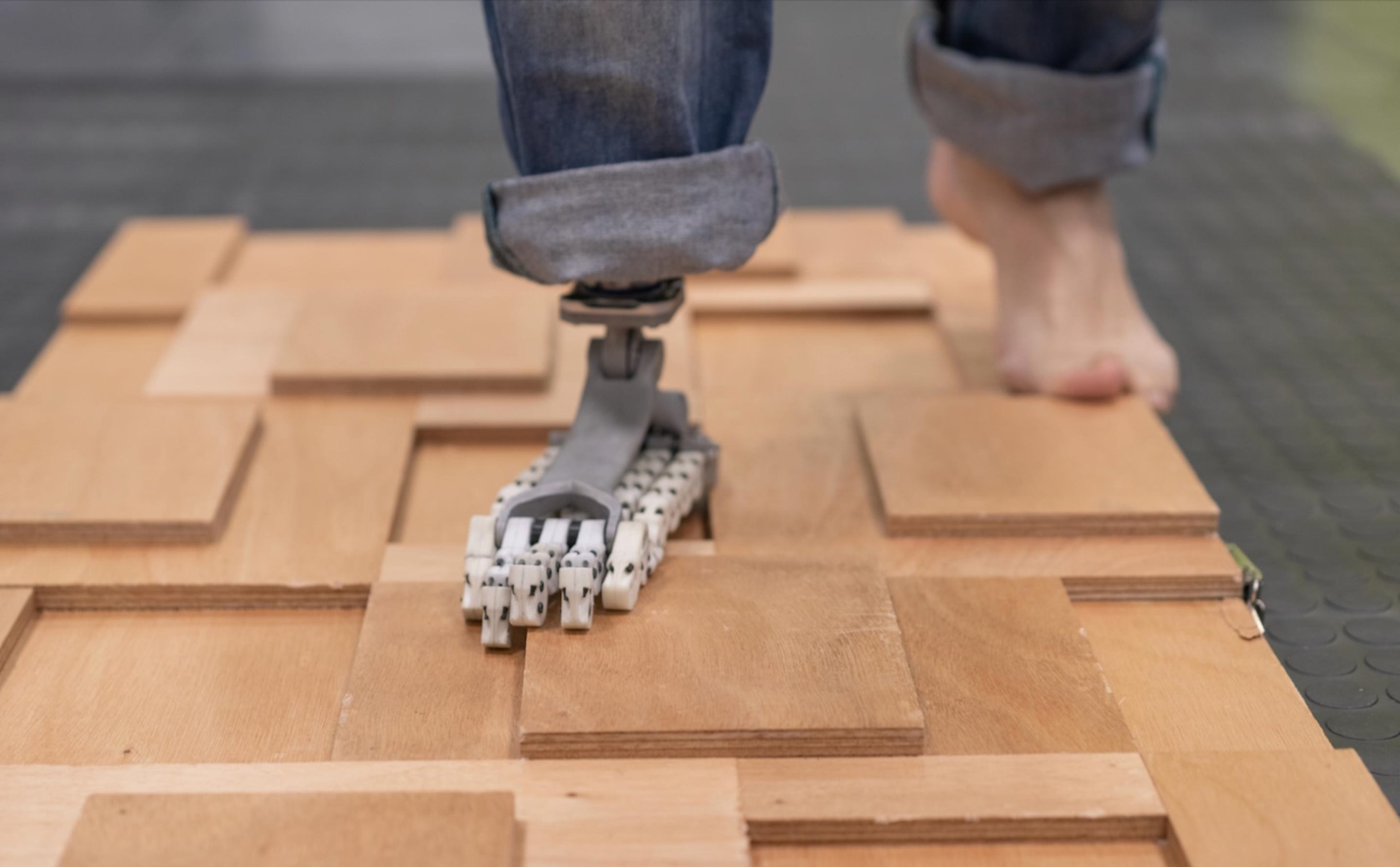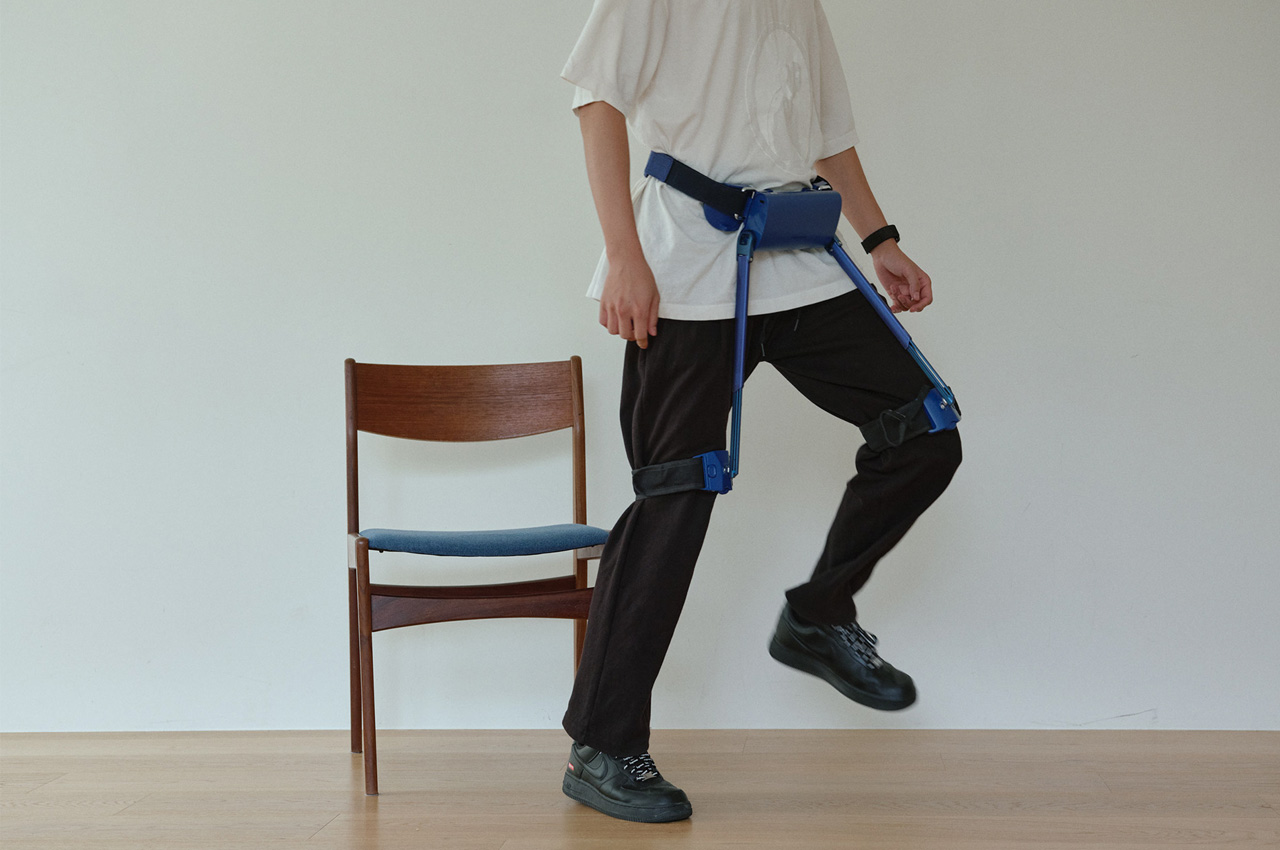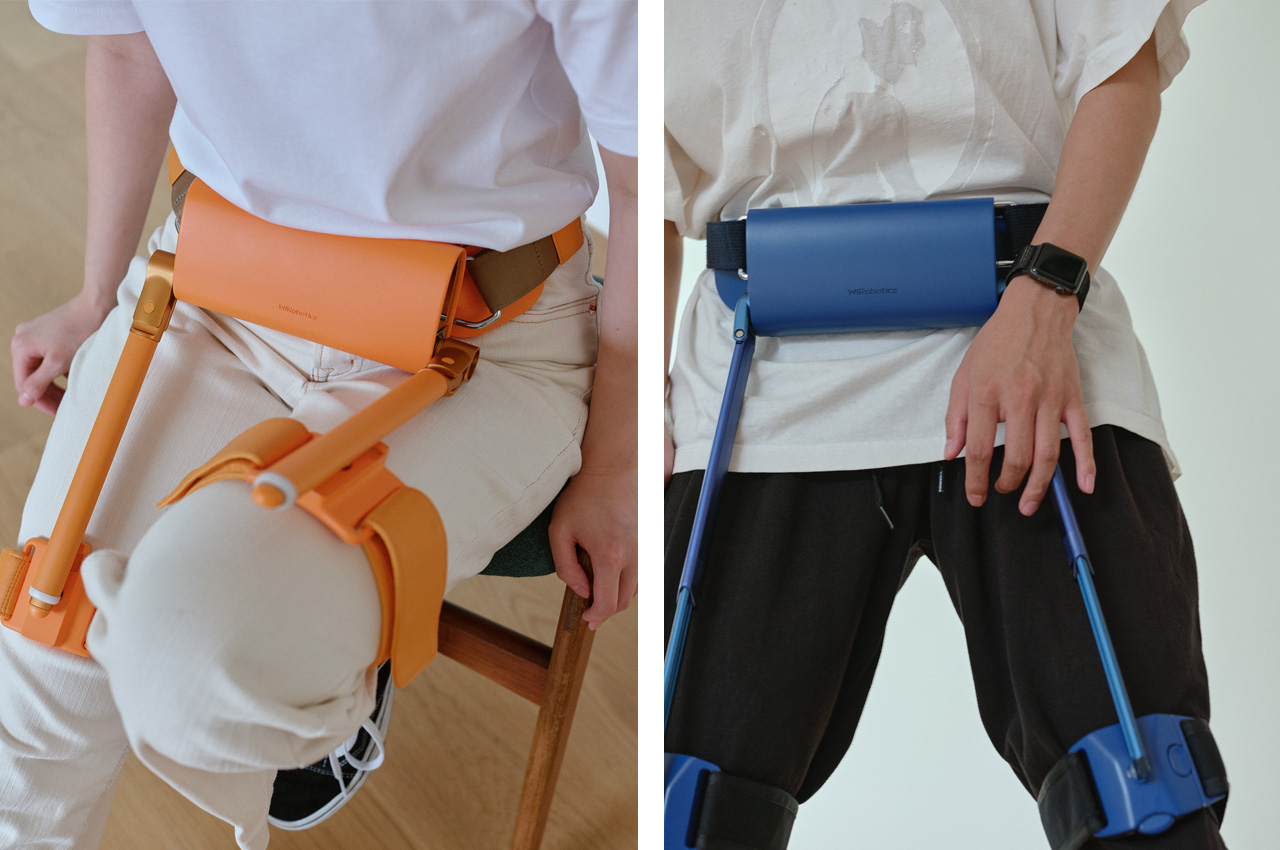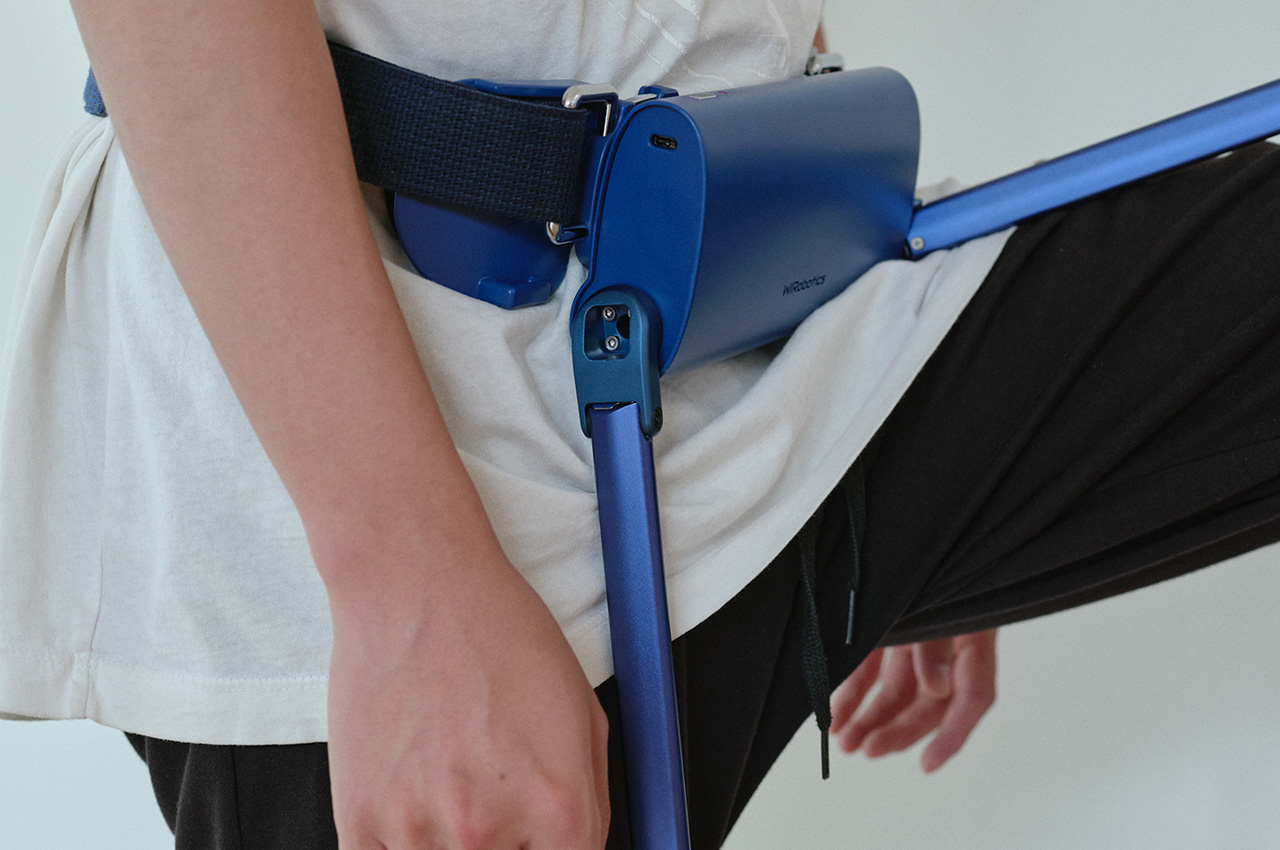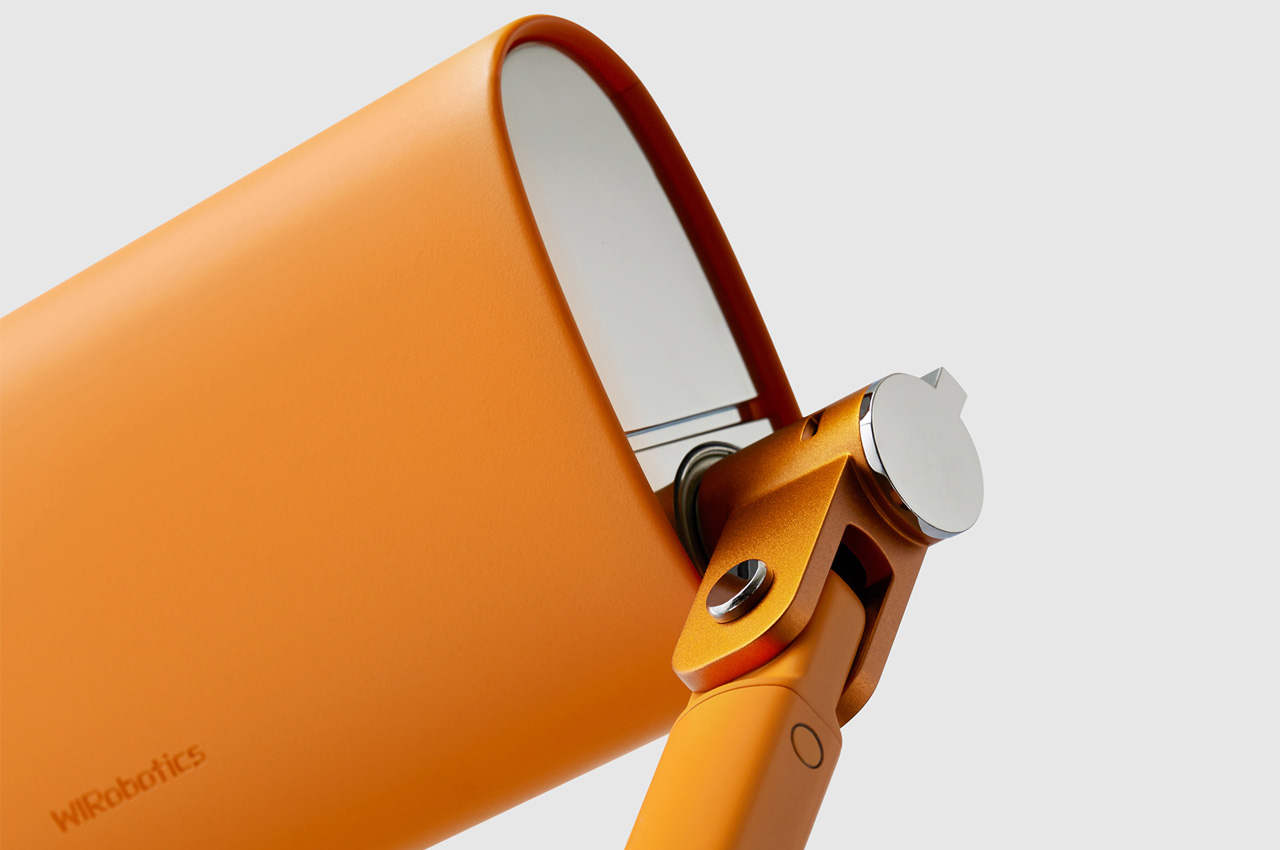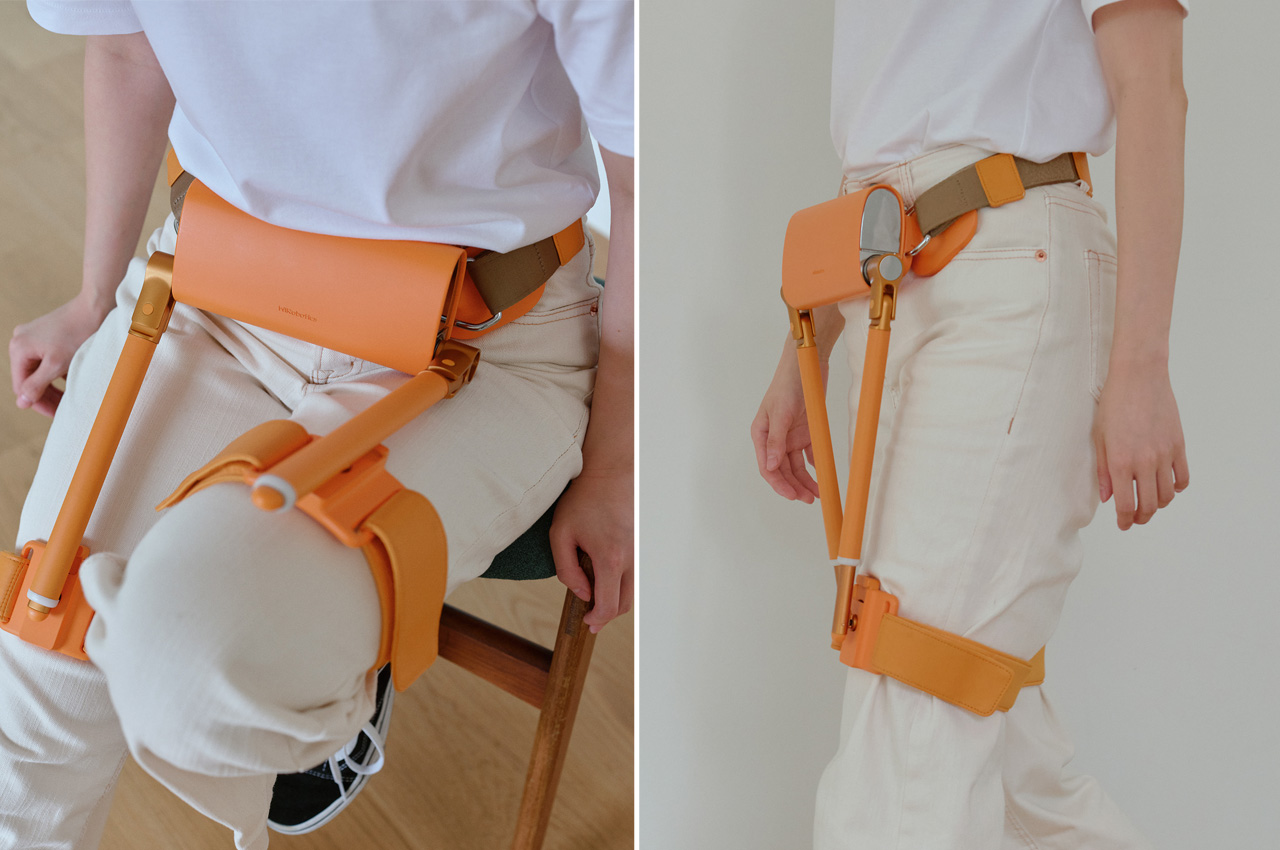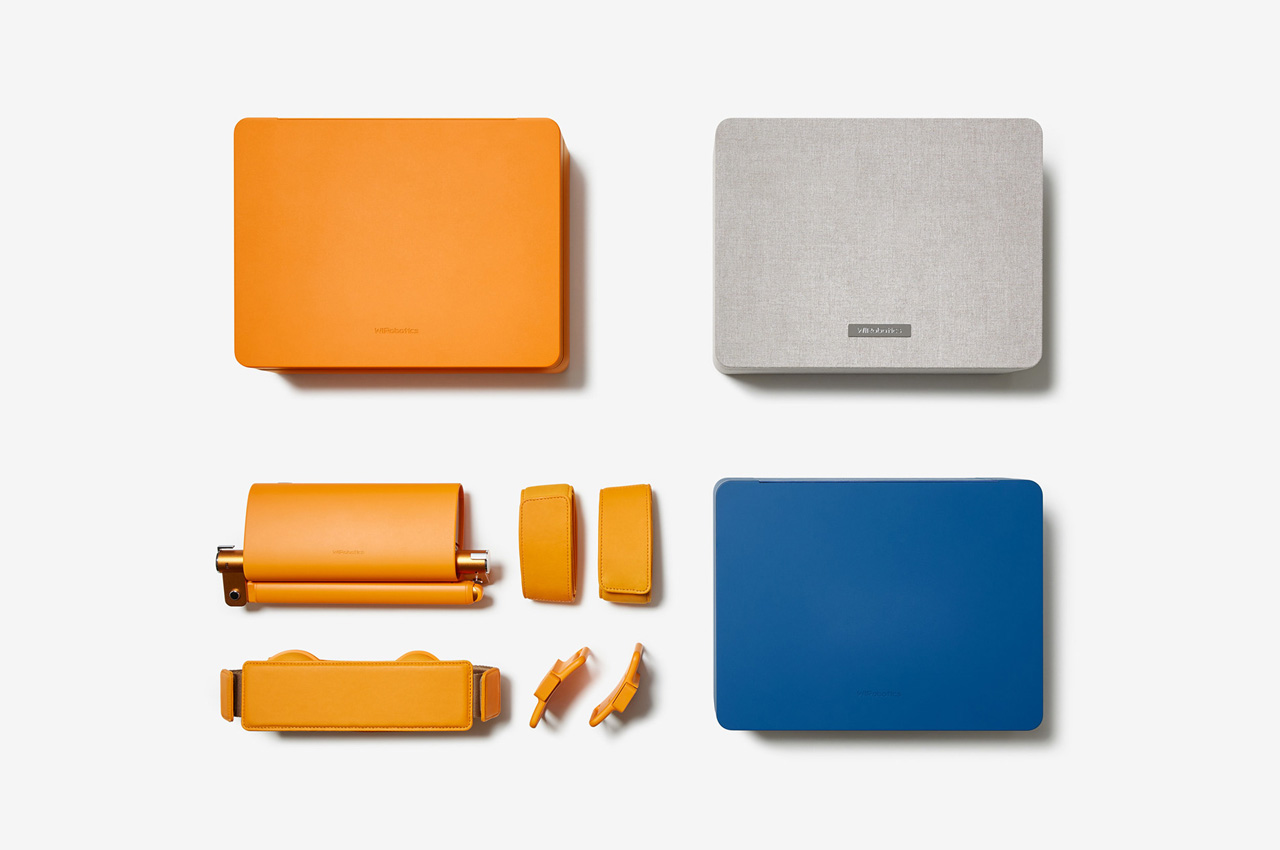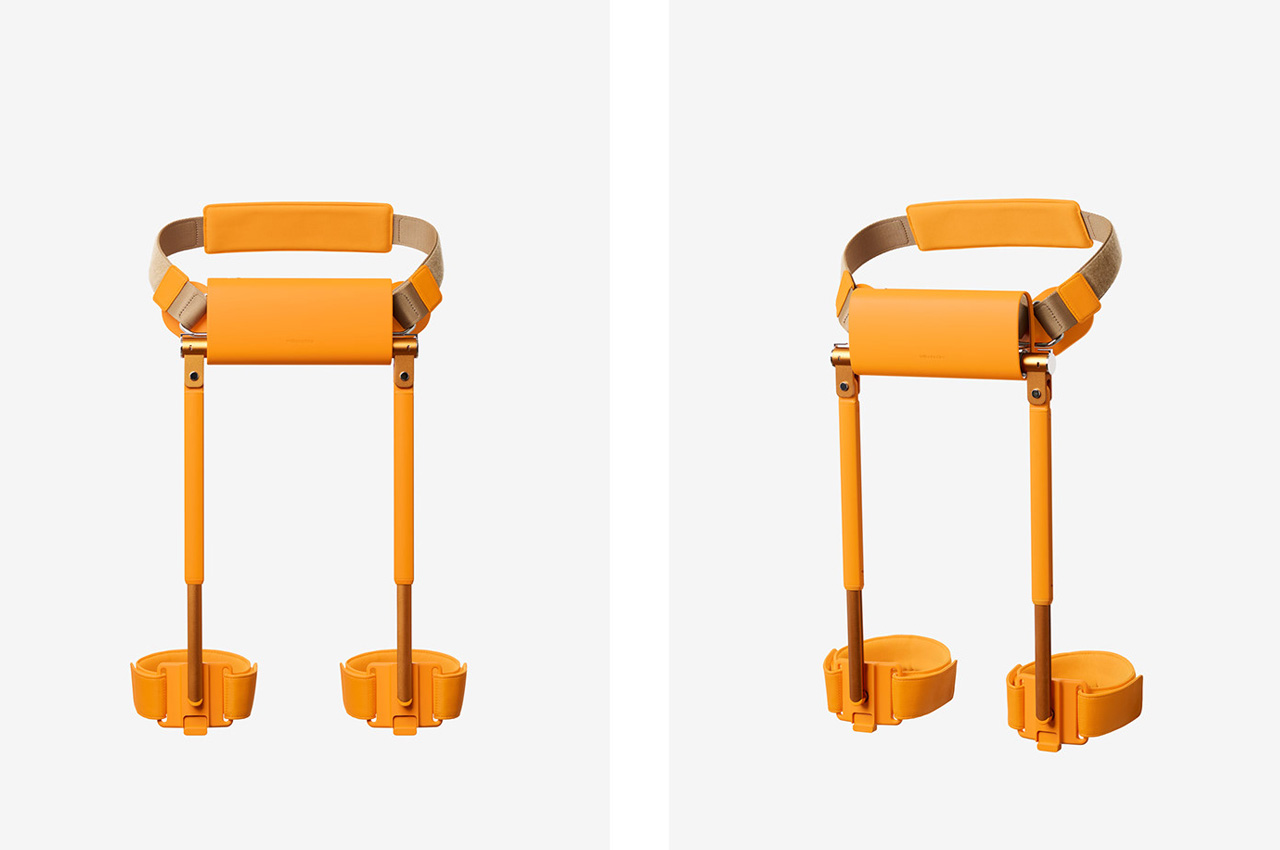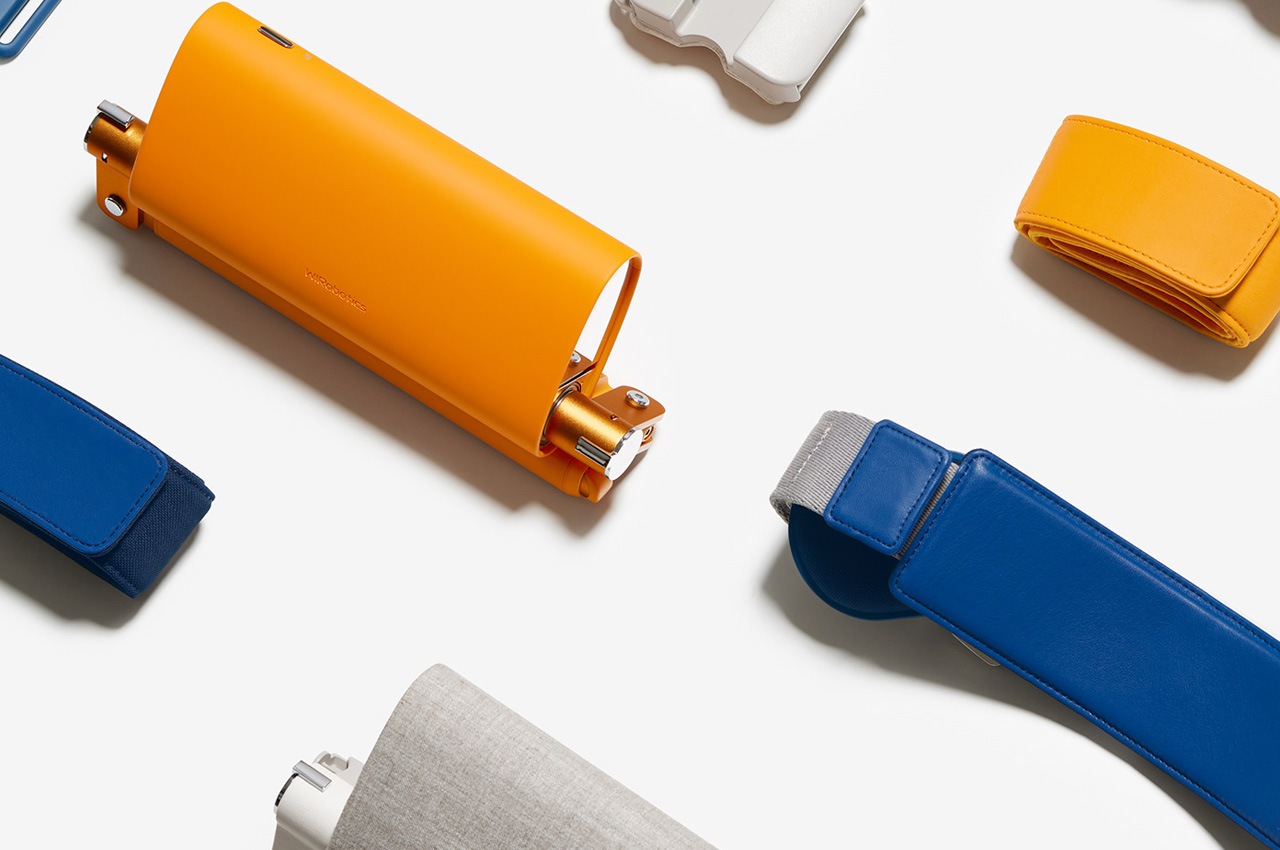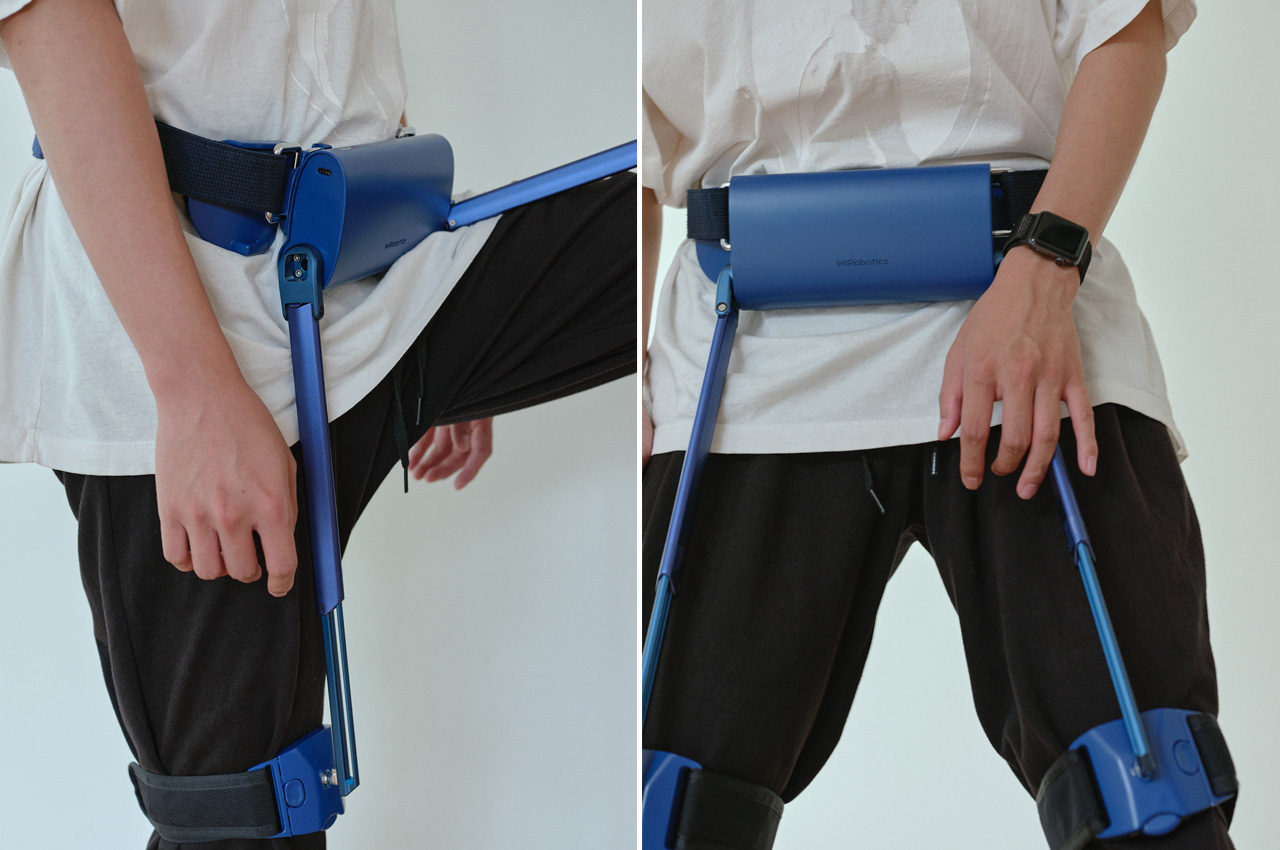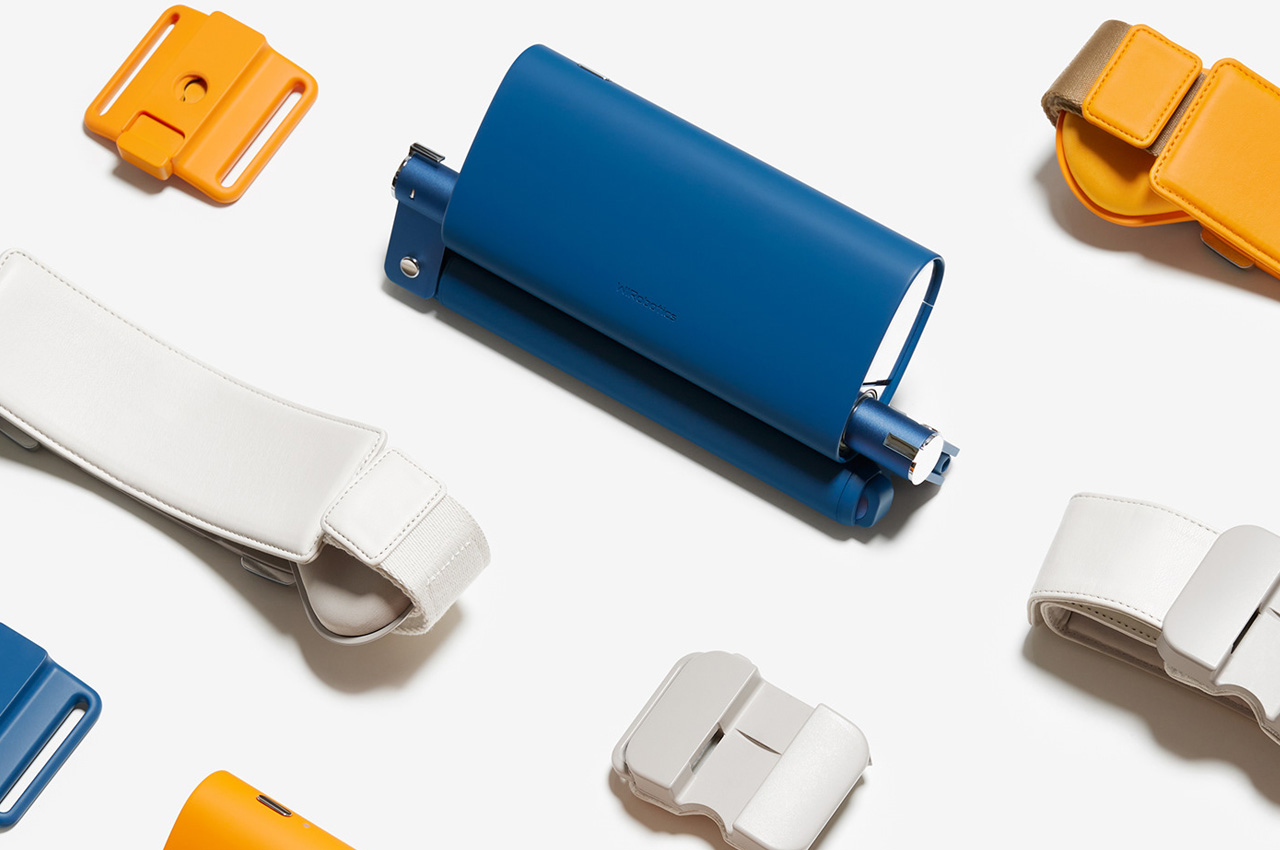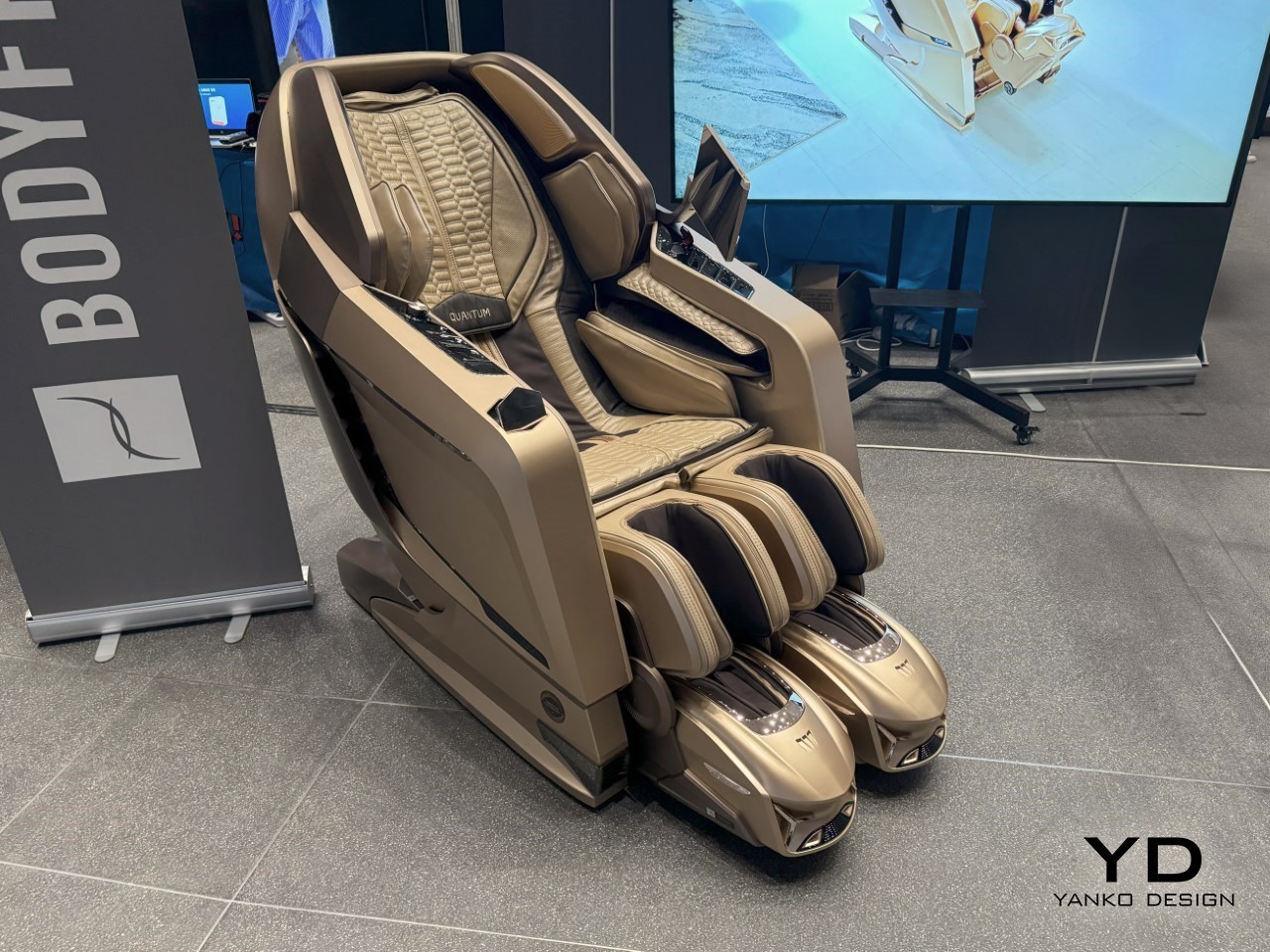
The beauty of my job lies in not just discovering the new and innovative, it’s also in discovering the bizarrely futuristic… and the Bodyfriend Quantum robotic massage chair firmly fits the latter. Spotted at IFA 2024, the chair feels less like your average massage lounger and more like a Gundam suit with a touch of luxury. Nestled in its sleek, premium leather, with built-in Bang & Olufsen speakers, the Quantum manages to blur the line between high-tech gadgetry and a luxury spa. I didn’t think a chair could make me feel this pampered, but after spending some time in it, I’m convinced—this isn’t just a massage chair; it’s a full-fledged bodygasm.
Sinking into the Quantum was like stepping into a different world, where every detail is designed to make you feel like royalty. But what really sets it apart isn’t just the leather or the fancy tech specs—it’s the attention to detail in how it delivers its massages, all while serenading you with crystal-clear audio from none other than Bang & Olufsen. Let’s just say, it’s not your average chair.
Revolutionary Design Meets Functional Innovation
At the core of the Bodyfriend Quantum is its Robo Walking Technology—a first in the industry—that gives each leg its own independent movement. And trust me, it’s not a gimmick. Sitting in the chair, you immediately notice how much more natural and personalized the massage feels, especially around the lower body. My desk-hunched spine and worn-out calves felt like they were getting precisely the kind of treatment they needed. It’s as if the chair knew what my body was asking for before I did.


This independent leg movement is more than just for show—it makes a real difference in how effectively the chair targets specific muscles. Whether you’re using it for muscle recovery or just as a fancy way to unwind after a long day, the Quantum feels like it’s been engineered with a deeper understanding of how to work the human body. After just a few minutes in it, my lower back and legs were thanking me.
Immersive Sound Through Bang & Olufsen Partnership
The partnership with Bang & Olufsen might raise a few eyebrows. Do you really need top-tier audio in a massage chair? After my experience, the answer is a pretty confident yes. The moment I leaned back and let the chair do its thing, the speakers came to life, filling the space around me with rich, immersive sound. Whether you’re into lo-fi beats, classical symphonies, or nature sounds, the high-quality audio adds a layer of relaxation that most massage chairs simply don’t offer.

It doesn’t feel like a bolted-on extra. The audio blends seamlessly with the massage itself, so whether you’re zoning out to music or catching up on your favorite podcast, the chair’s sonic experience pulls you deeper into that calm state. Benny Kang of Bodyfriend mentioned that the speakers can be used to play binaural beats too, stimulating the mind along with your body.
Precision Massage and Intuitive Control
Bodyfriend has packed a lot of tech into this chair, but it’s the execution that stands out. The XD-PRO thermal module and Finger Moving Massage Module work together to give an eerily human-like touch. It doesn’t just knead your muscles in broad strokes; instead, the chair moves in subtle, calculated increments—80 movements in 1.25mm steps to be exact. For someone who carries a lot of tension in their shoulders and lower back, it’s like having a physical therapist who knows exactly where to focus.


Then there are the finer touches—literally. With 81 air pockets wrapping your body and heat therapy zones that bring the warmth up to a balmy 50°C, the Quantum creates an environment that’s both soothing and deeply therapeutic. The heat applied to the back, calves, and soles not only relaxes muscles but also feels fantastic on sore feet, thanks to its three-step foot roller system. It’s an experience that goes beyond simple pampering.
A Touch of Luxury (and Functionality)
The 10-inch Full HD tablet mounted on the chair is intuitive and easy to navigate. There’s no fumbling with a million buttons—you can switch modes, adjust settings, or dive into the chair’s “High-End Healthcare Massage Mode” with just a tap. If you’re someone who likes control over your relaxation routine, this tablet makes it easy to fine-tune everything from intensity to heat levels without pulling you out of the experience.

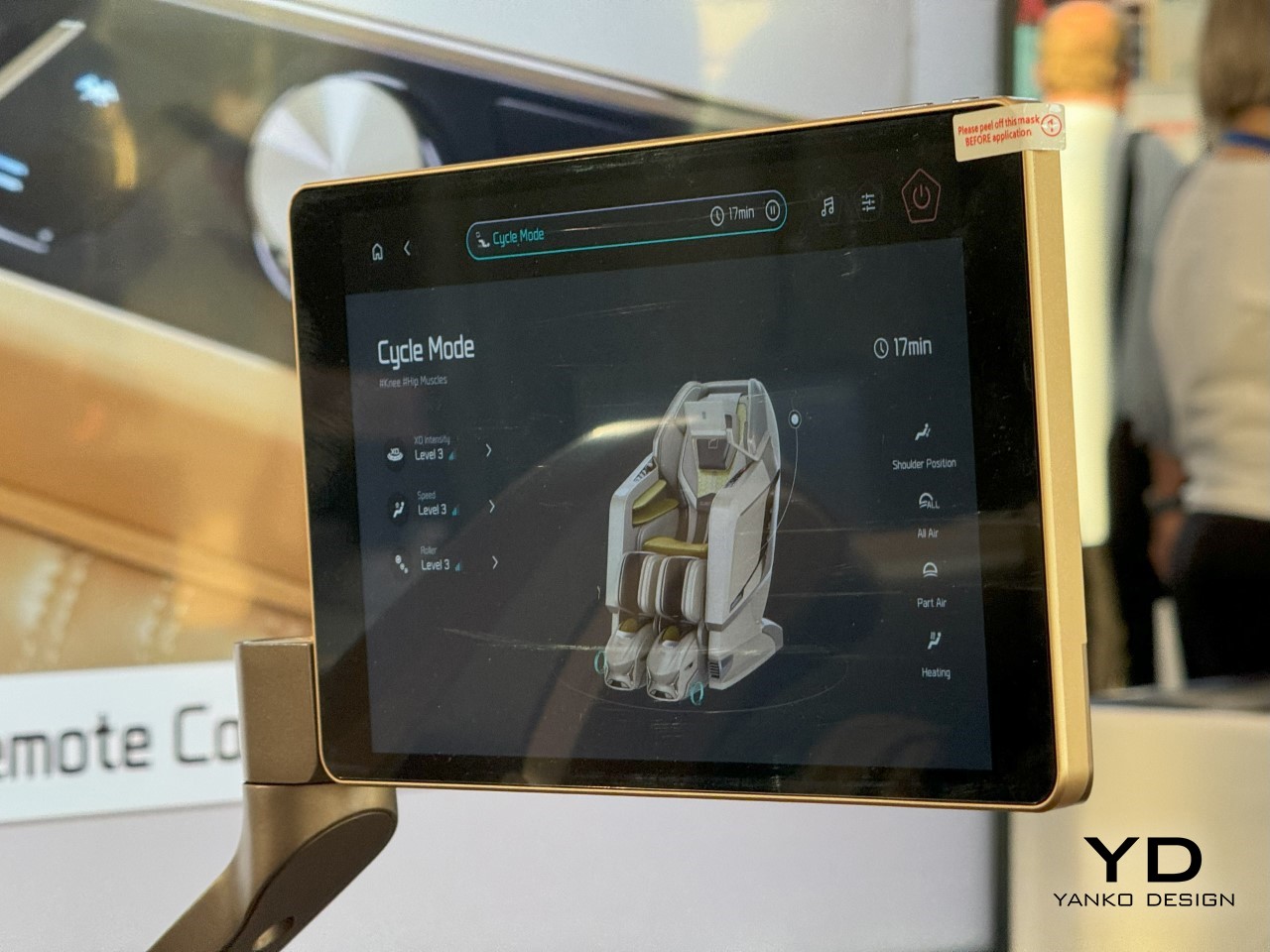
It’s also worth noting that the Quantum is clearly built for longevity. The leather is buttery-soft yet durable, and the entire build feels solid and well-constructed—something you’d expect for the price tag this chair is likely to carry. But for anyone serious about integrating relaxation or recovery into their daily routine, it’s hard to imagine anything better.
A Luxurious Experience for the Wellness-Focused
The Bodyfriend Quantum is positioned for those who are serious about wellness and ready to invest in high-end healthcare technology. Its meticulous design, advanced massage features, and thoughtful additions like Bang & Olufsen speakers make it a standout product in the luxury massage chair market. While it caters to those with specific muscle stimulation needs—such as the elderly or individuals recovering from injury—it also serves as an indulgent piece of tech for anyone looking to upgrade their relaxation routine.

After my session with the Quantum, I can safely say it delivers on its promise of providing a unique massage experience. I hate to be the cliche, but I’m the millennial with lower back pain (I lugged a laptop bag around through IFA 2024), so even a 5-minute cycle with the Quantum felt like absolute bliss. Sure, it may come with a premium price, but for those looking to pamper themselves or take better care of their health, the Bodyfriend Quantum is like Chandler and Joey’s Barca-lounger on absolute steroids. You’ll probably spend hours in the chair without realizing it.
Now, if only it came with a built-in coffee machine.

The post I Sat In The $6000 Robotic Massage Chair at IFA 2024: A Luxurious Hands-On with the Bodyfriend Quantum first appeared on Yanko Design.
